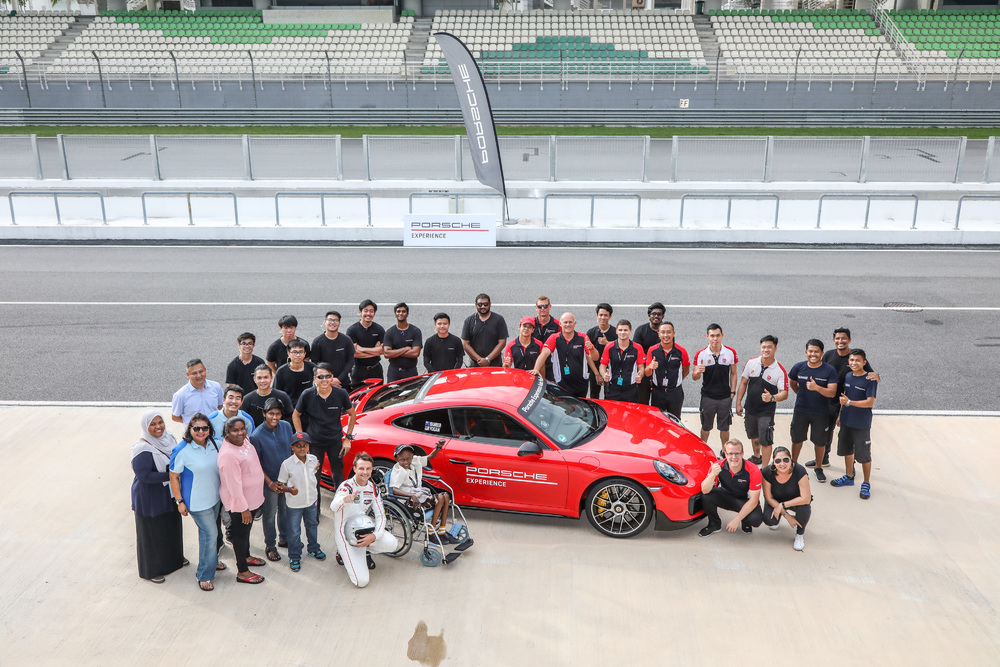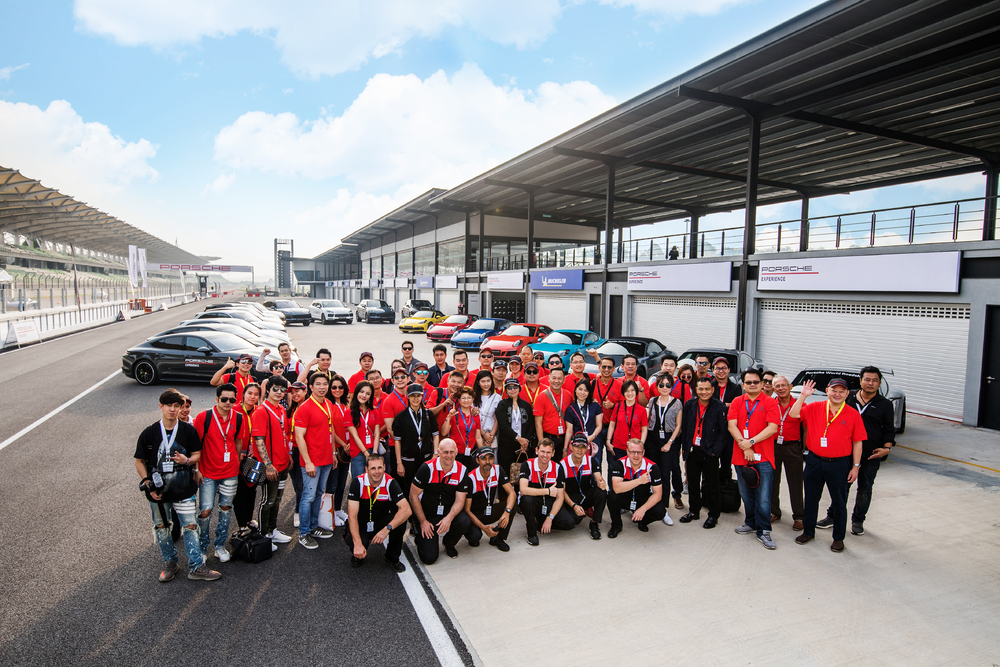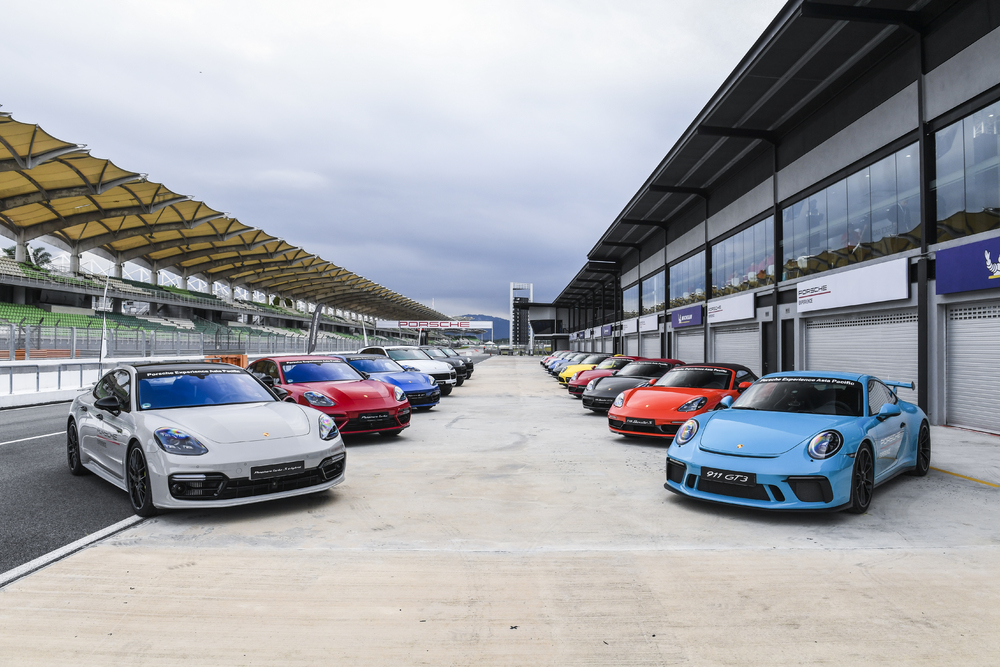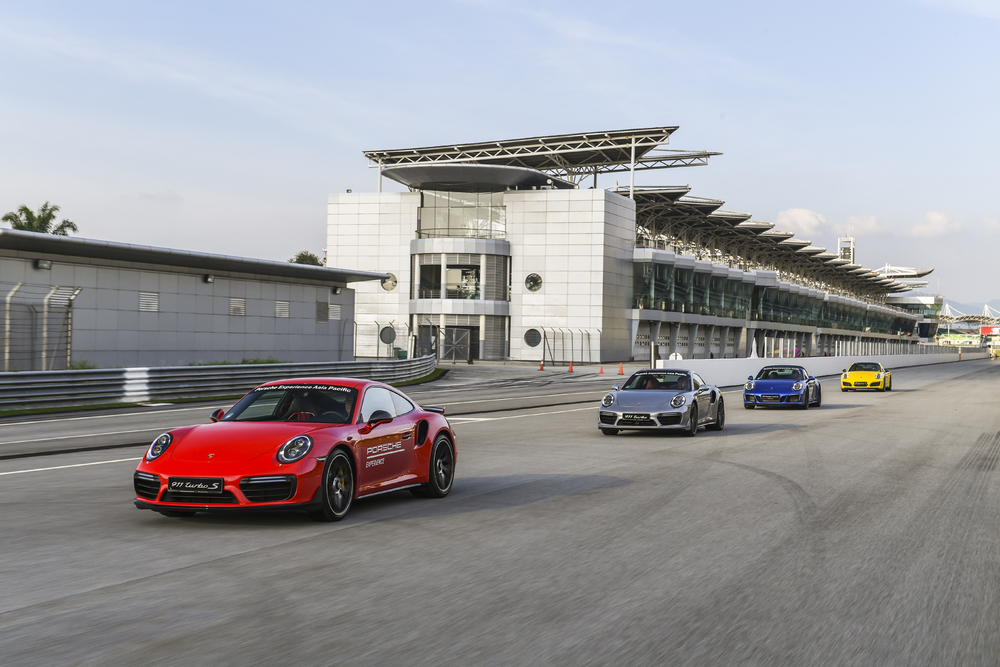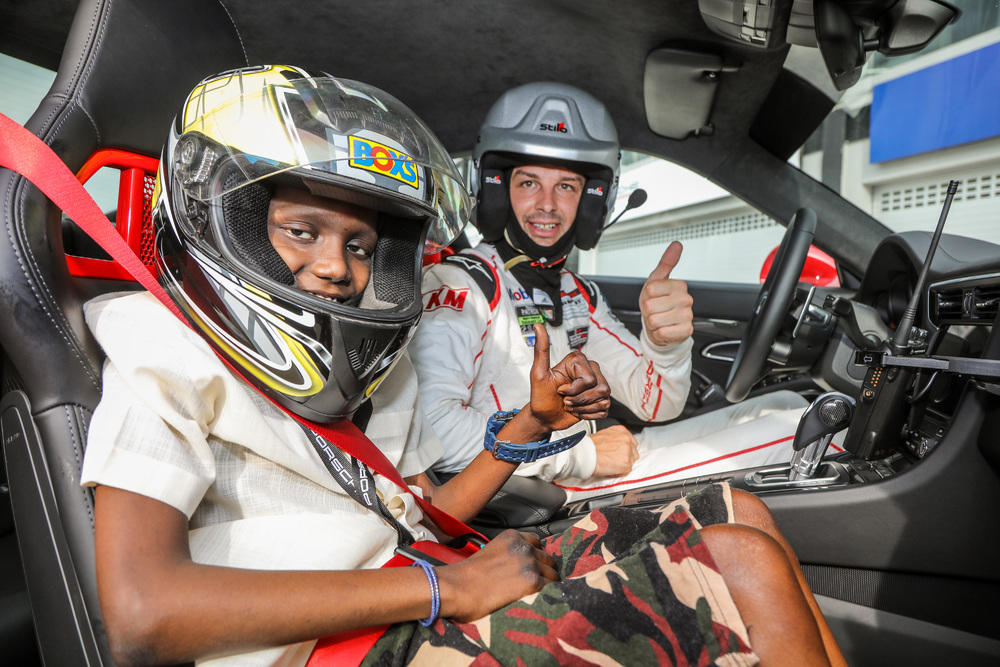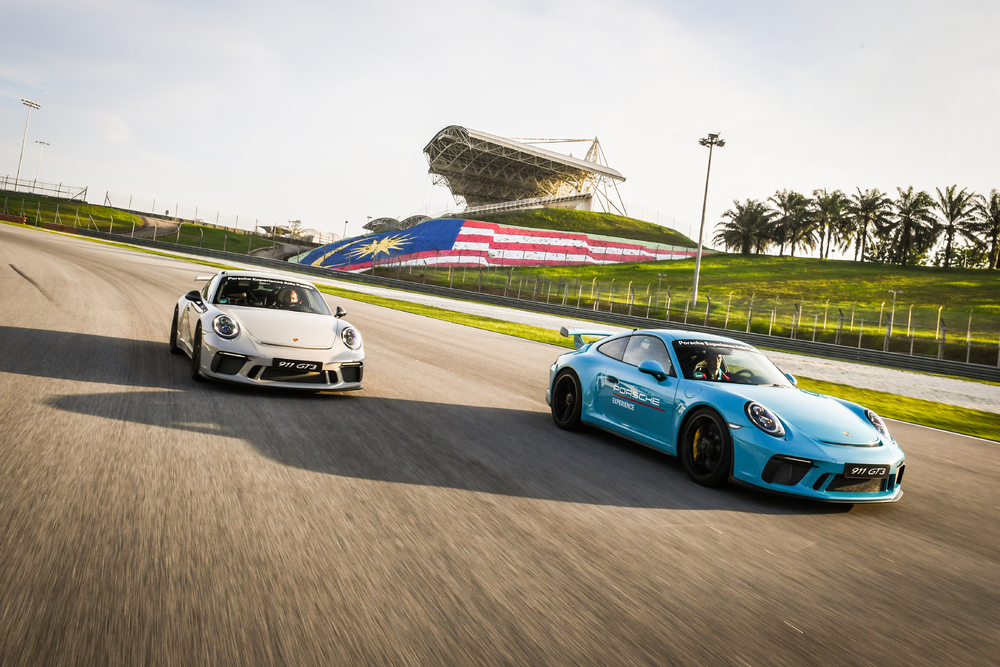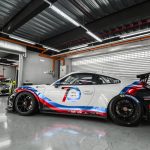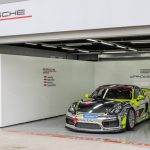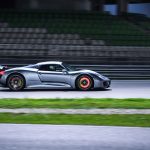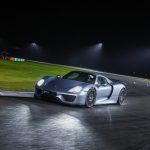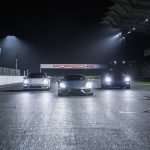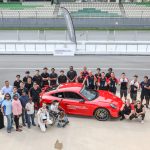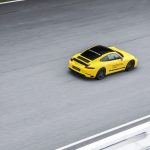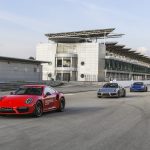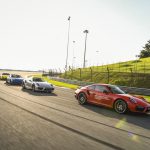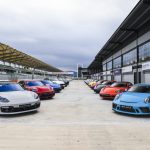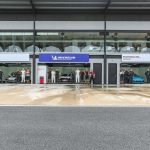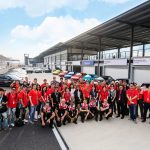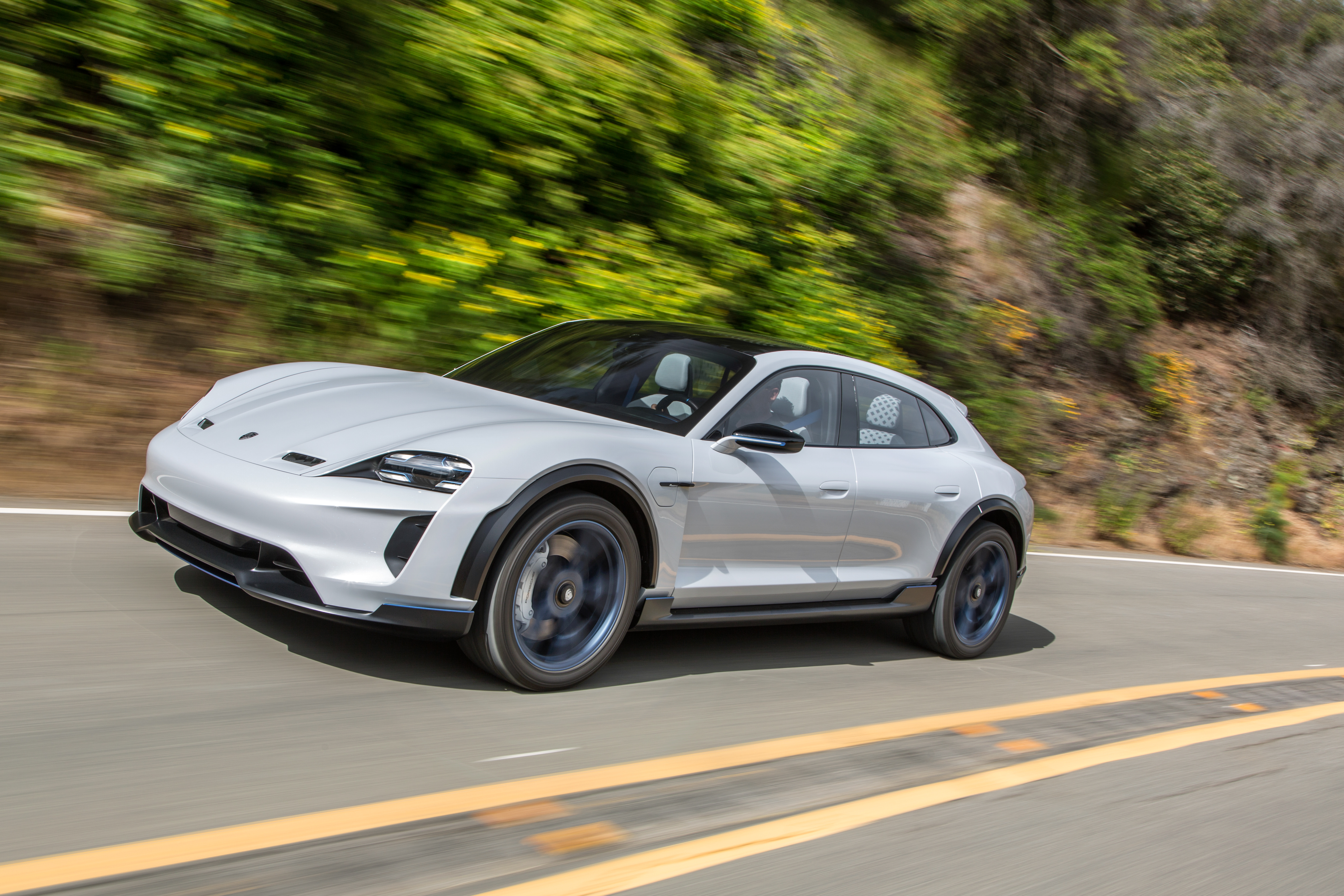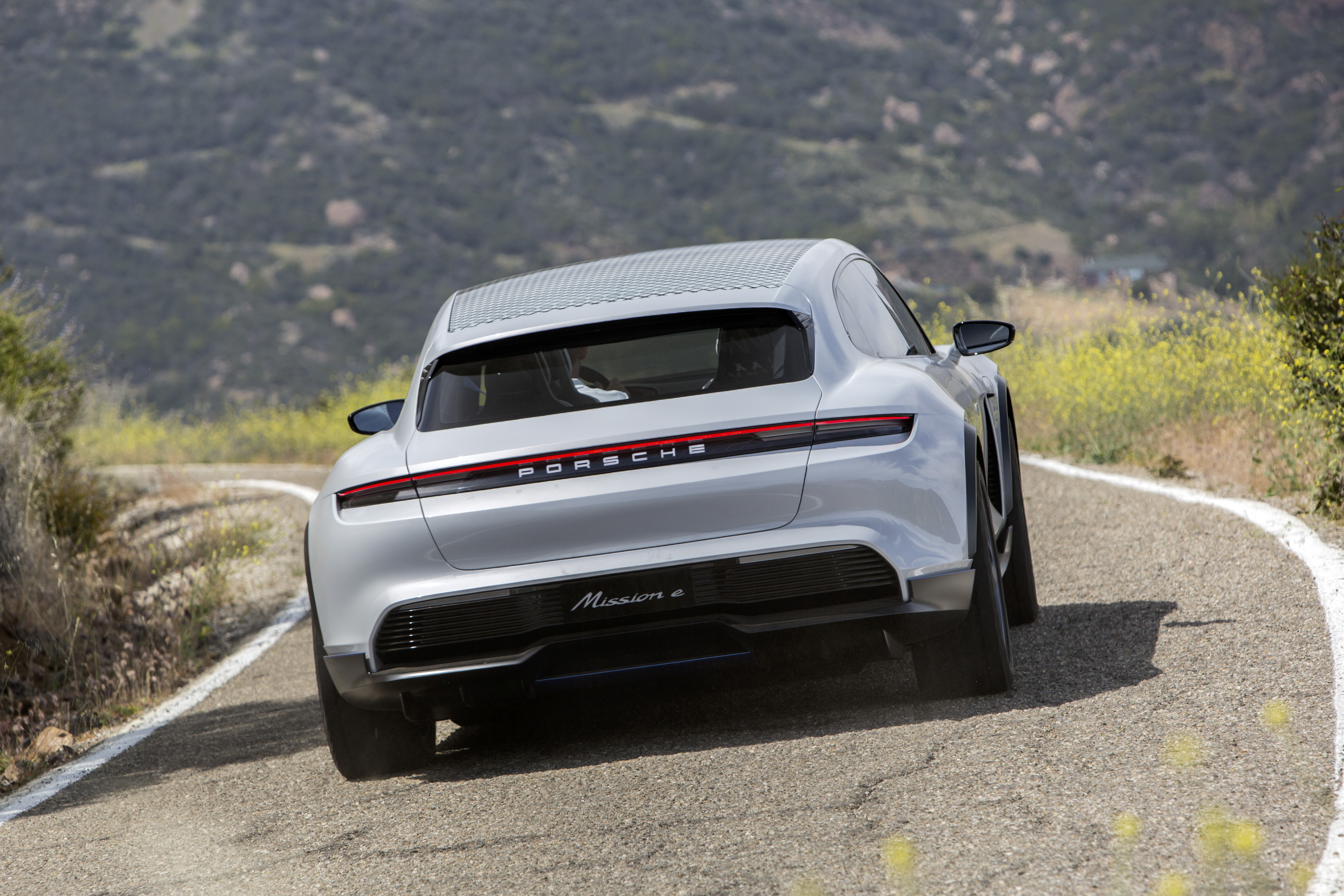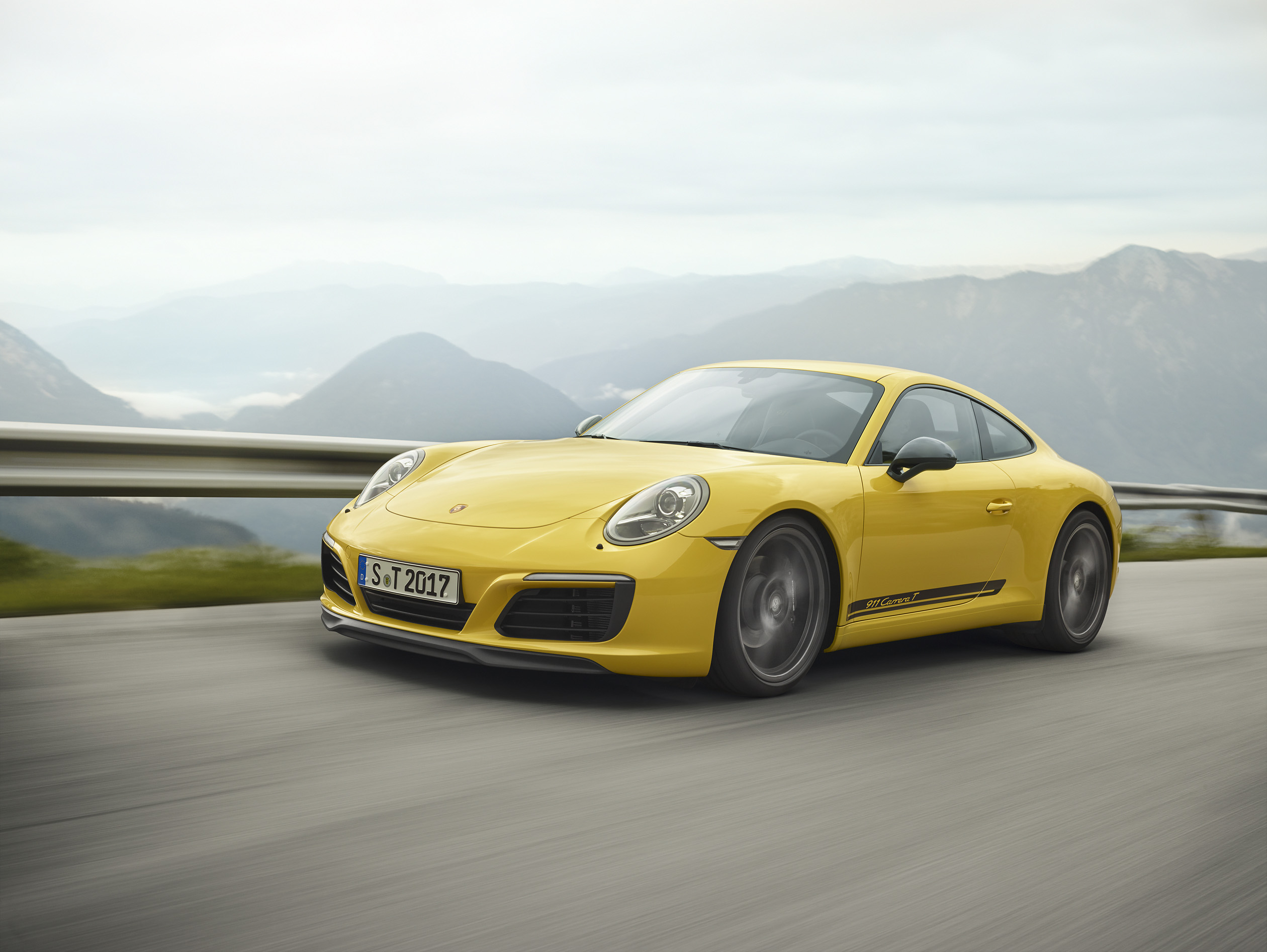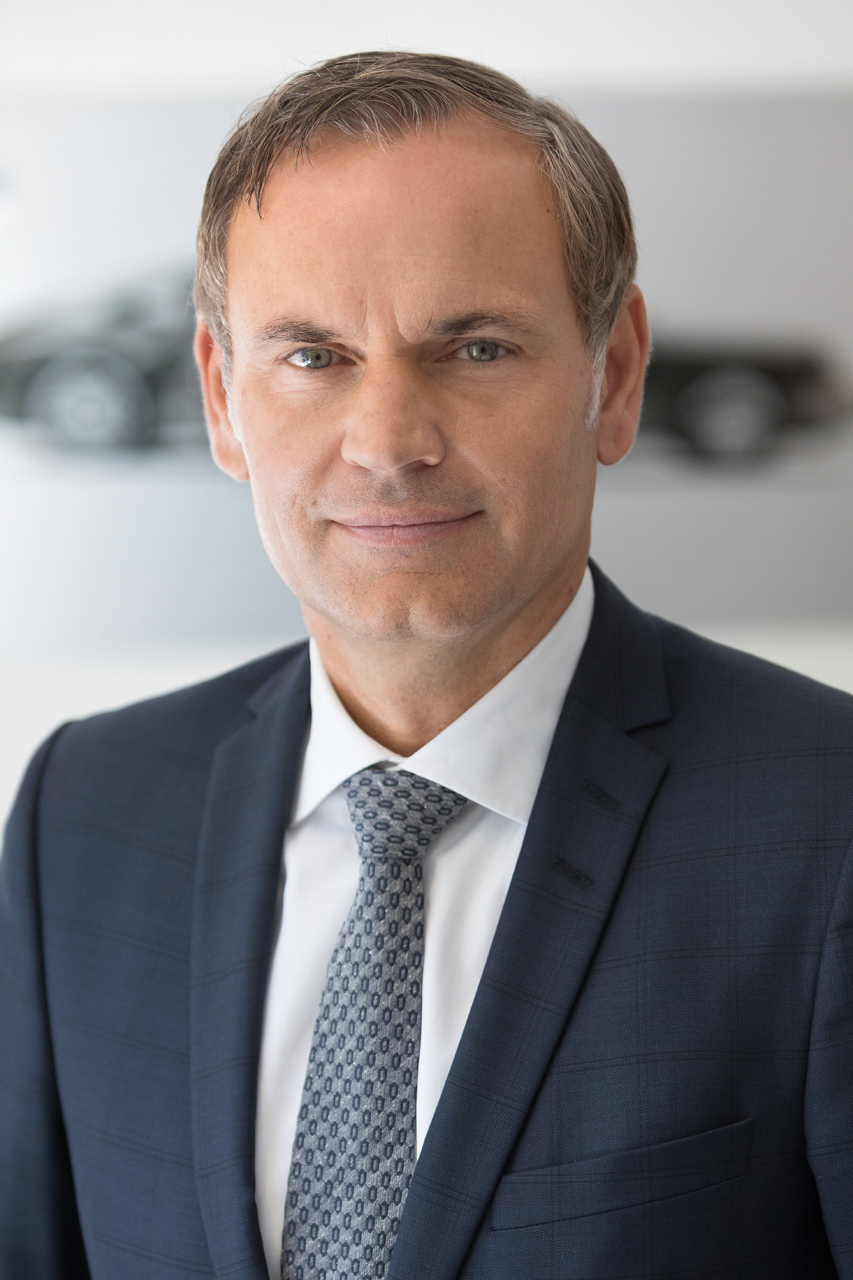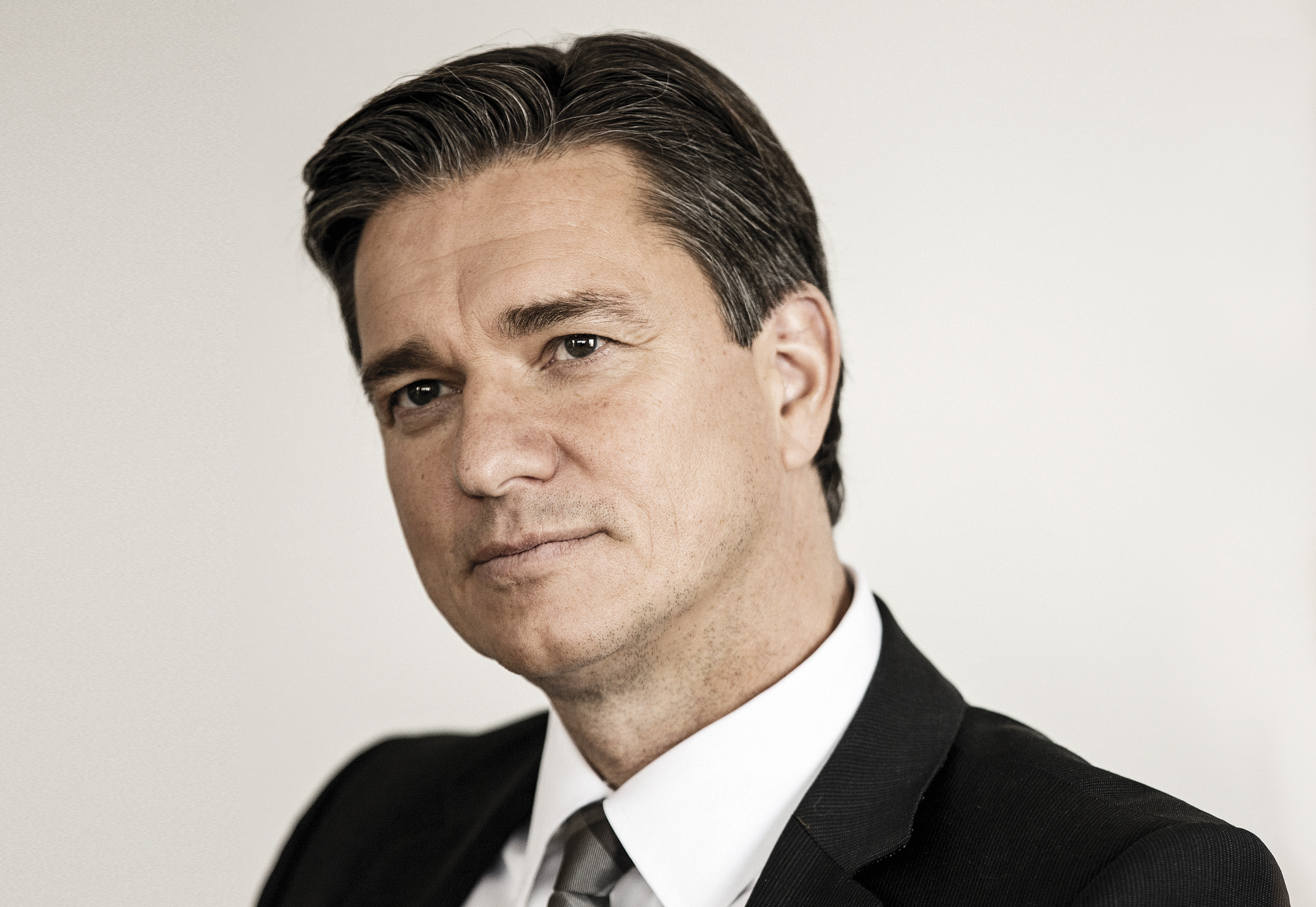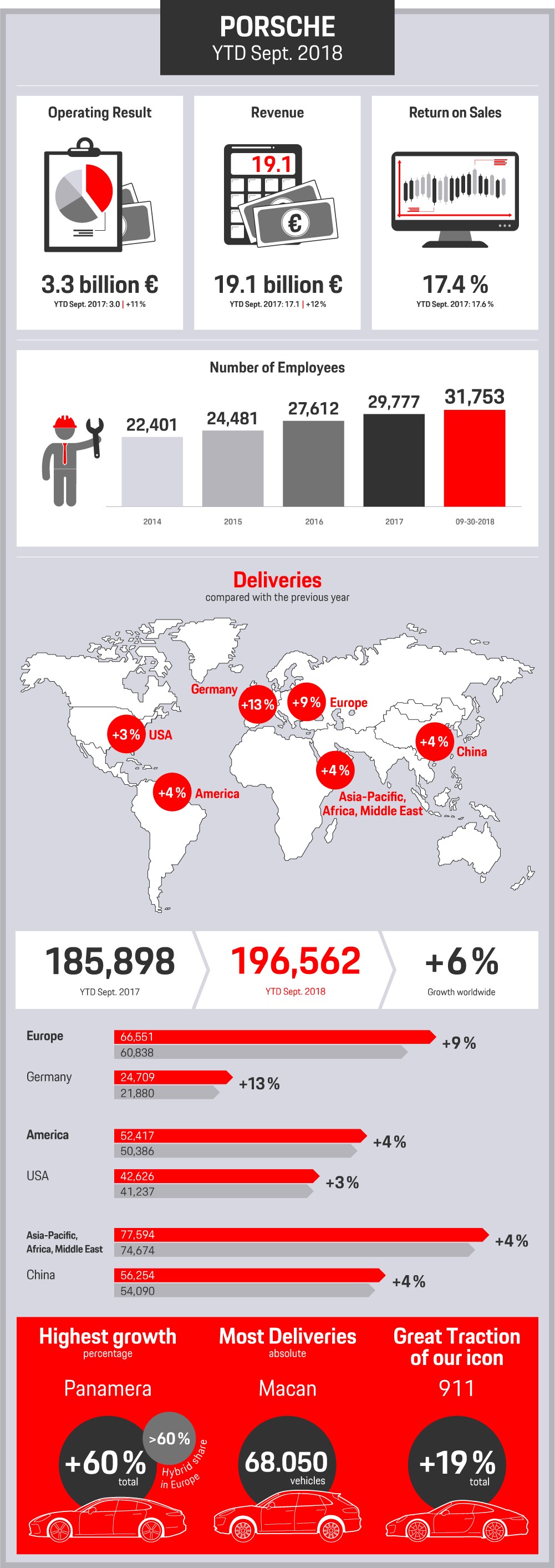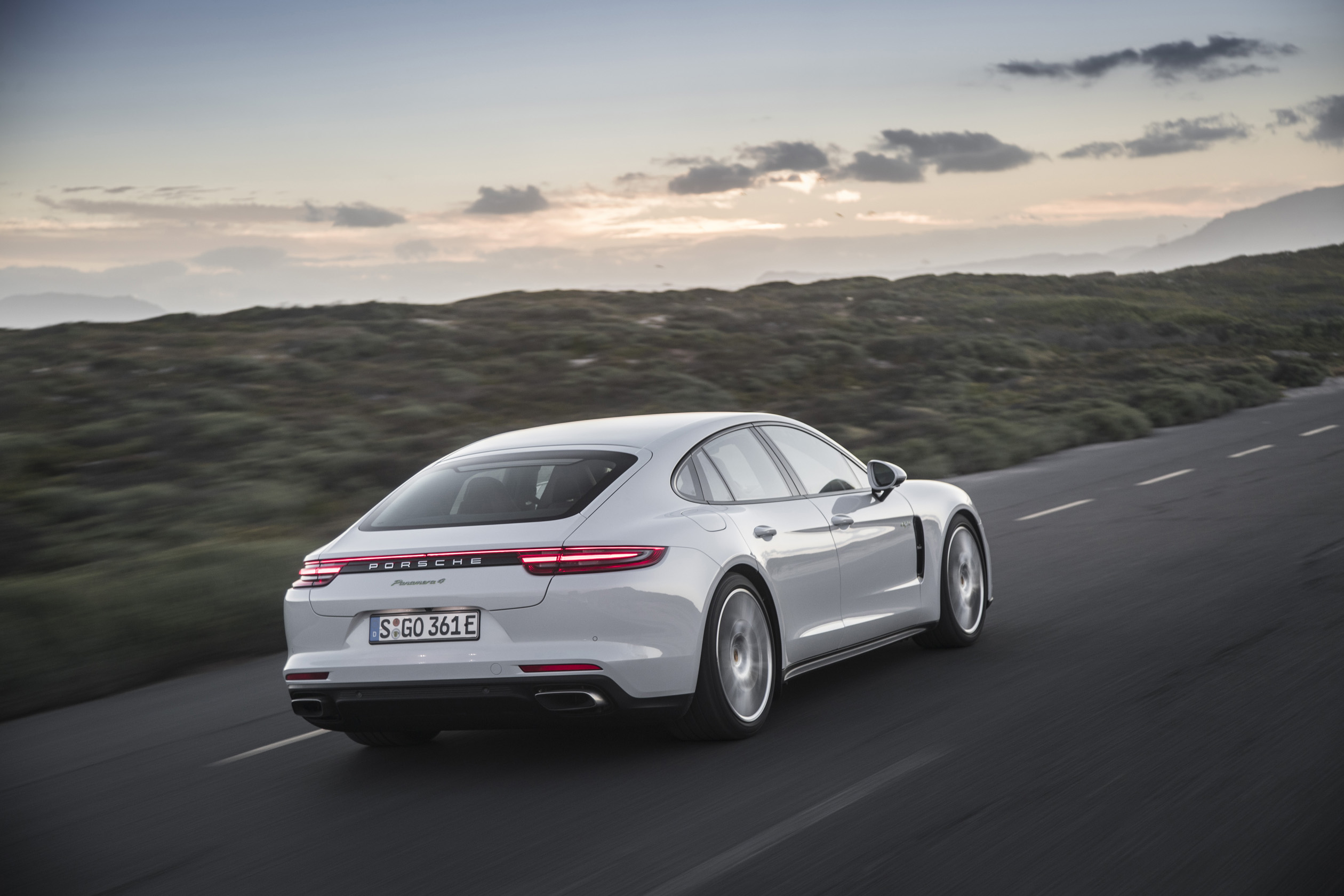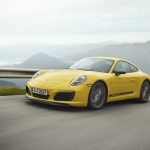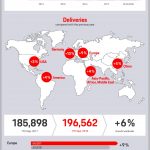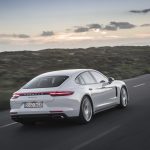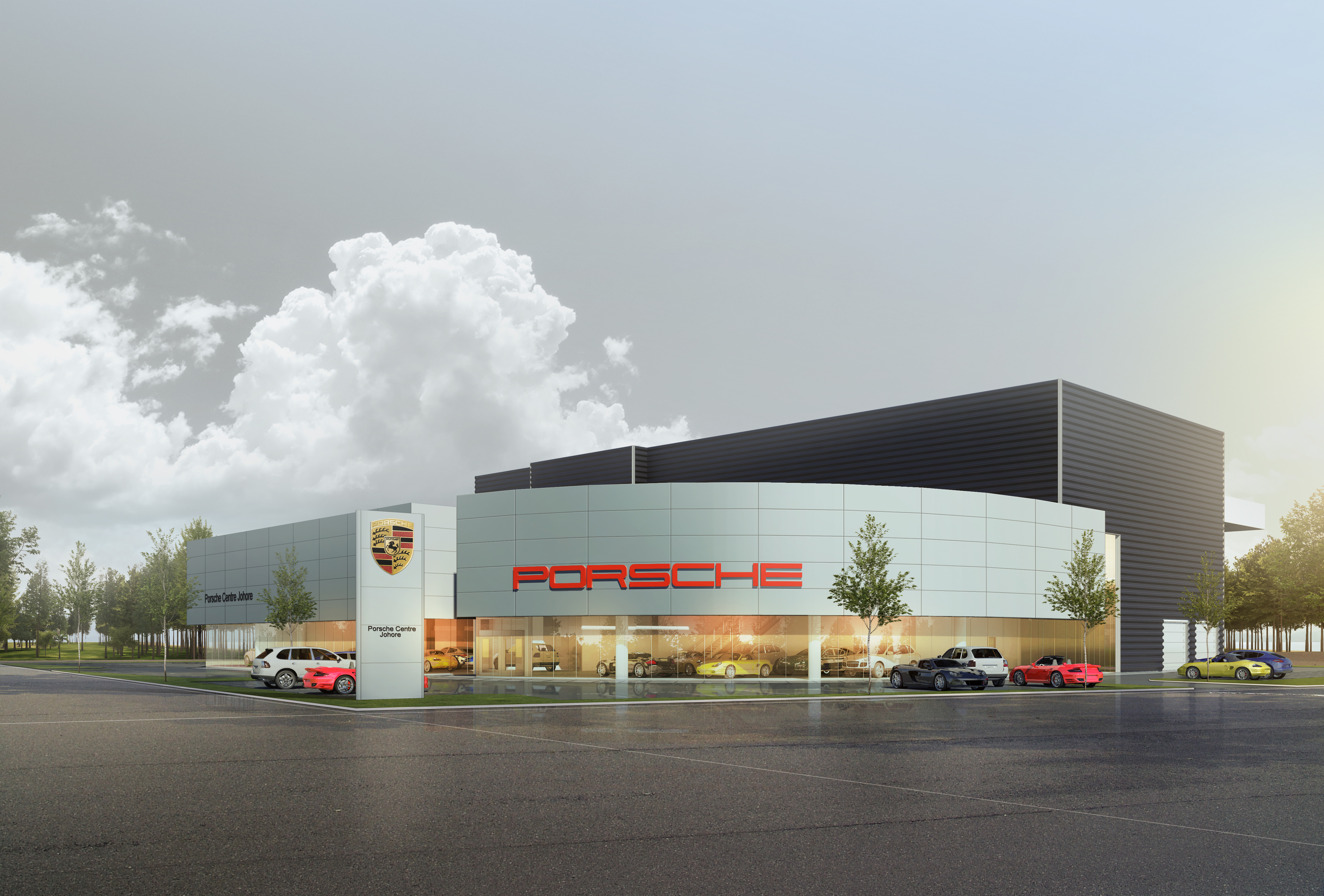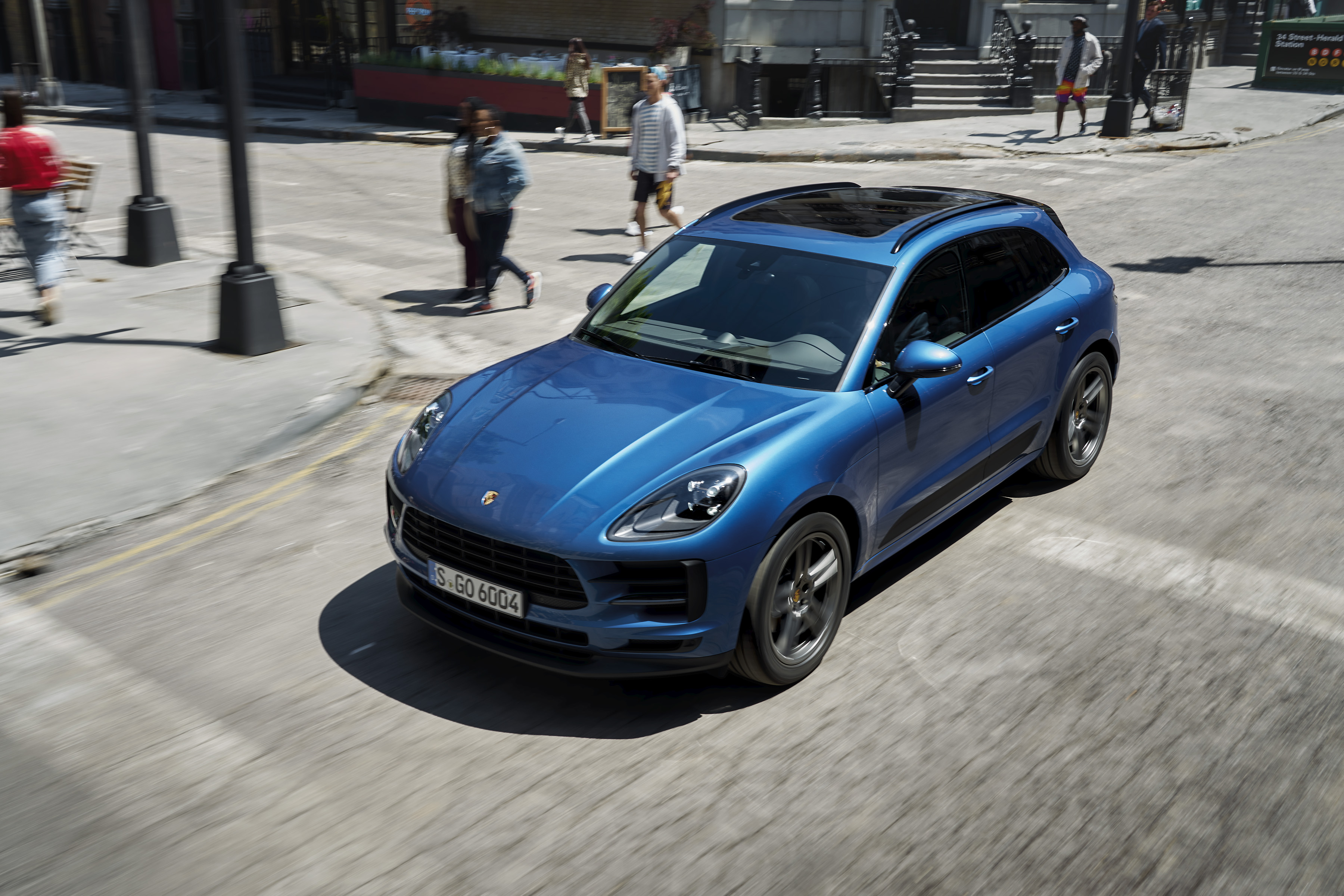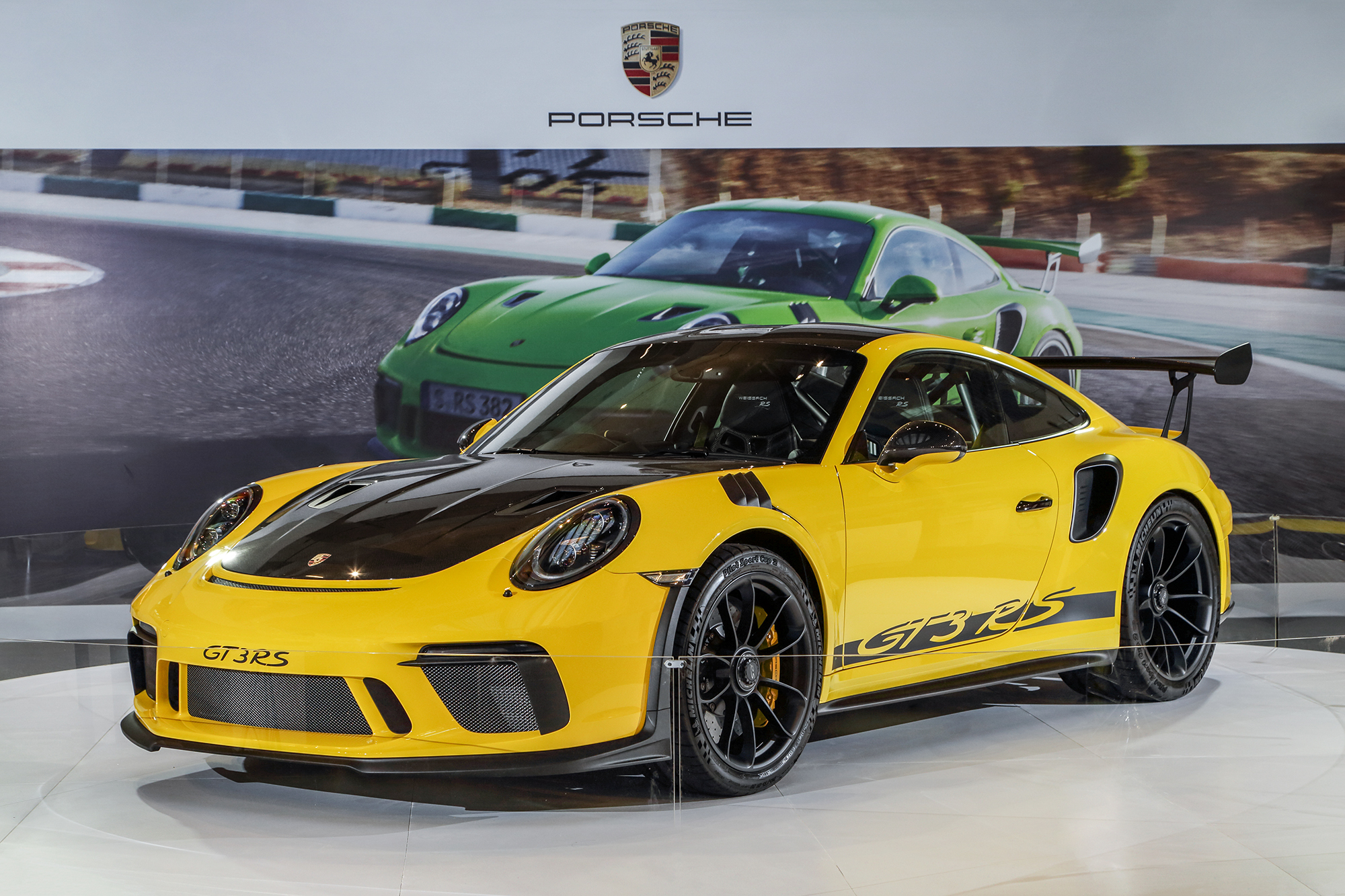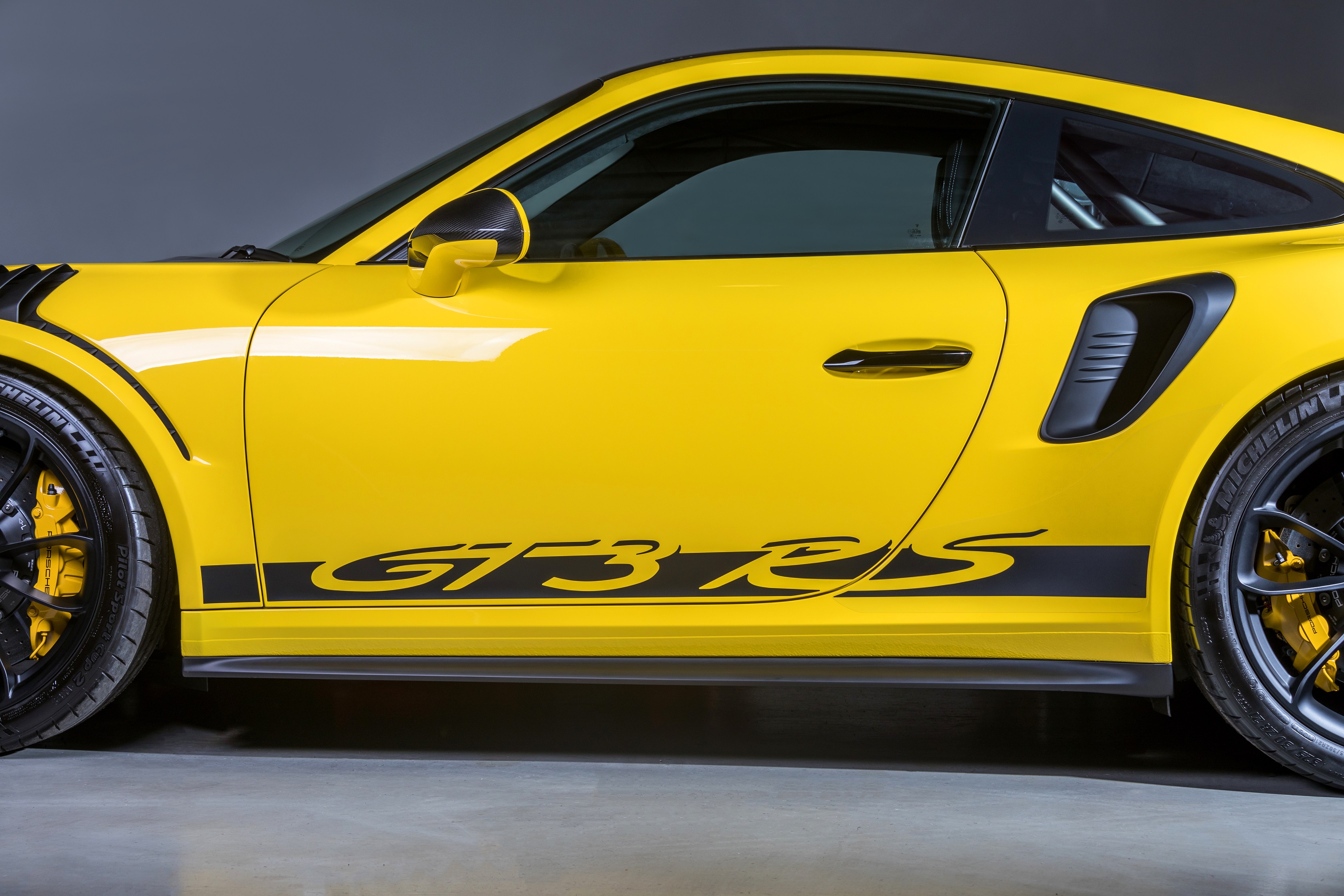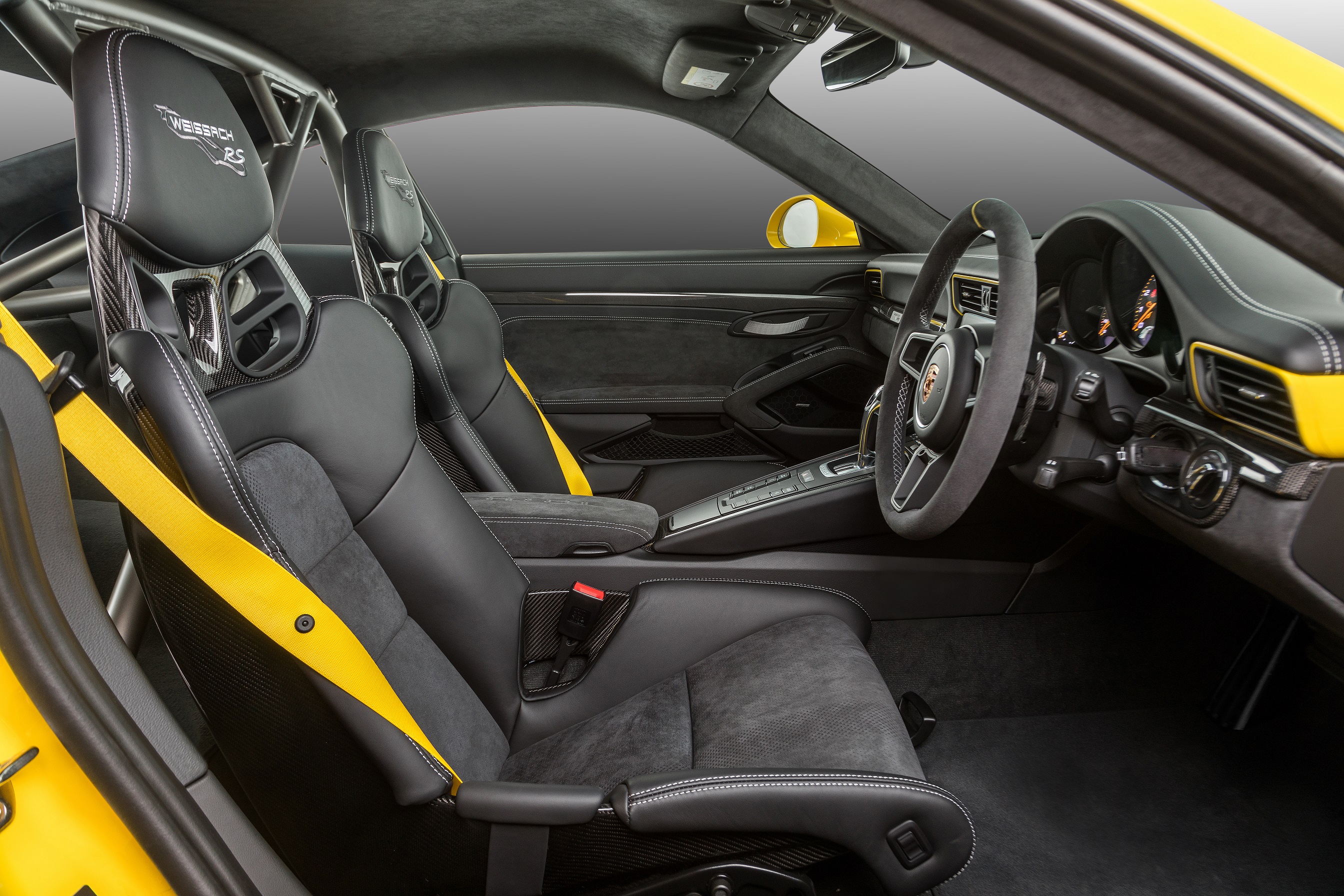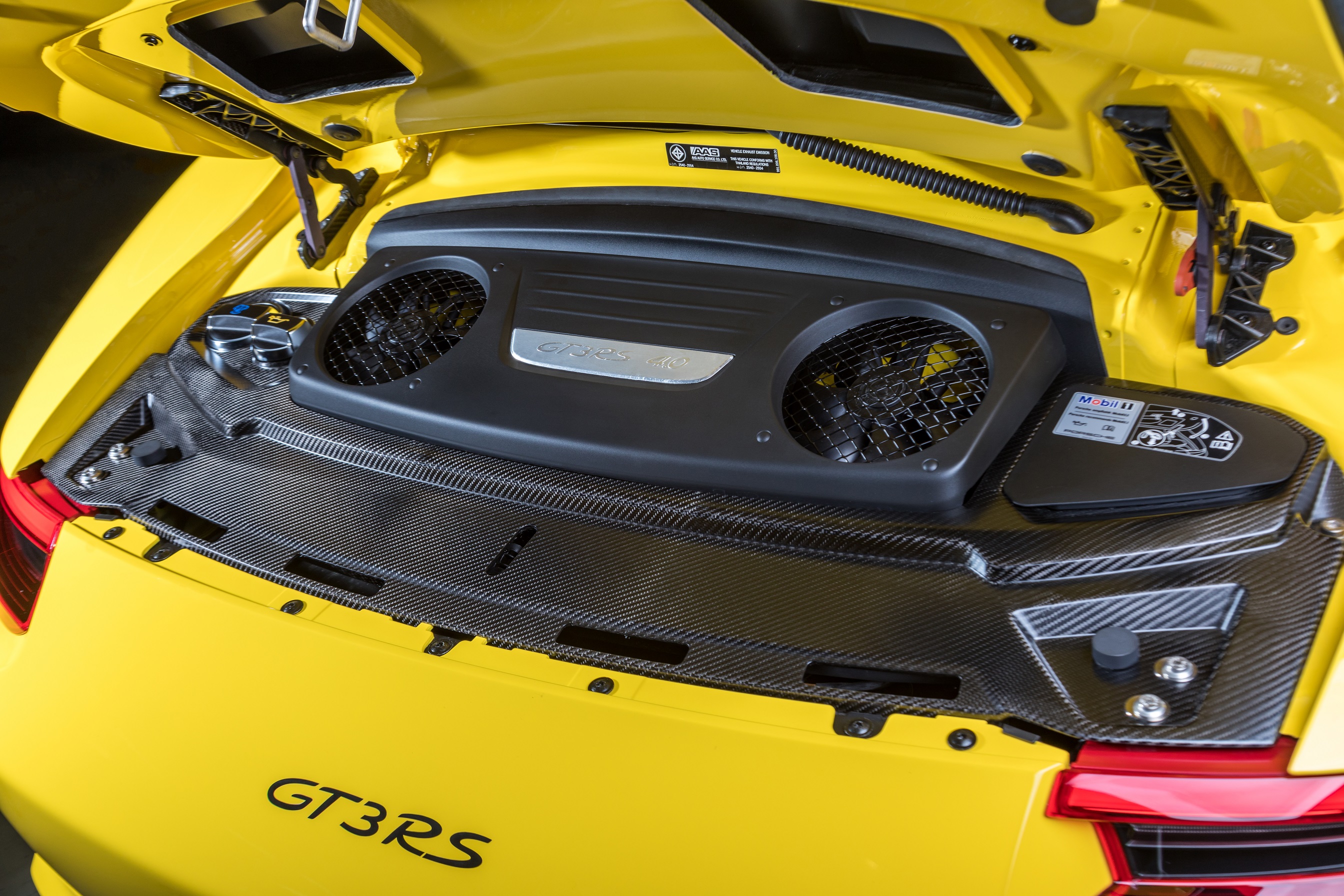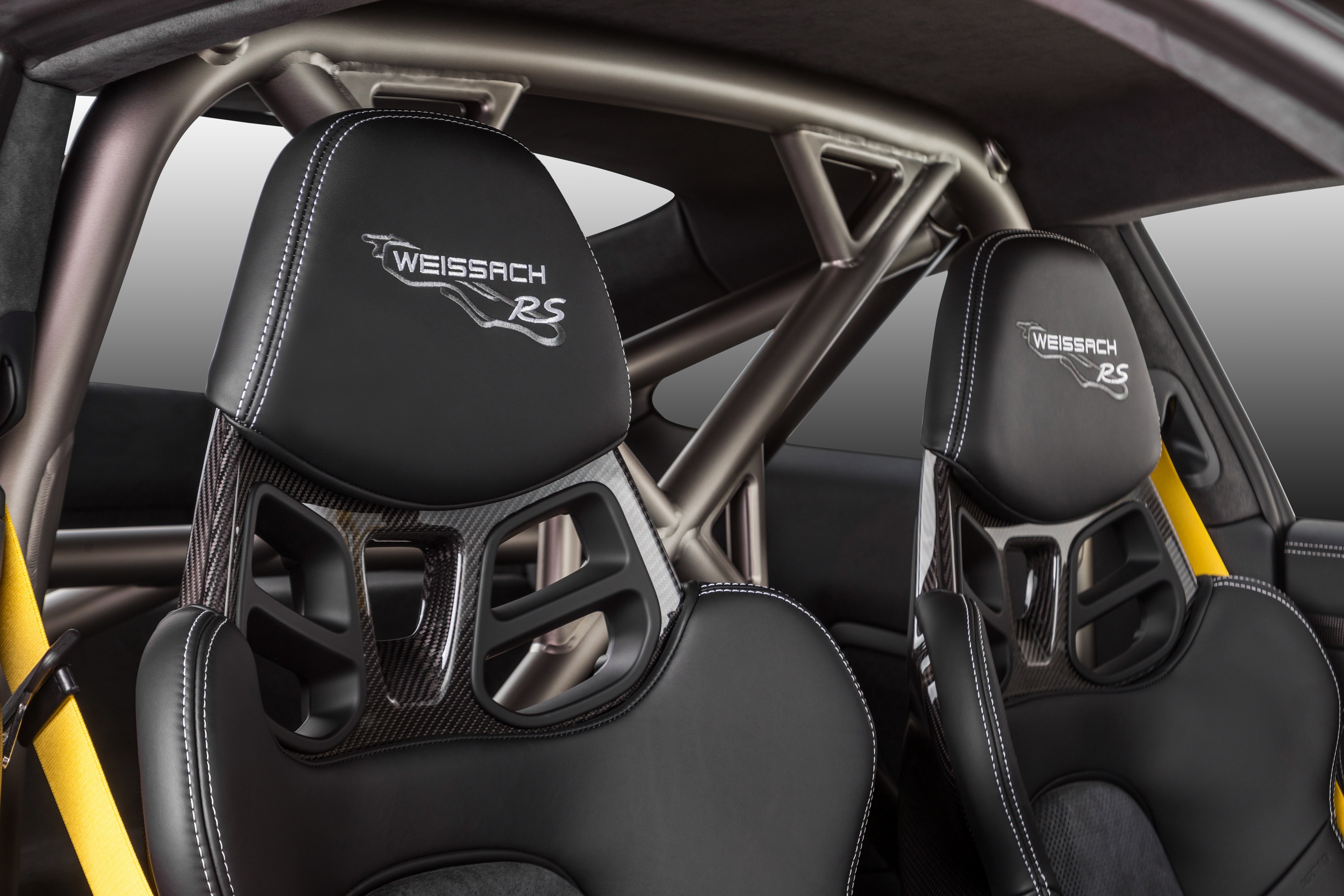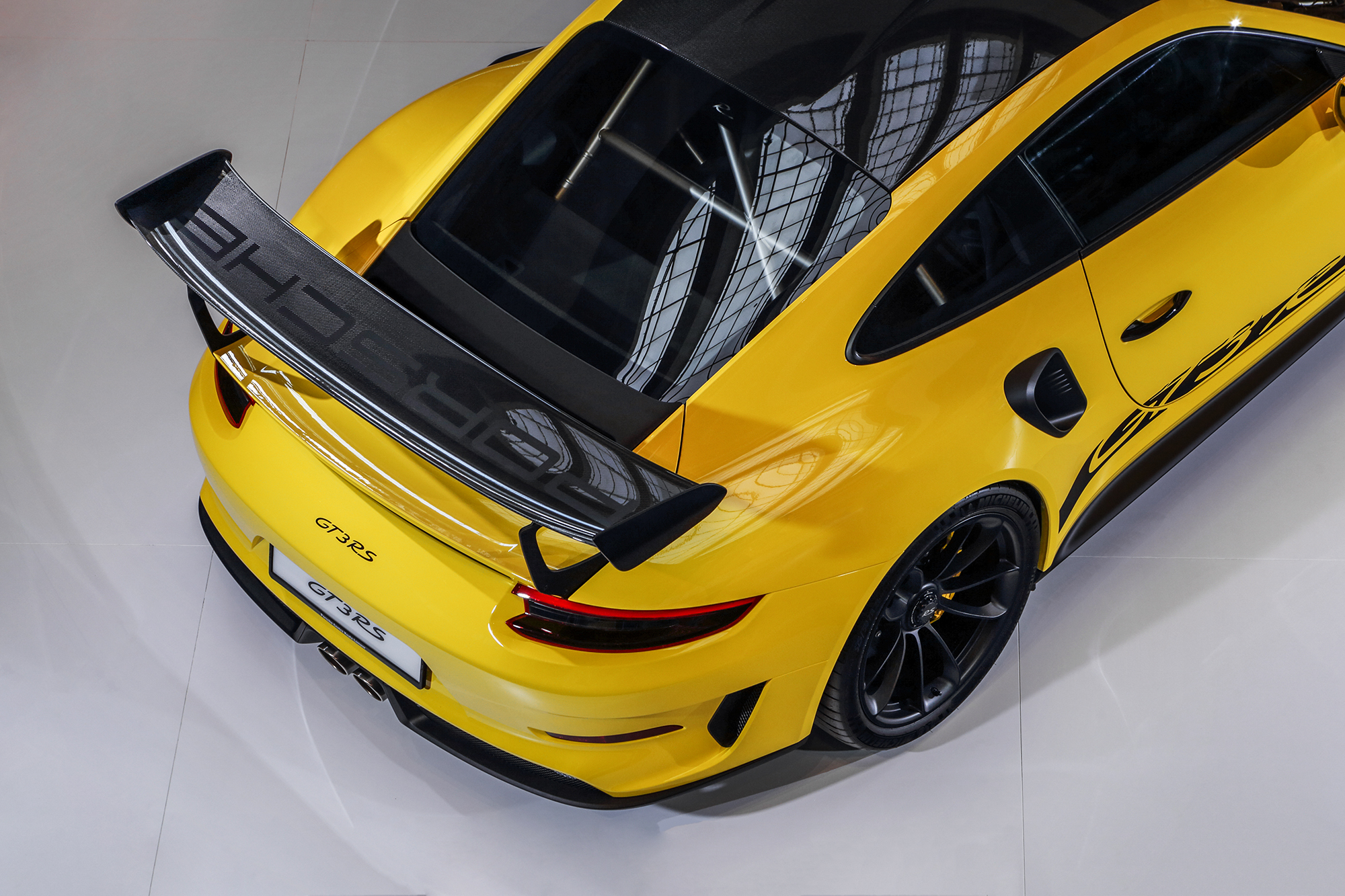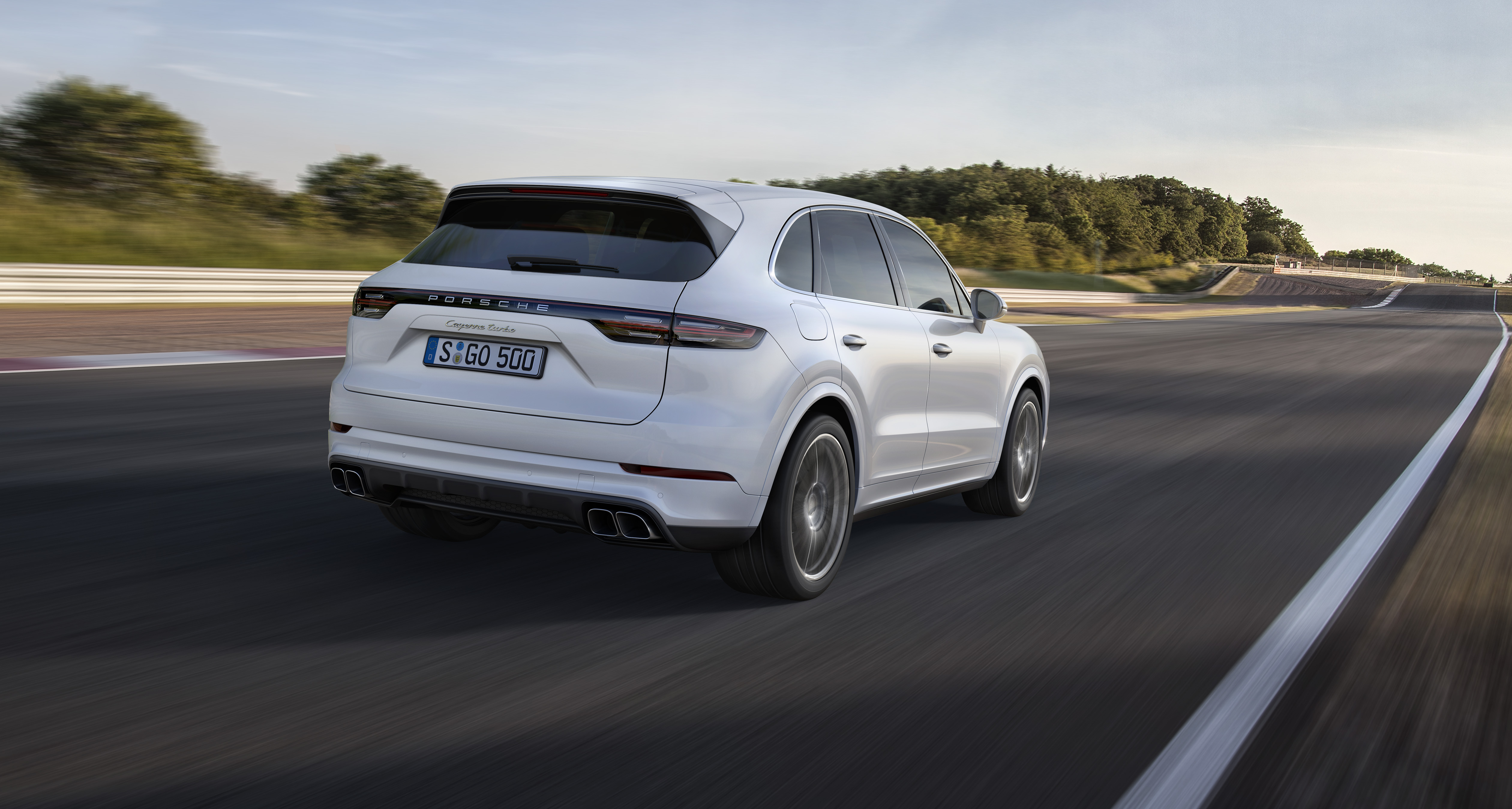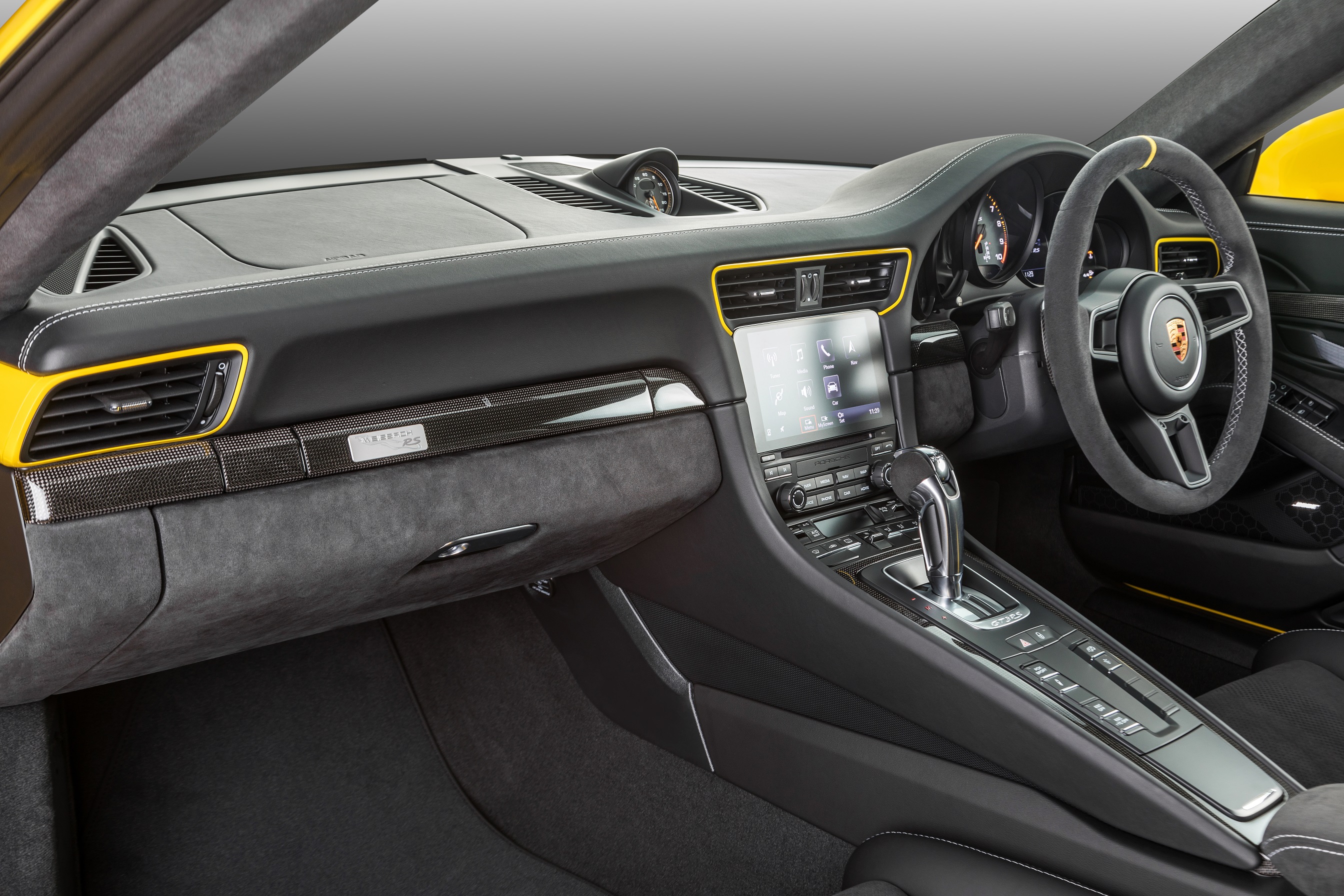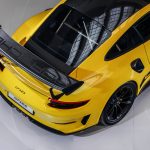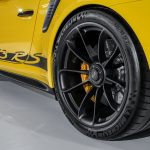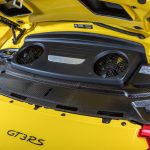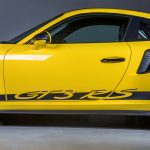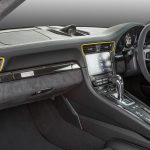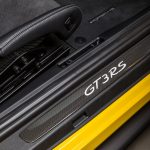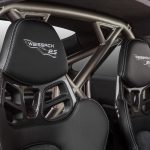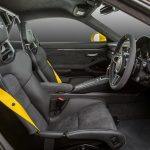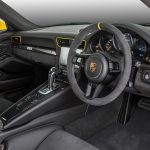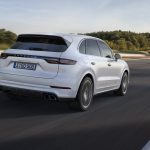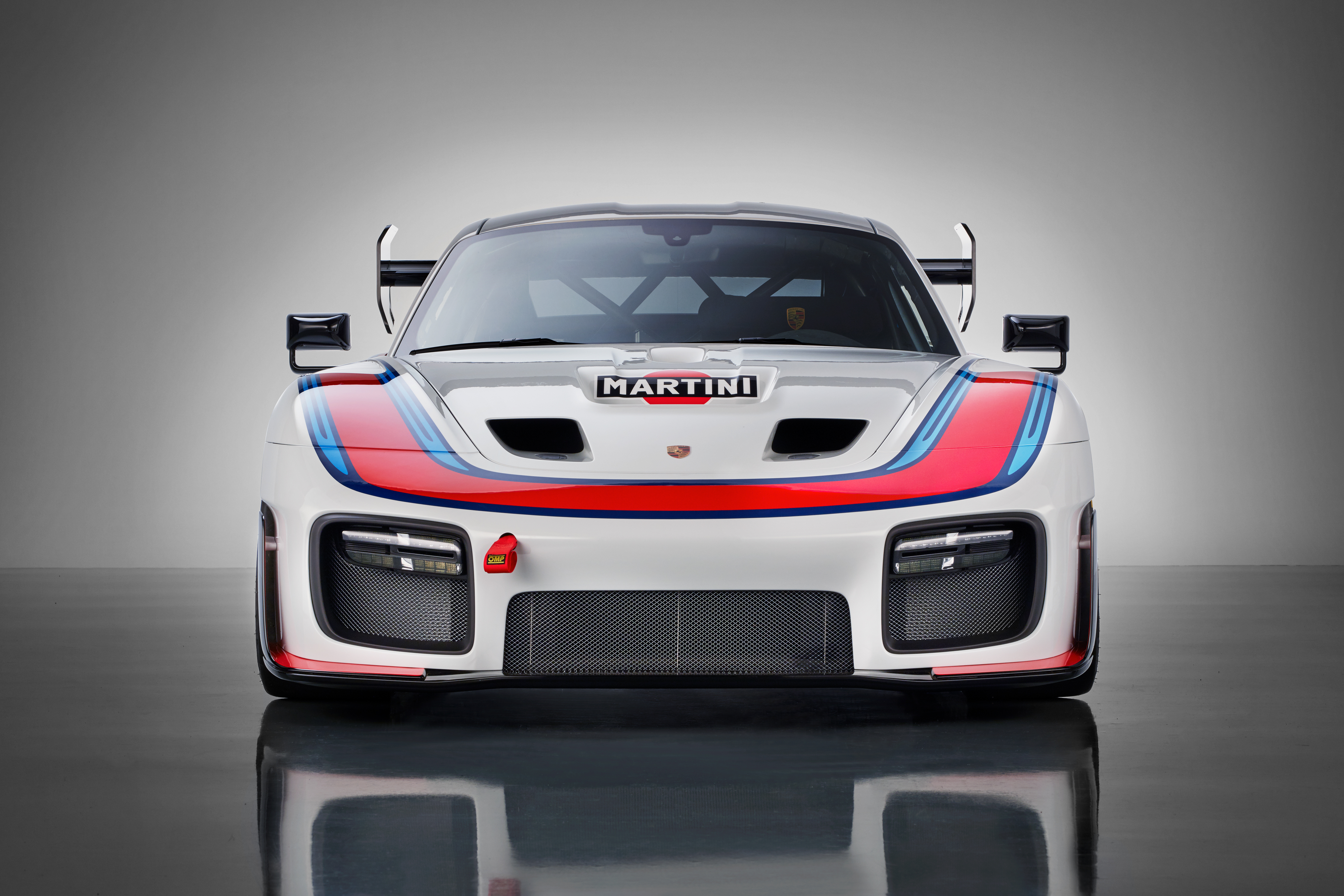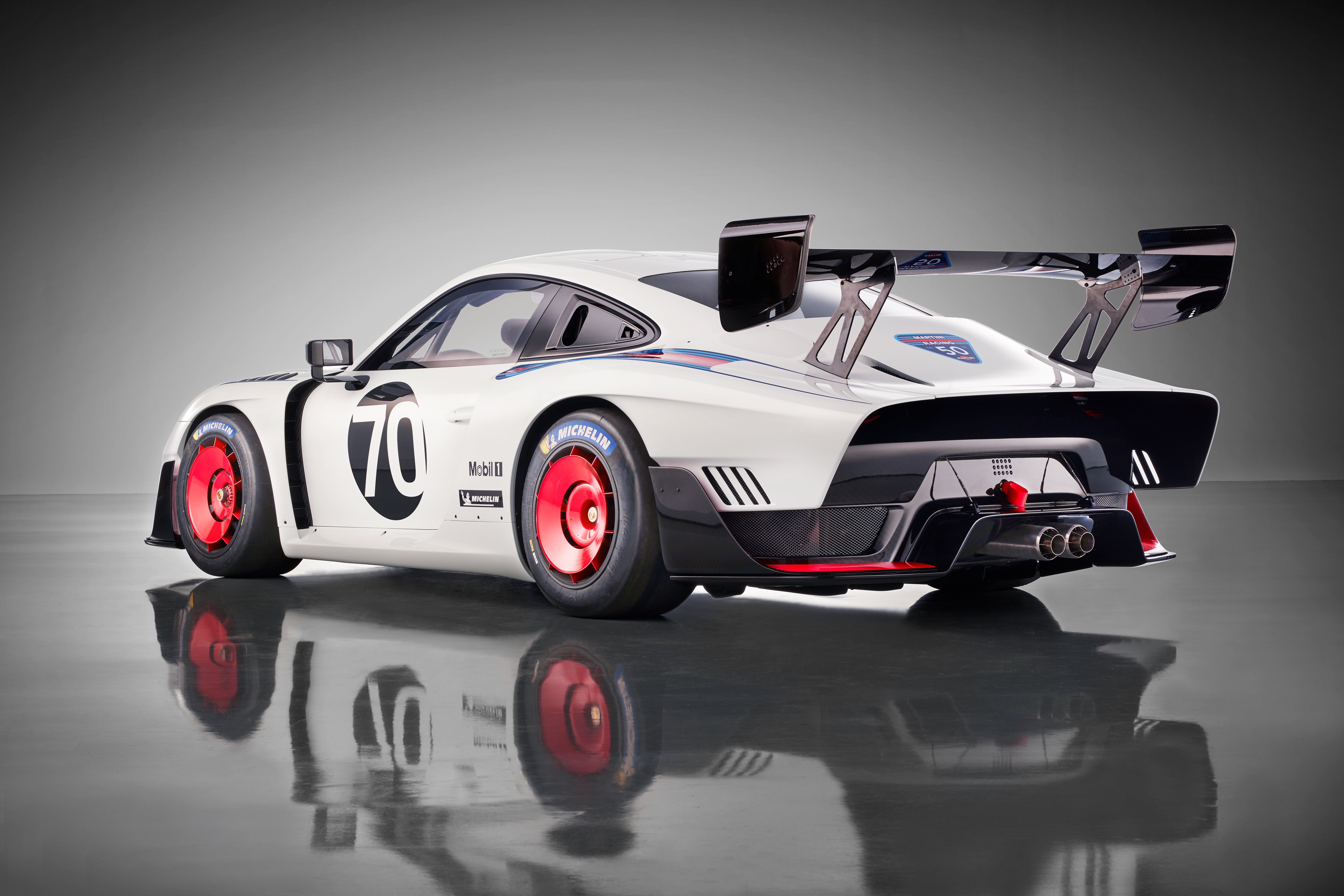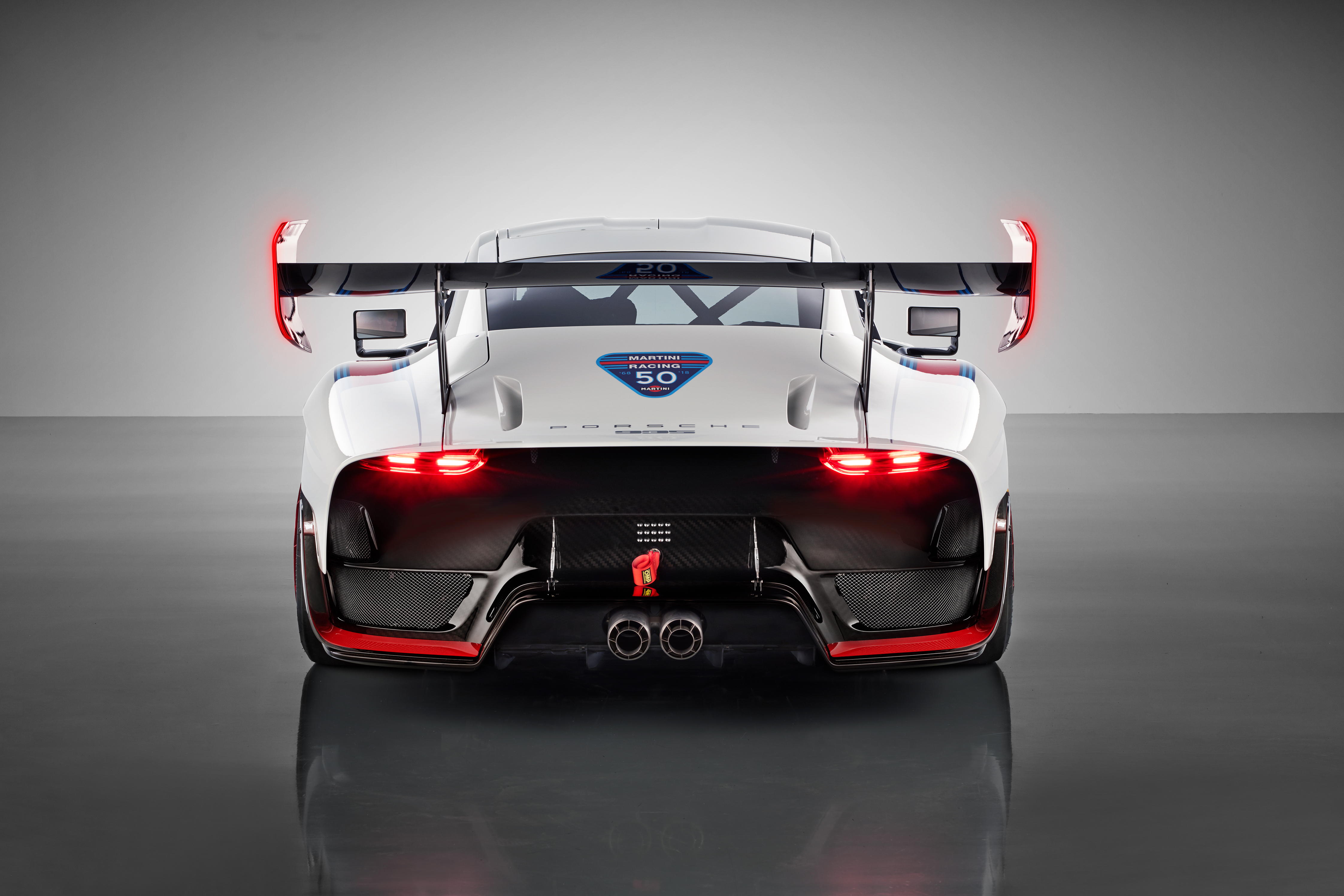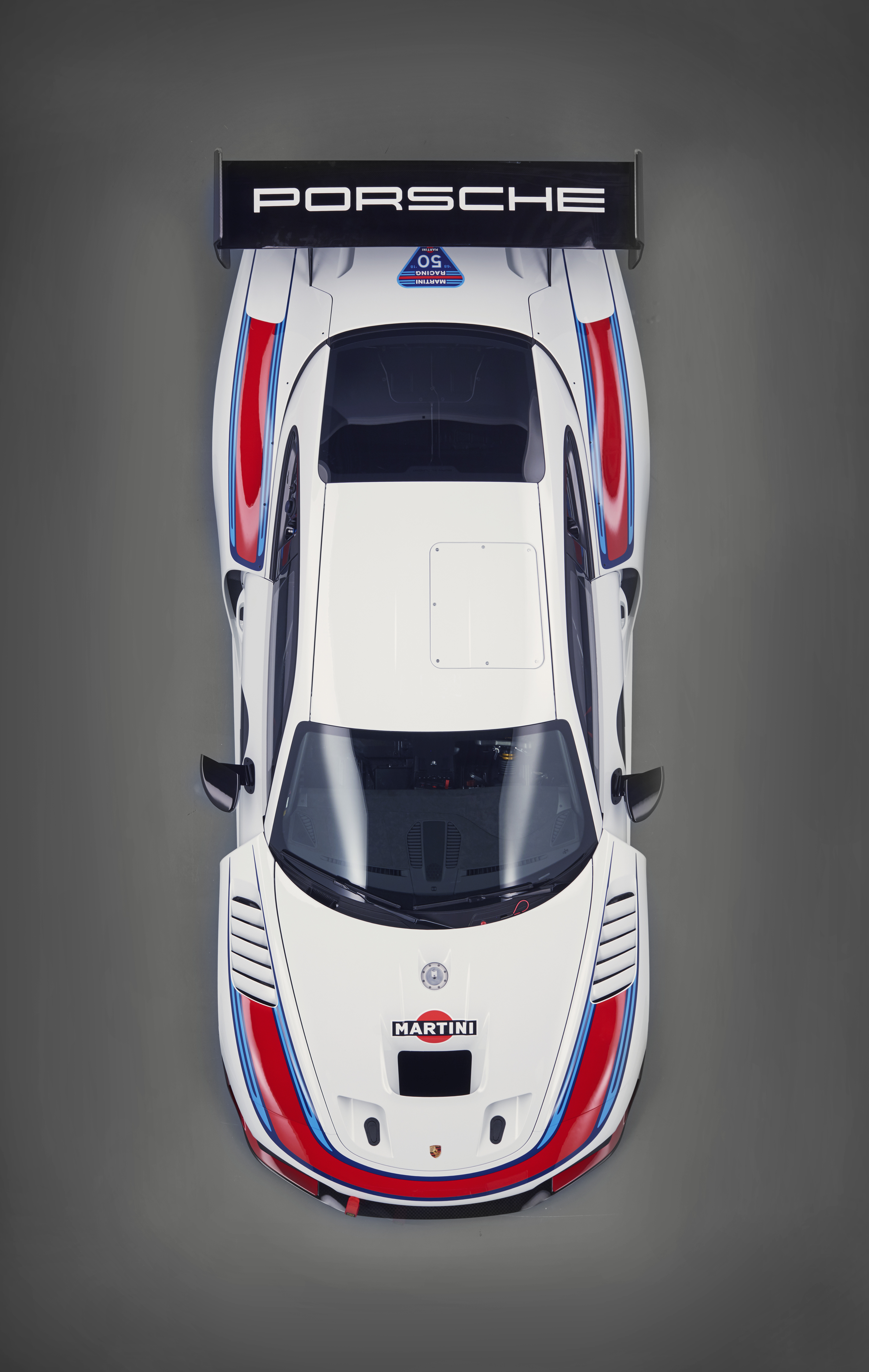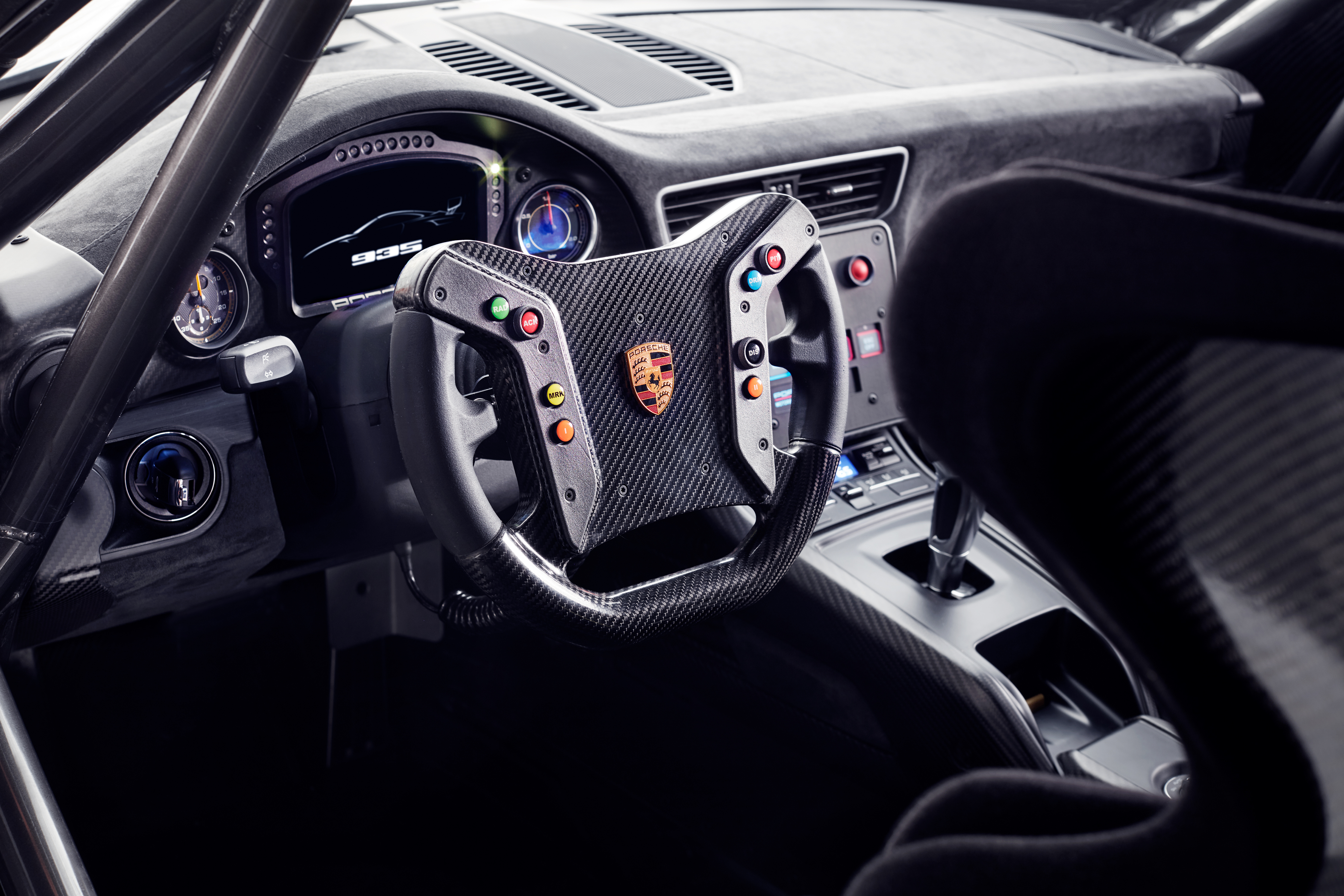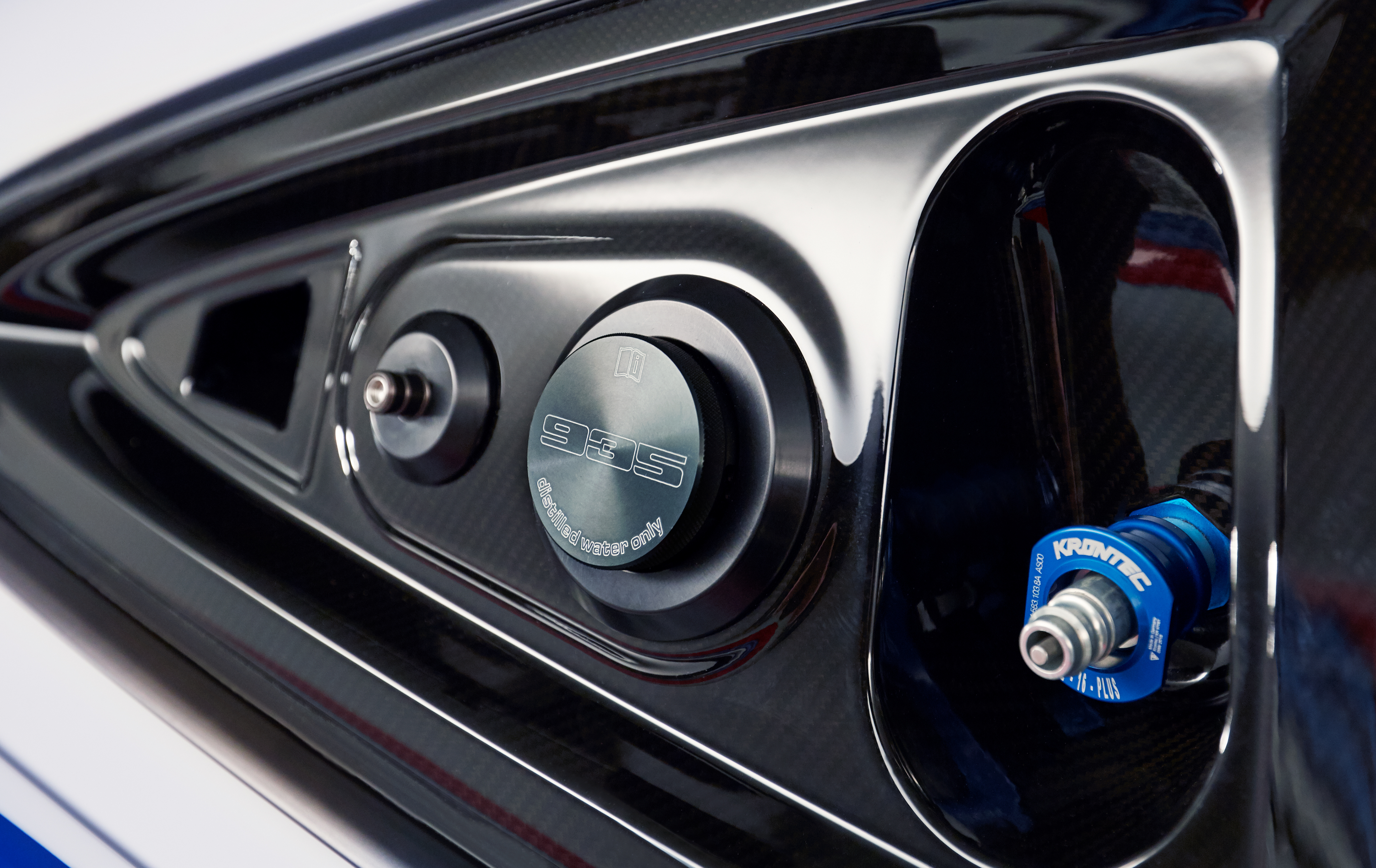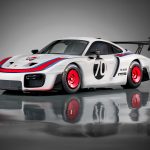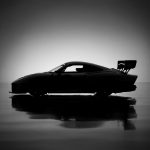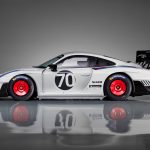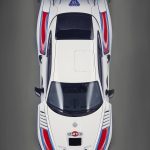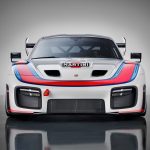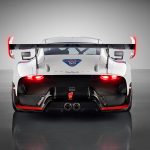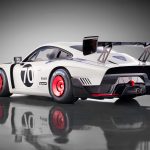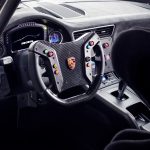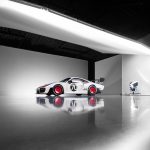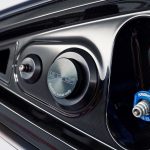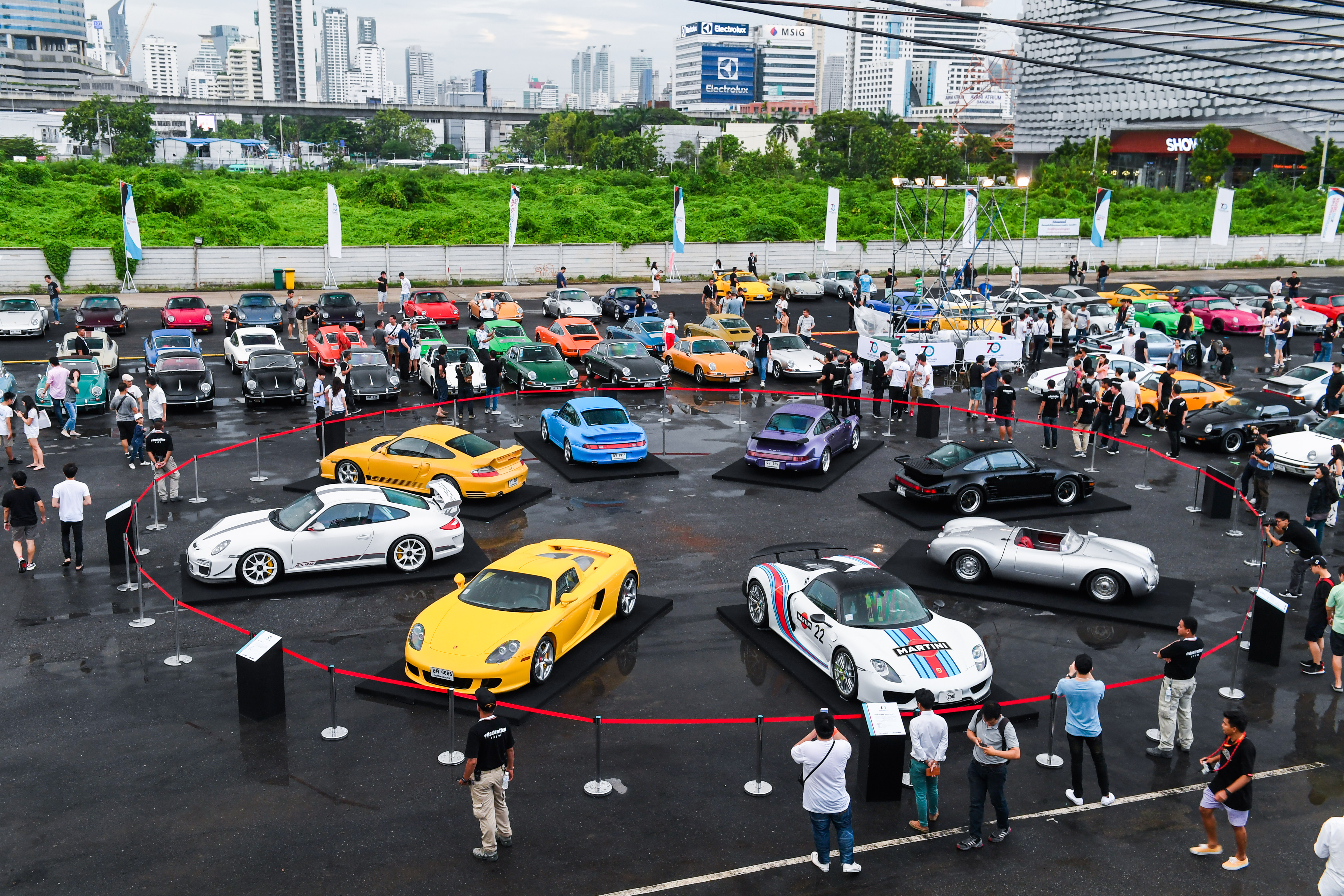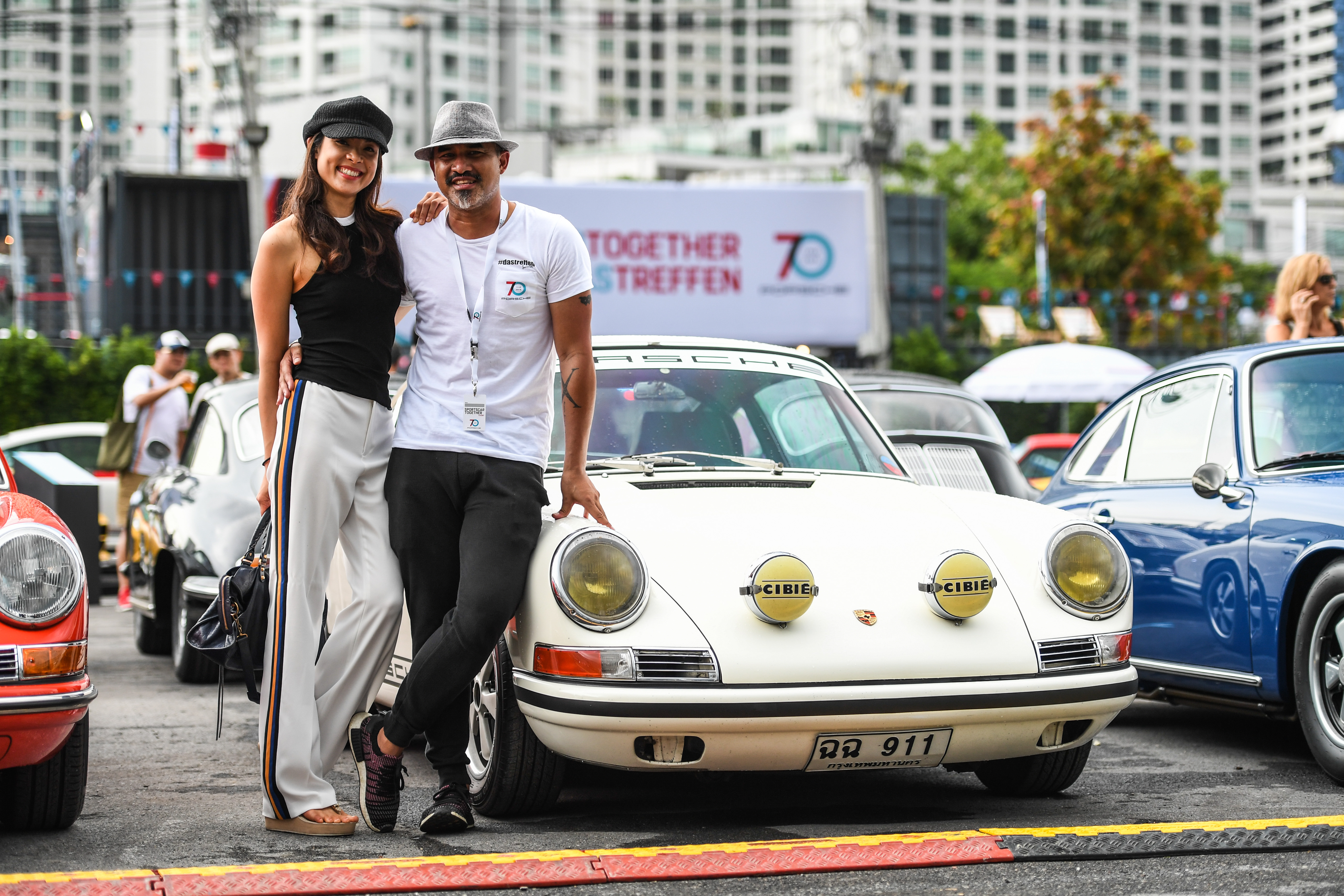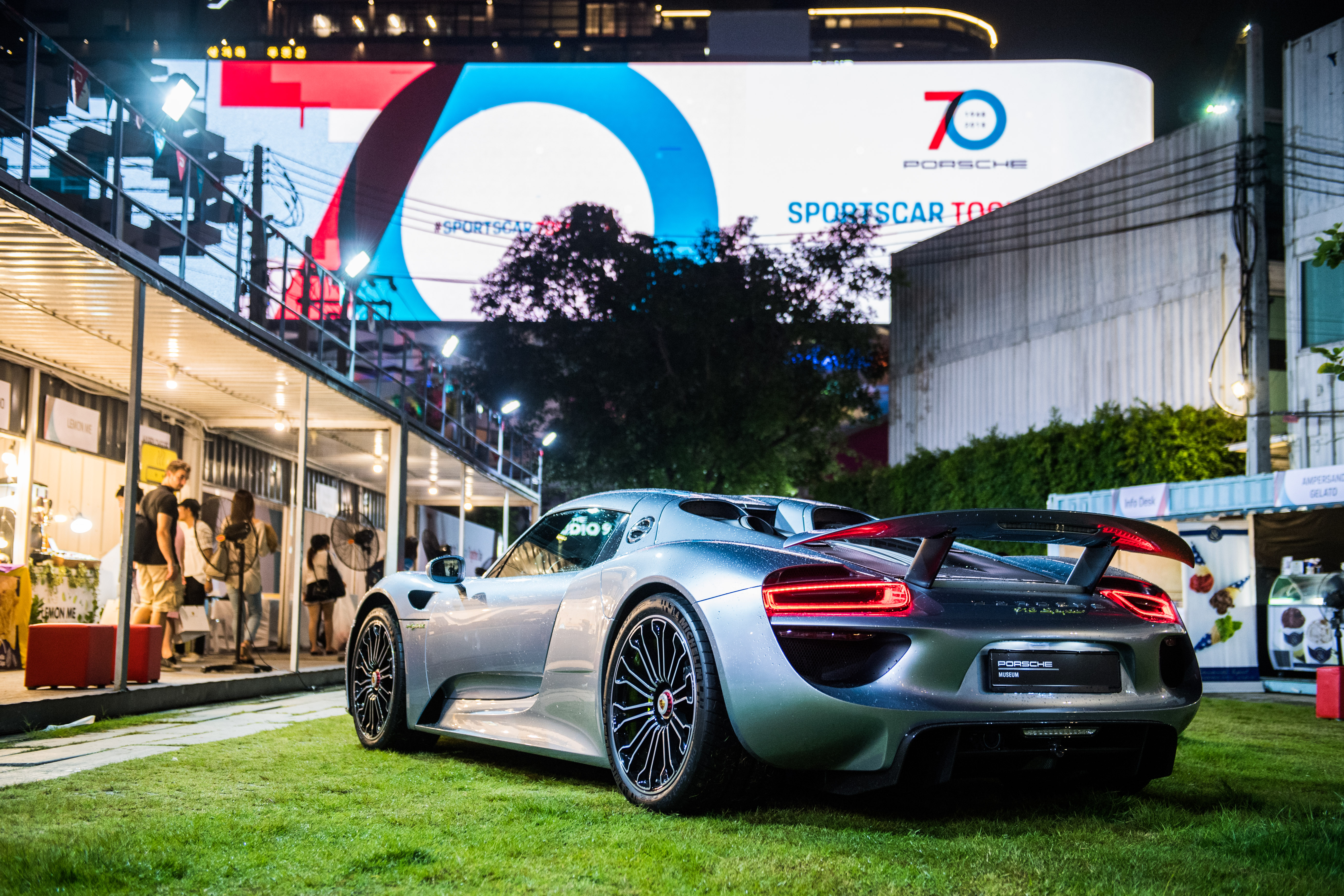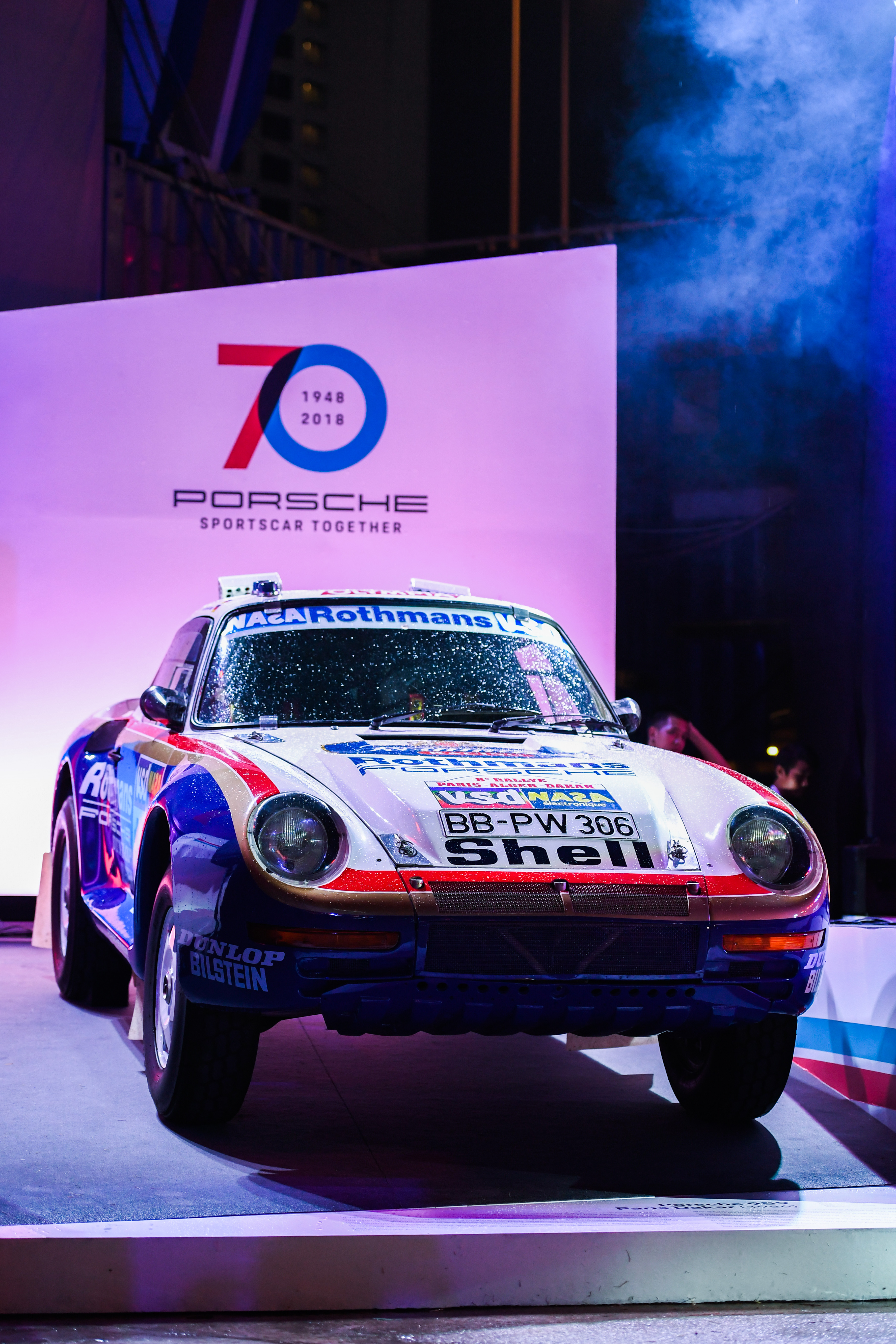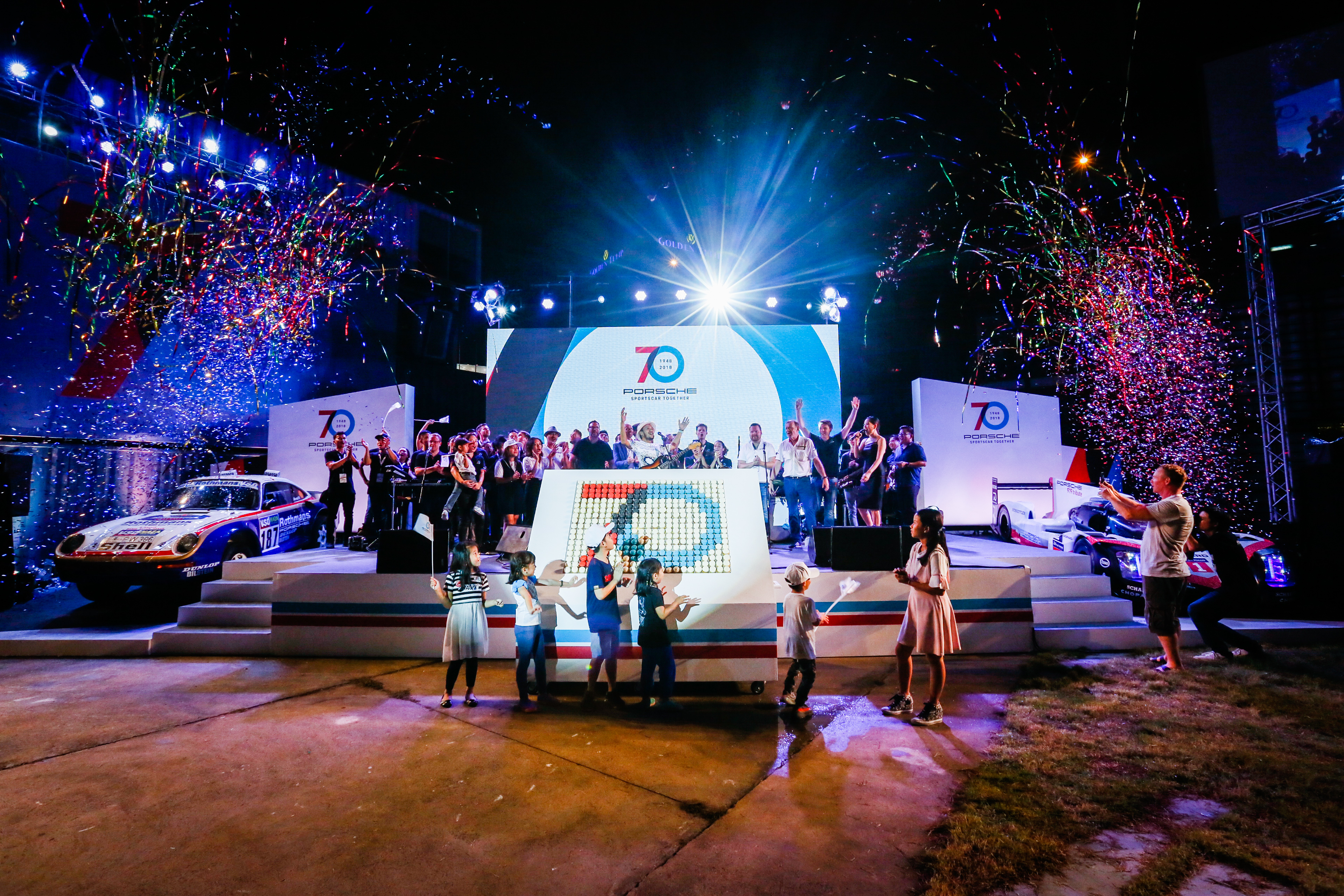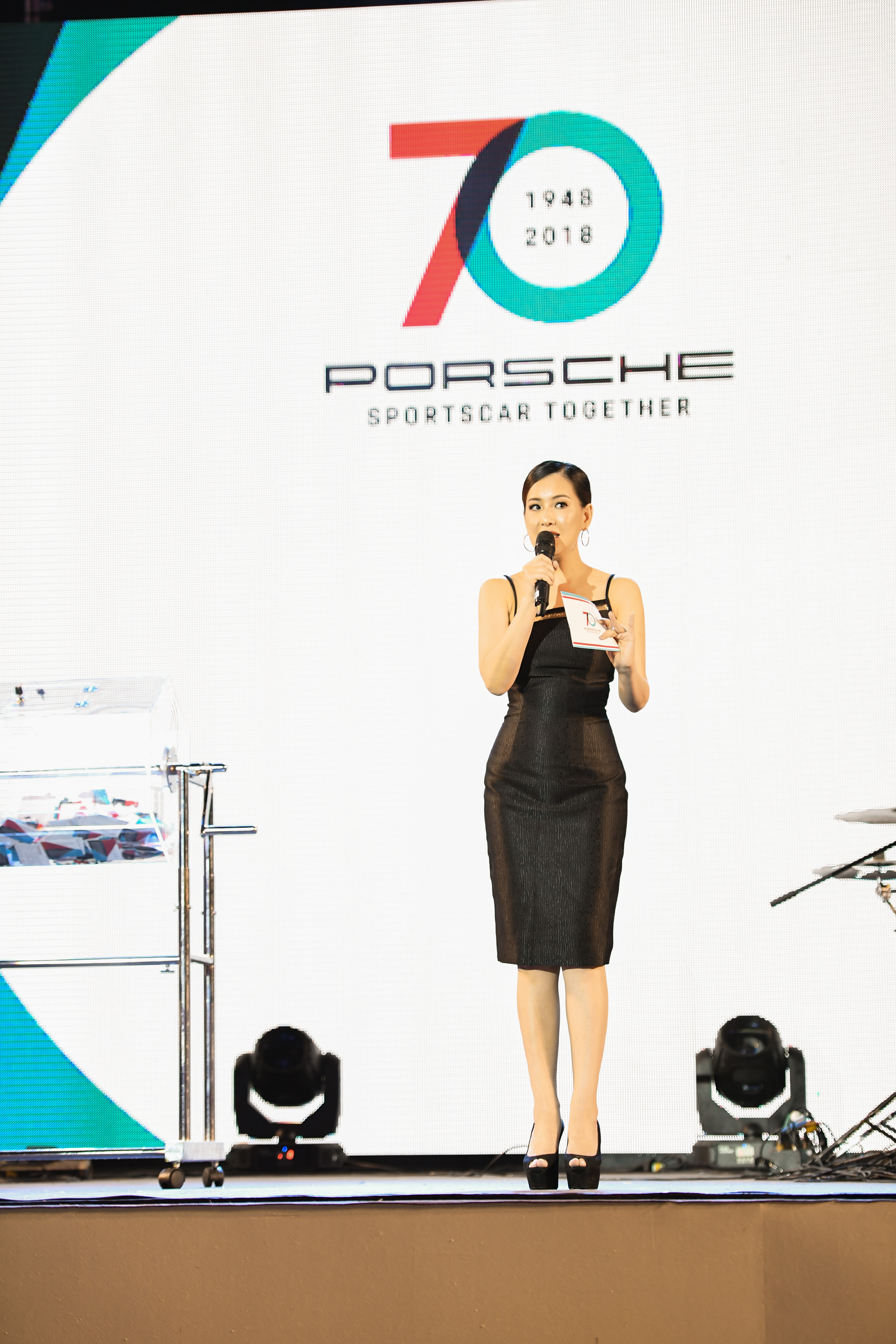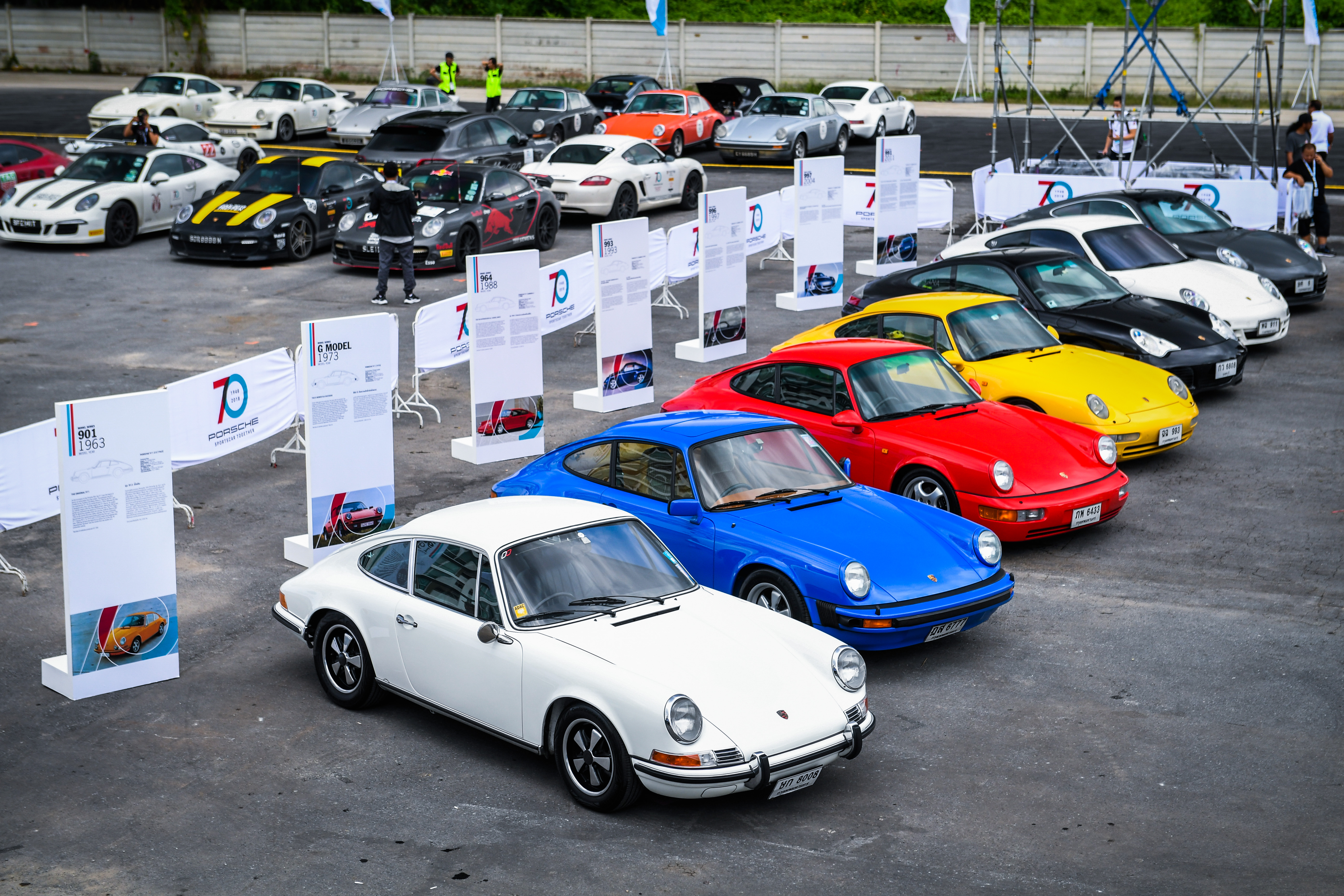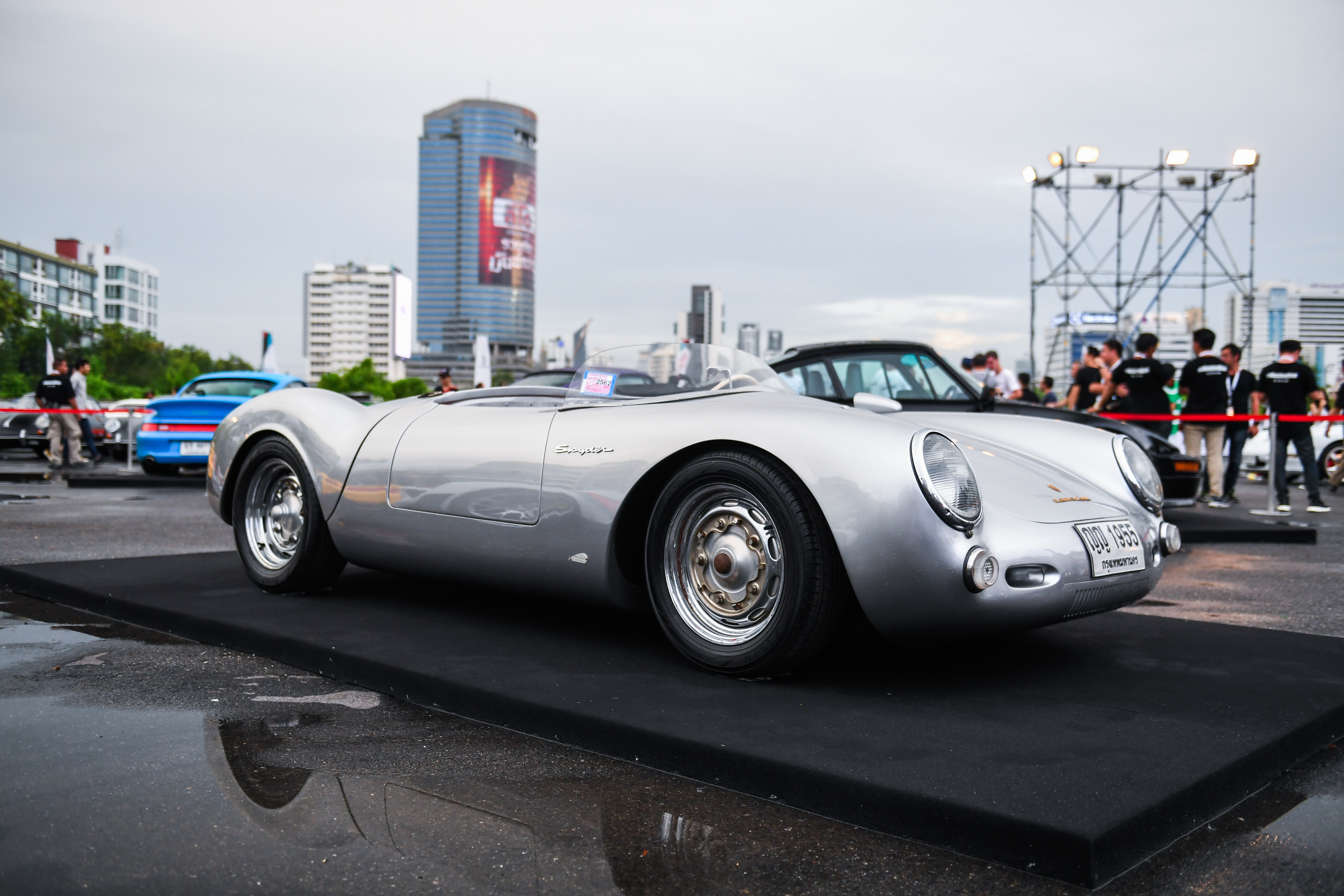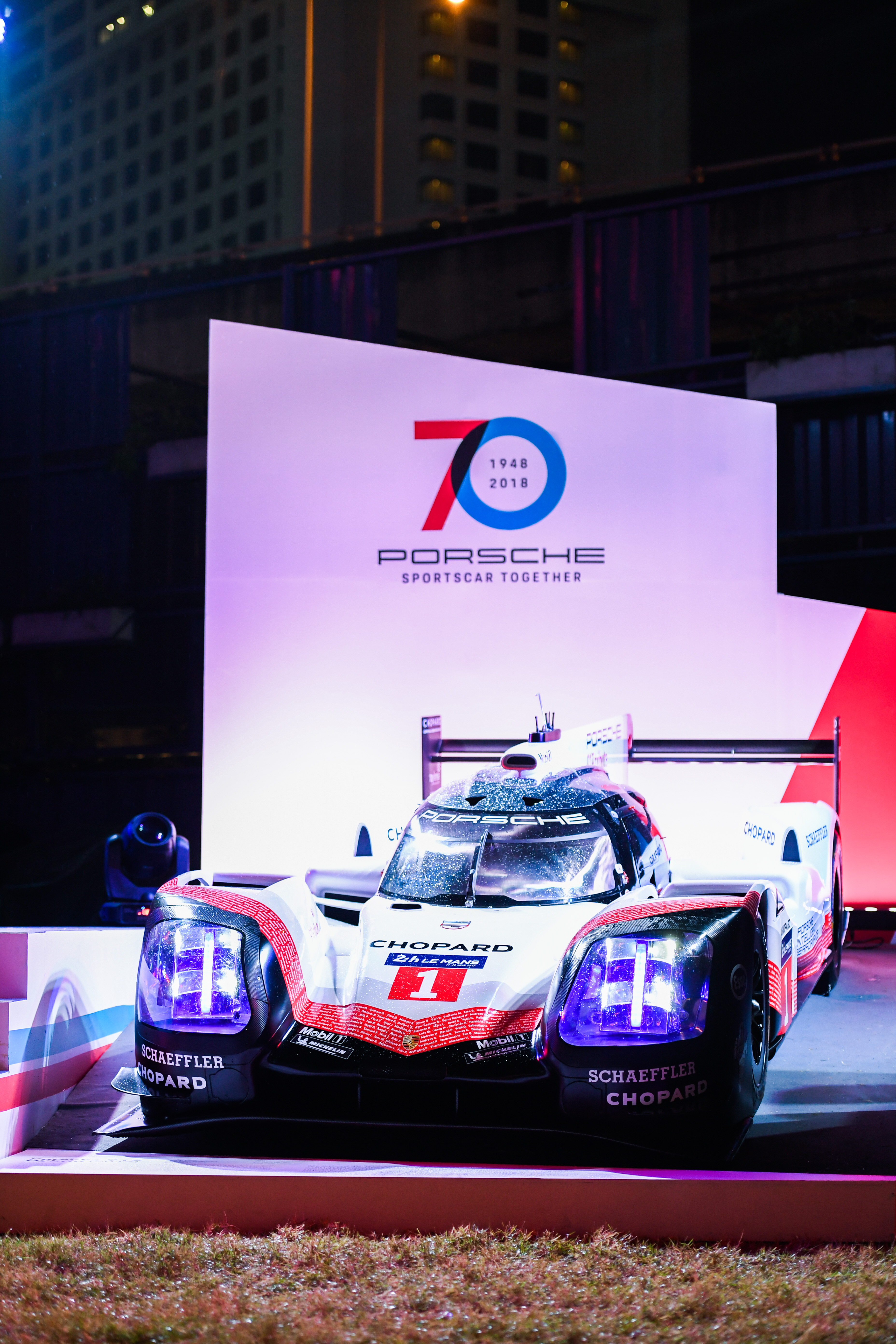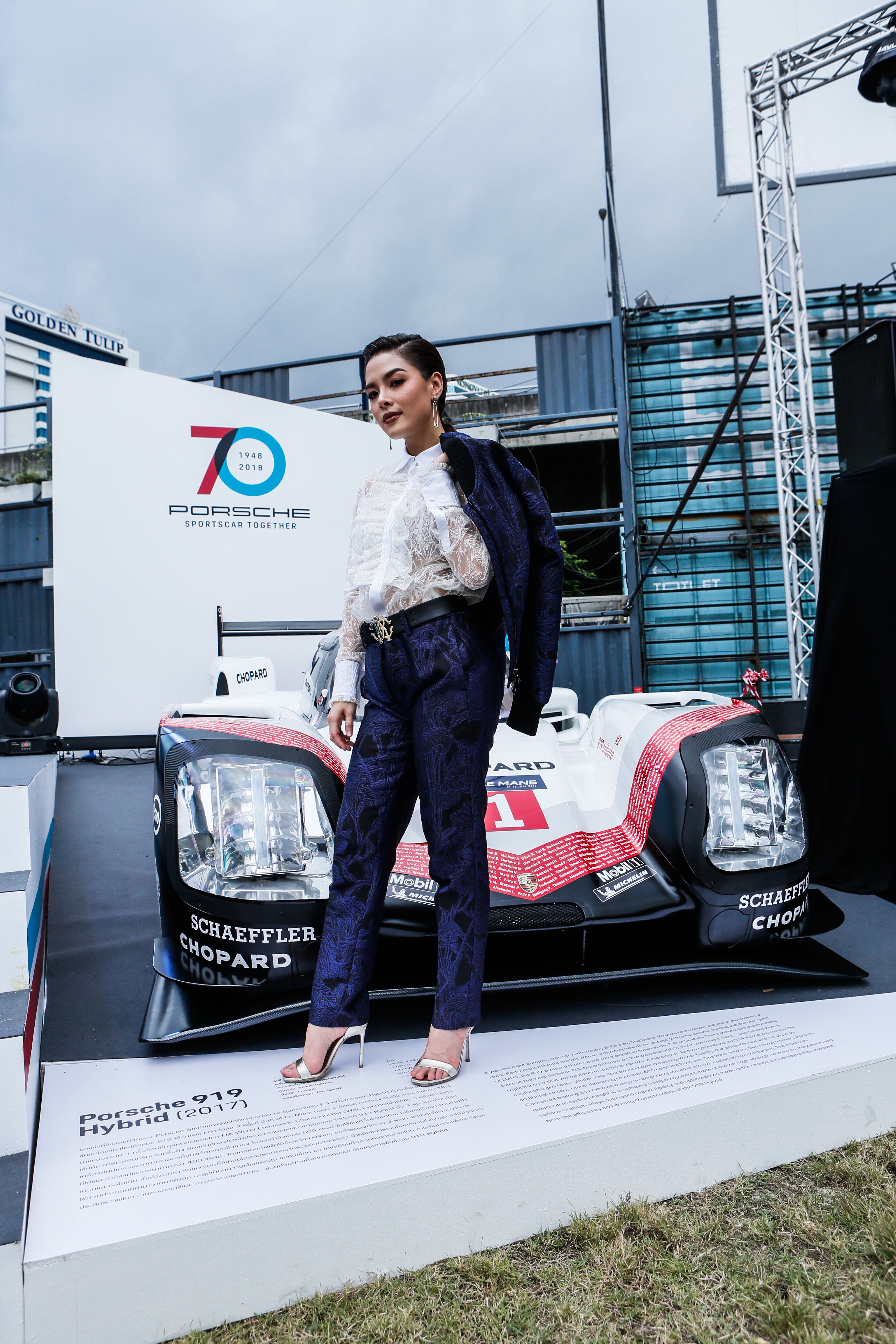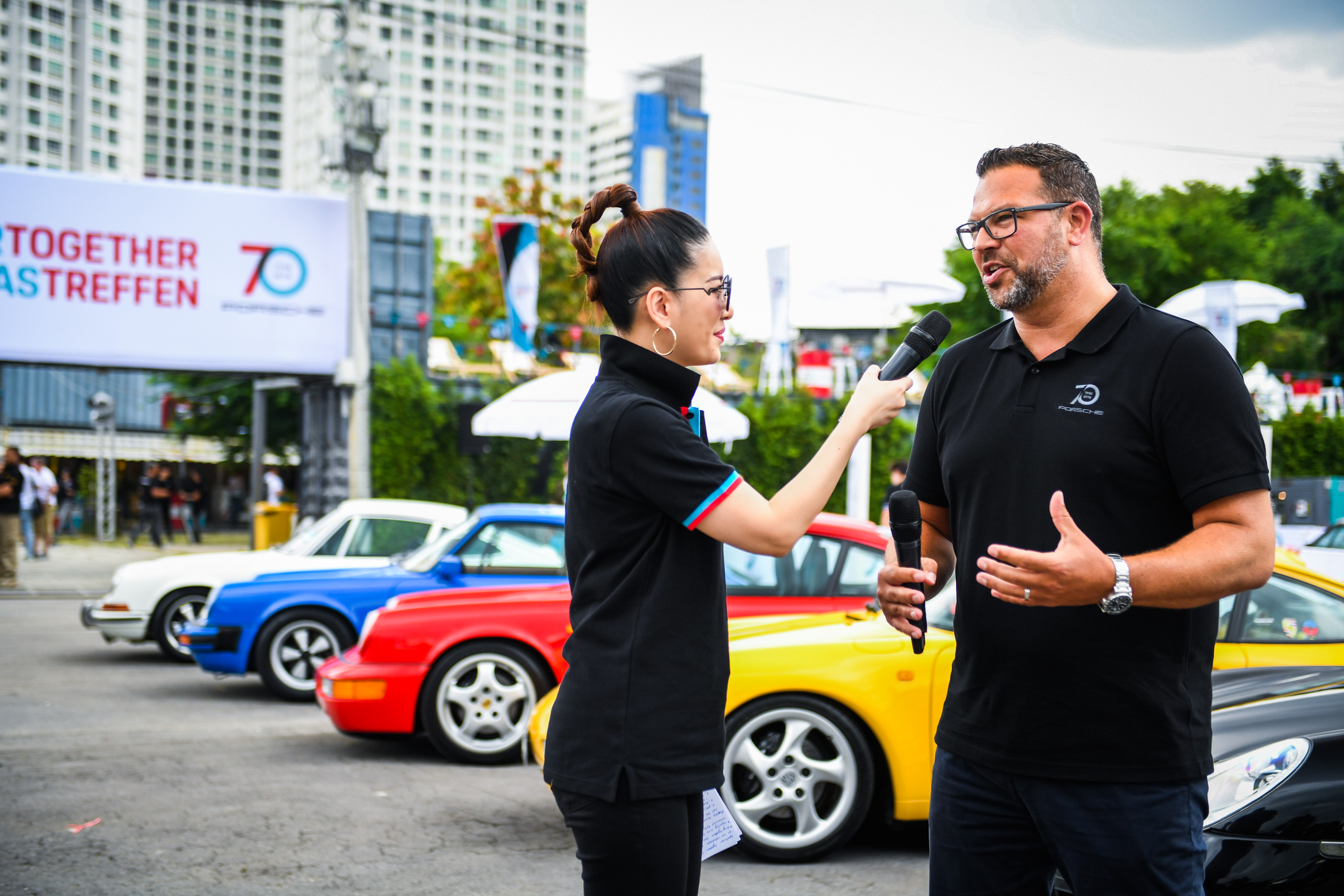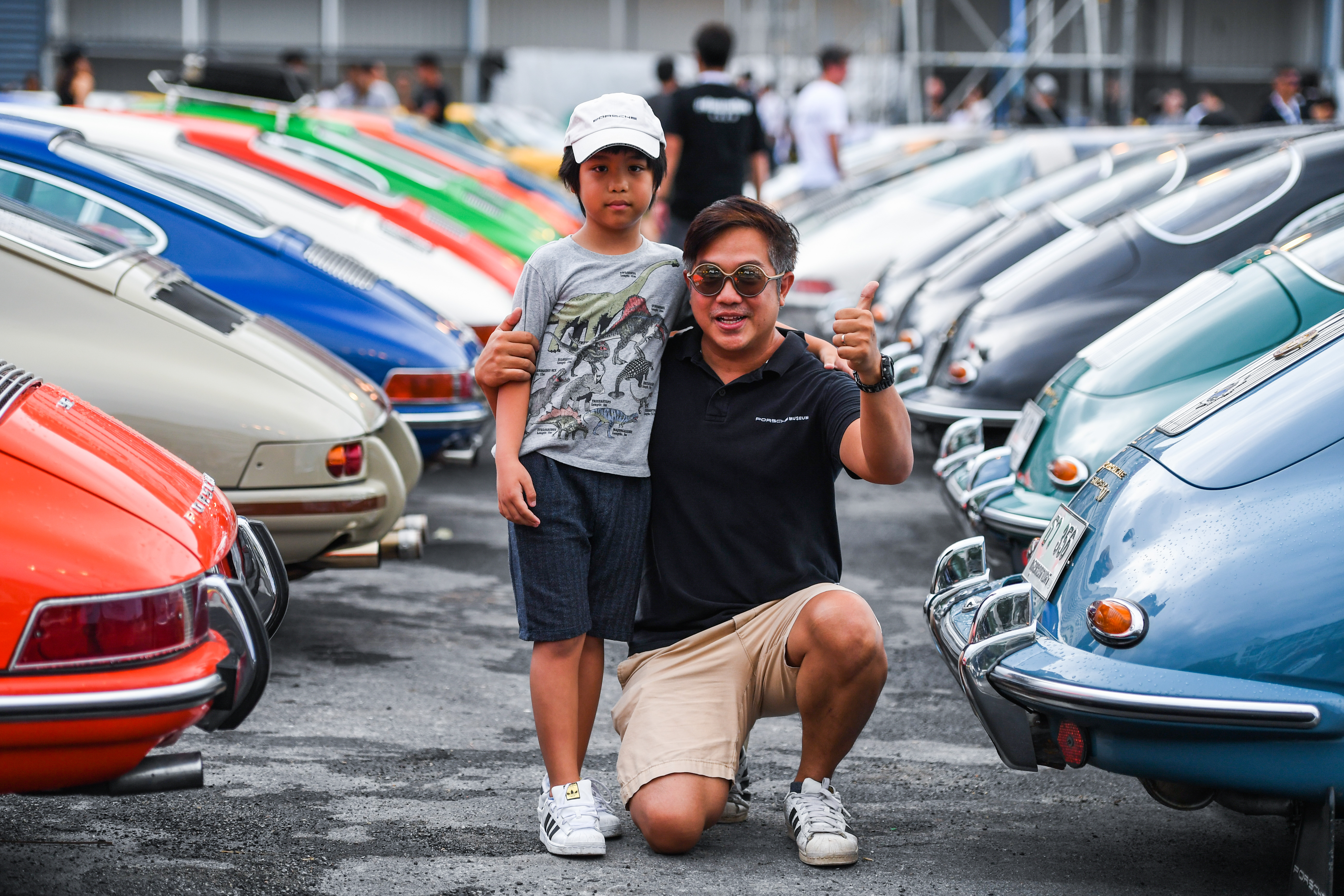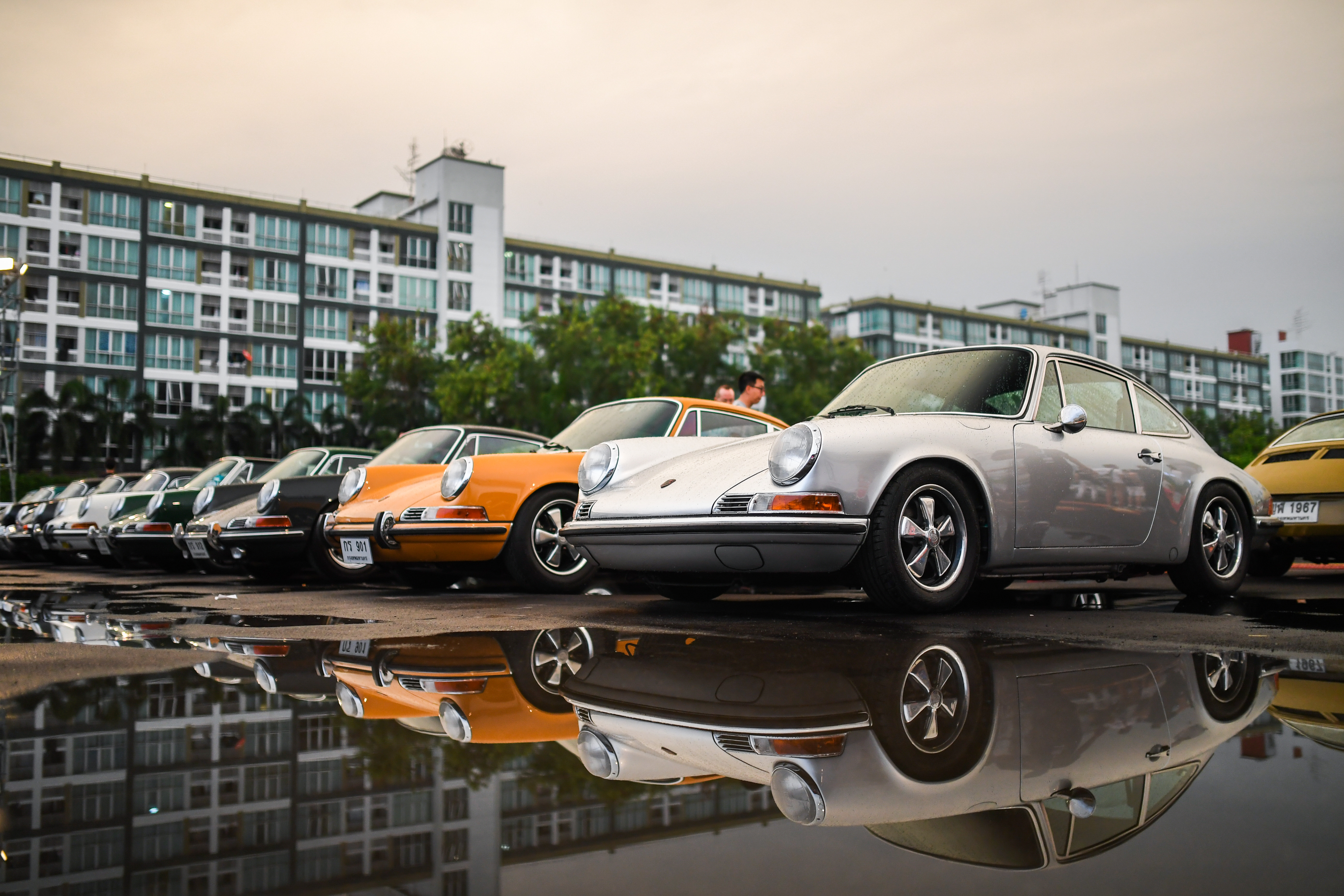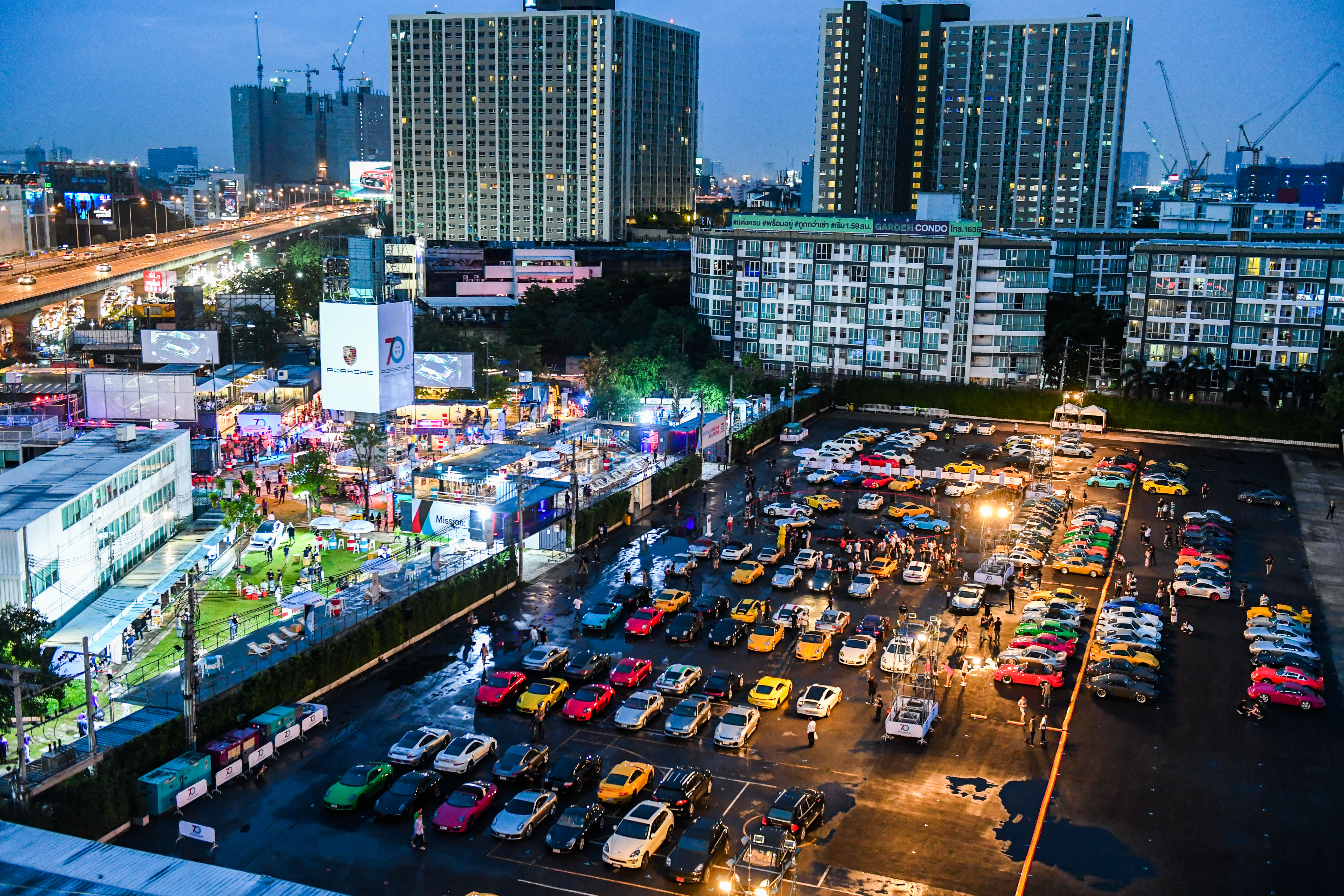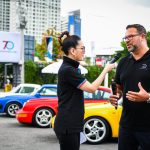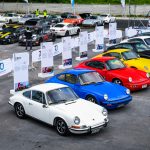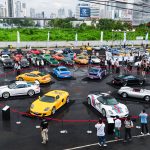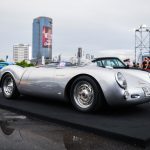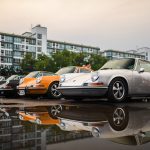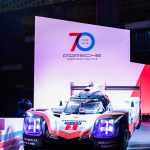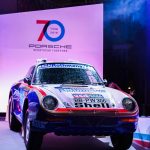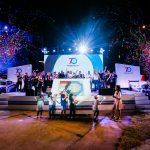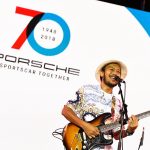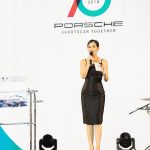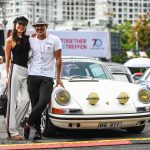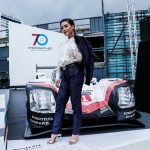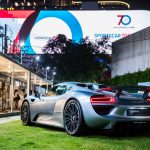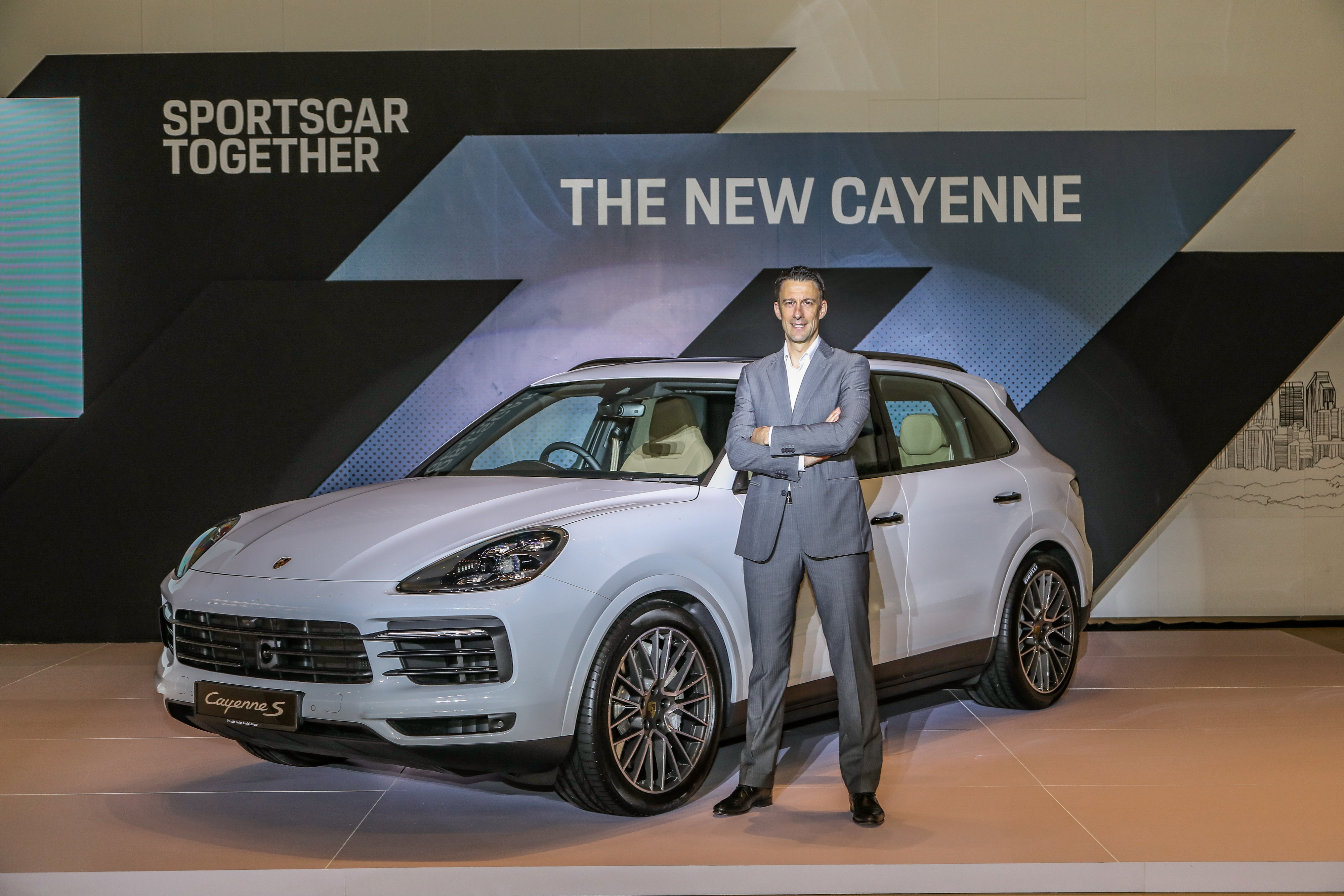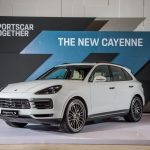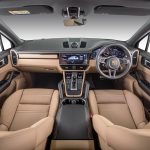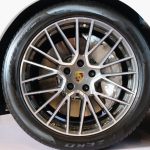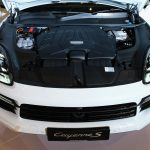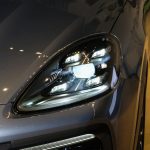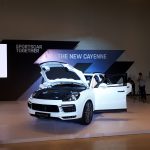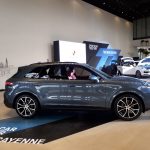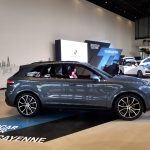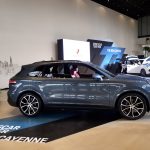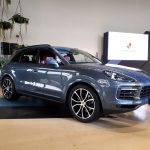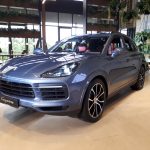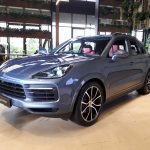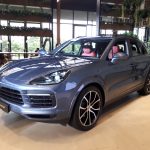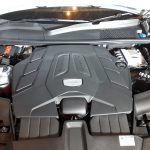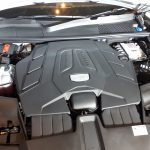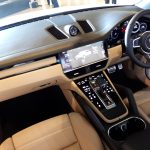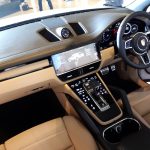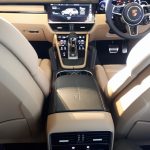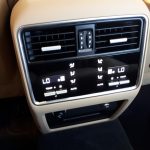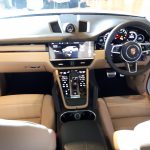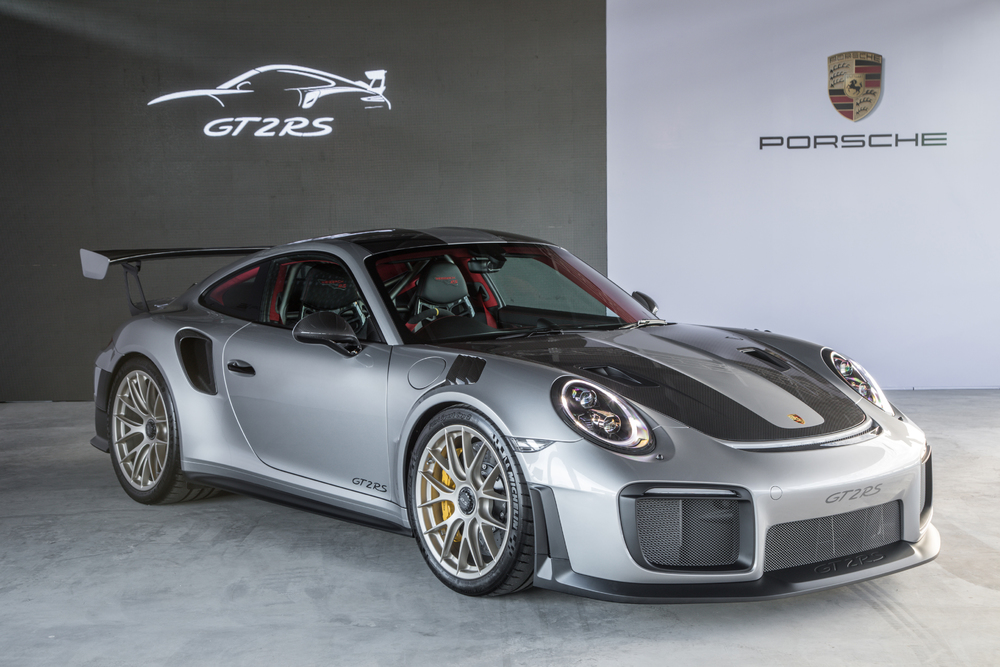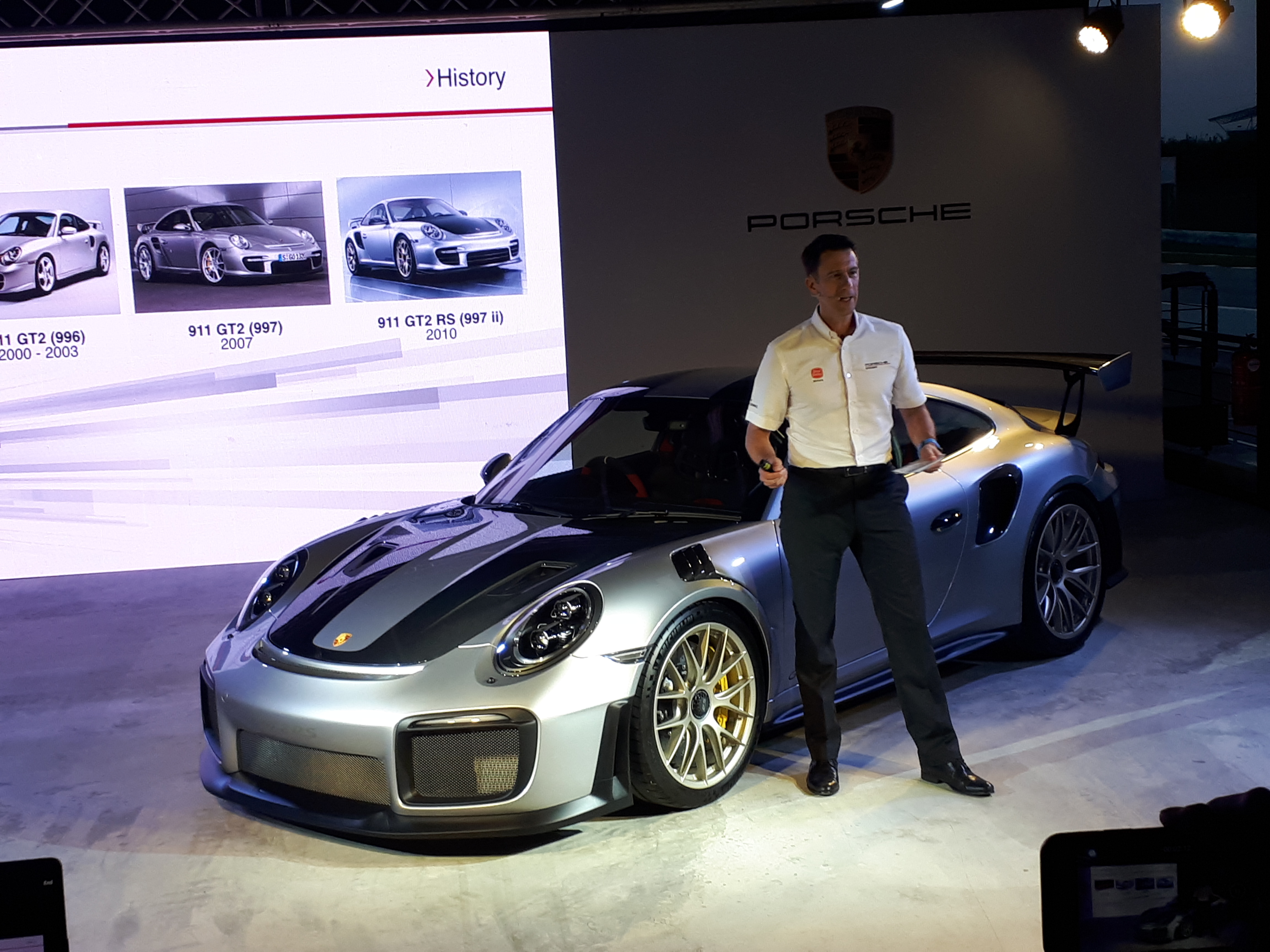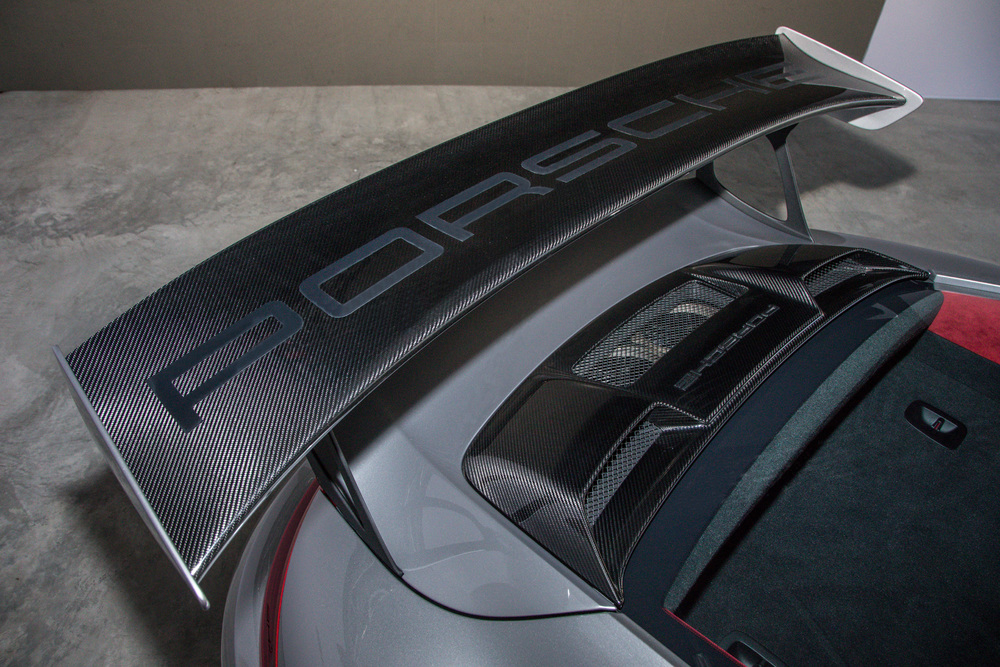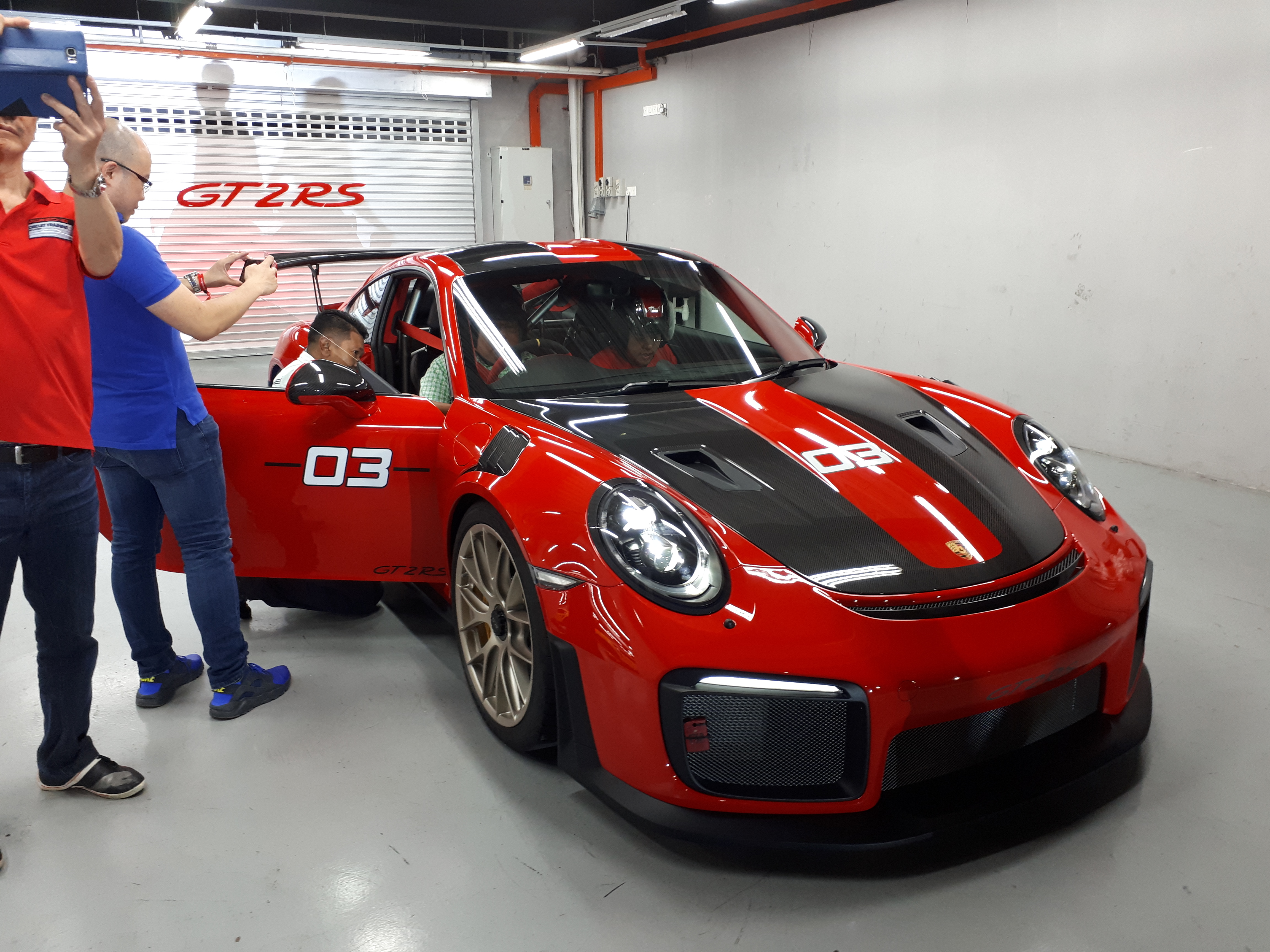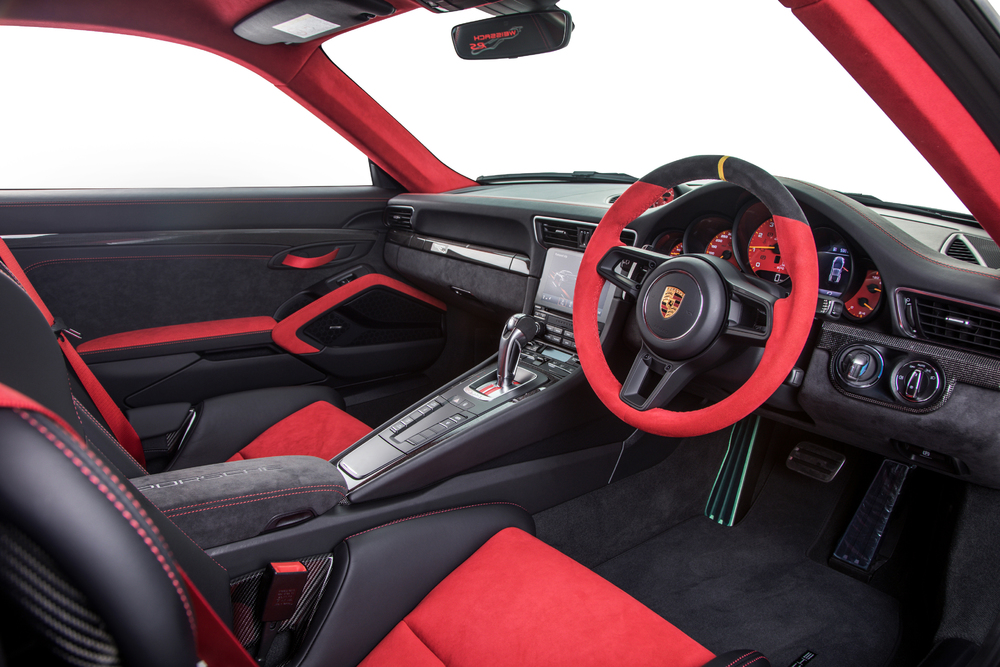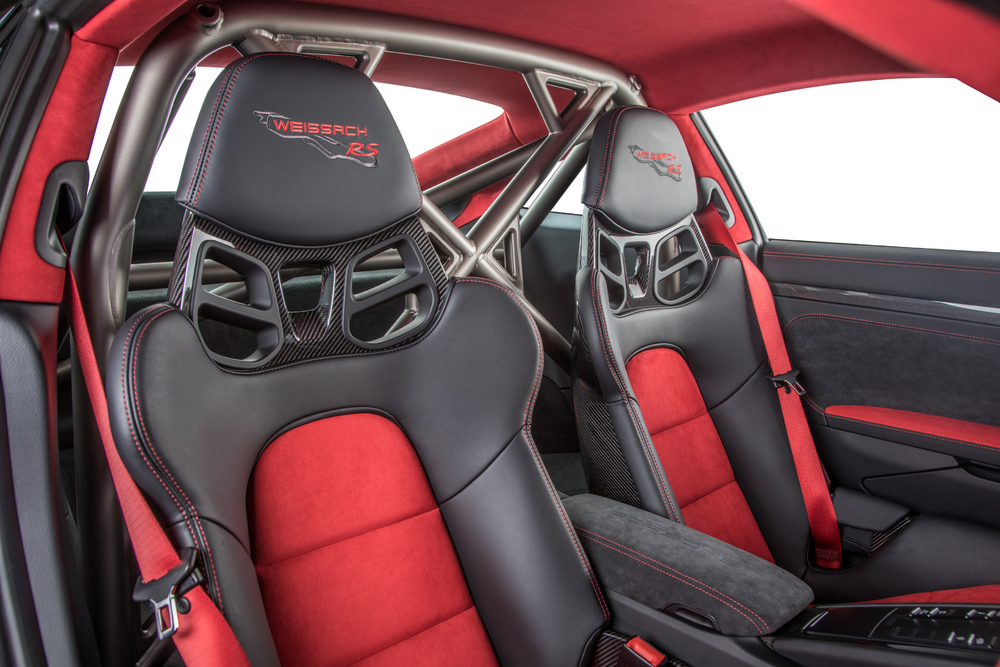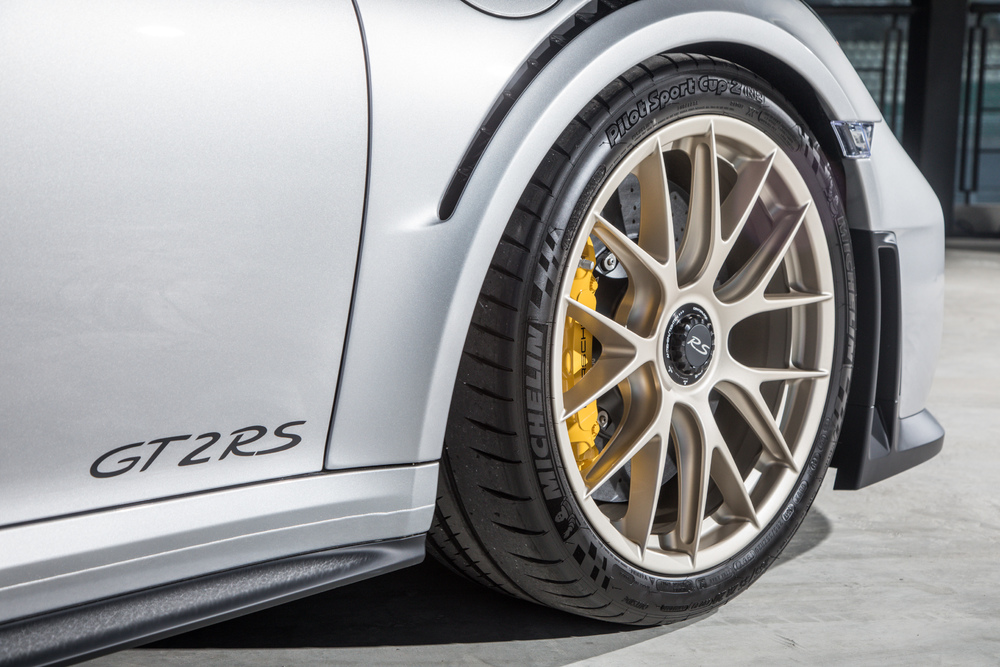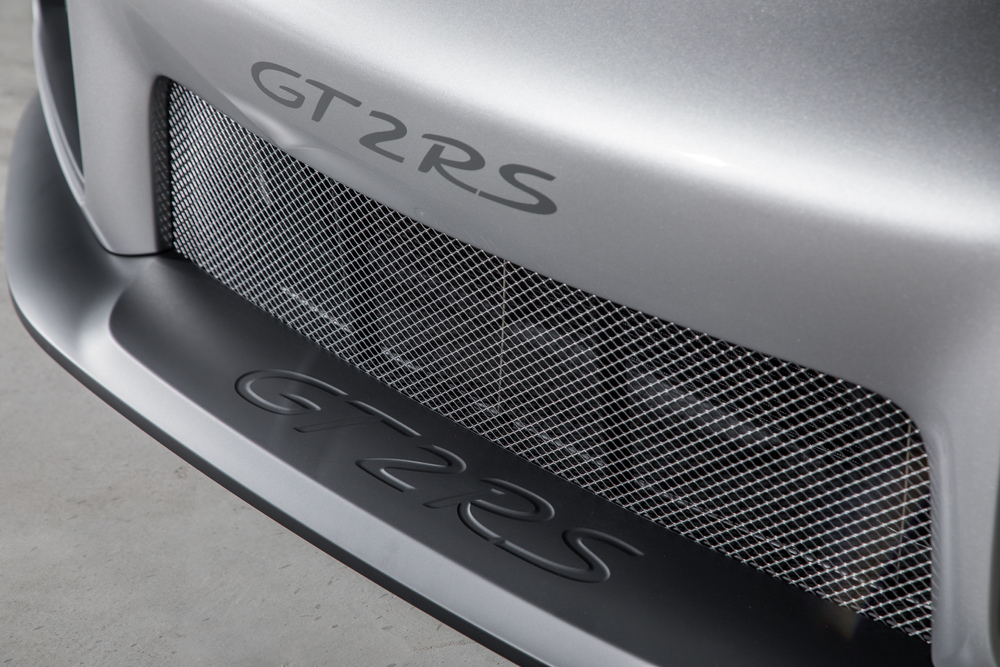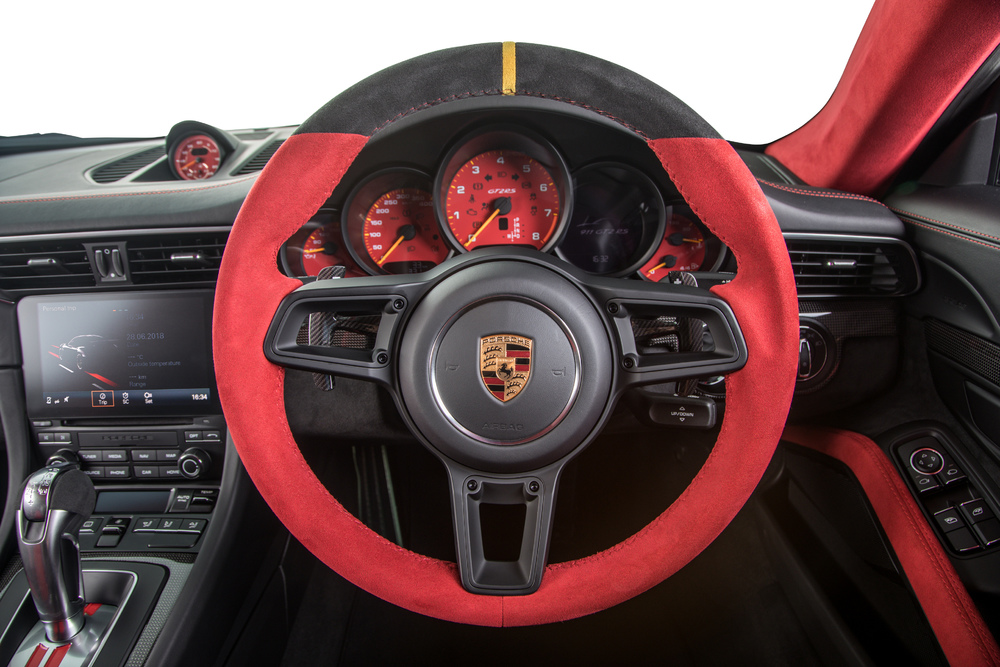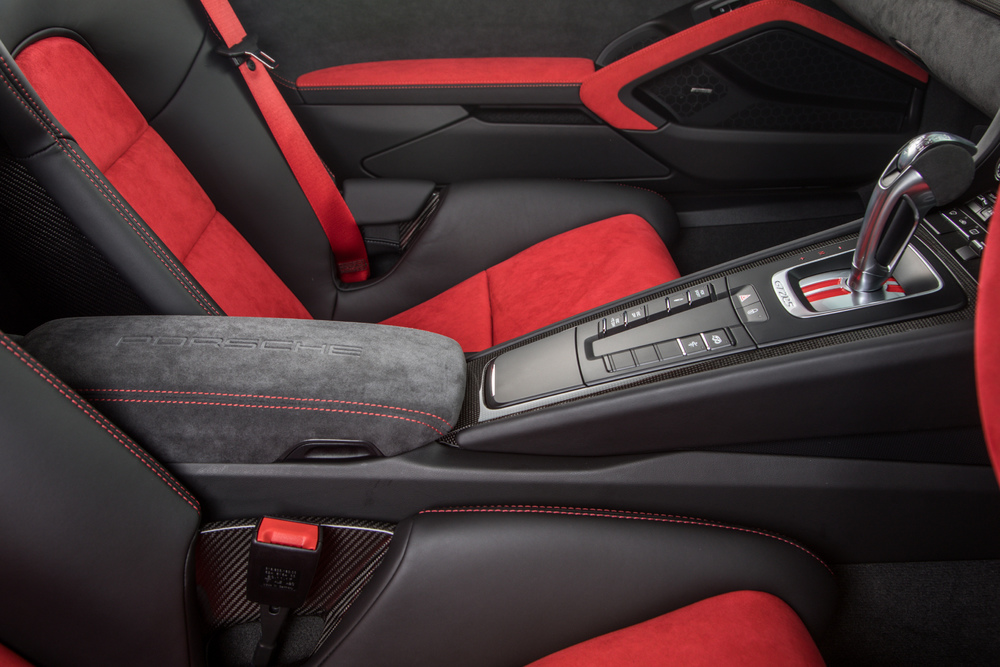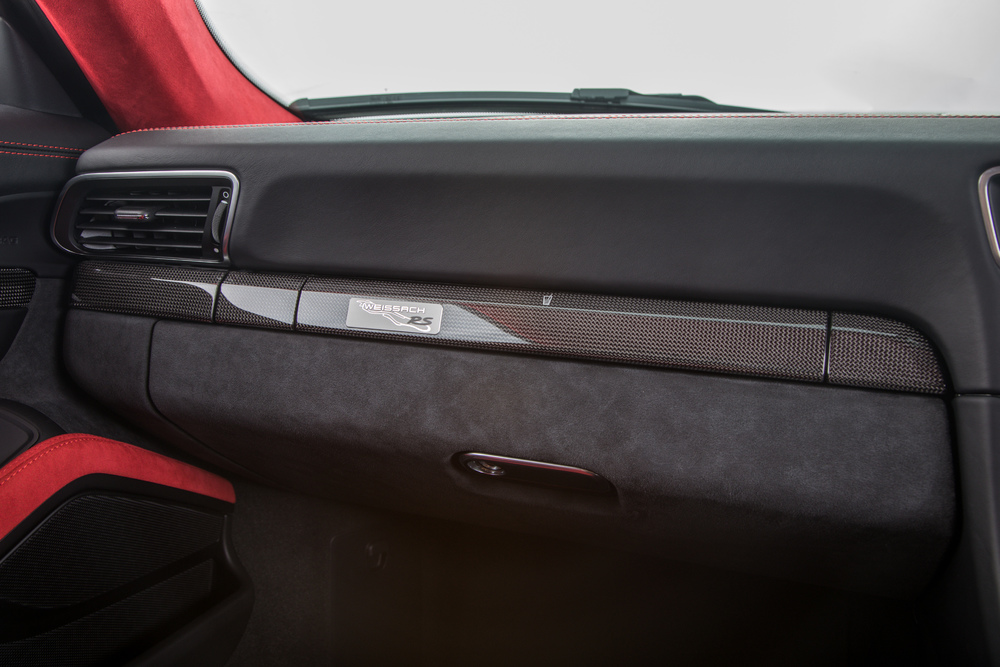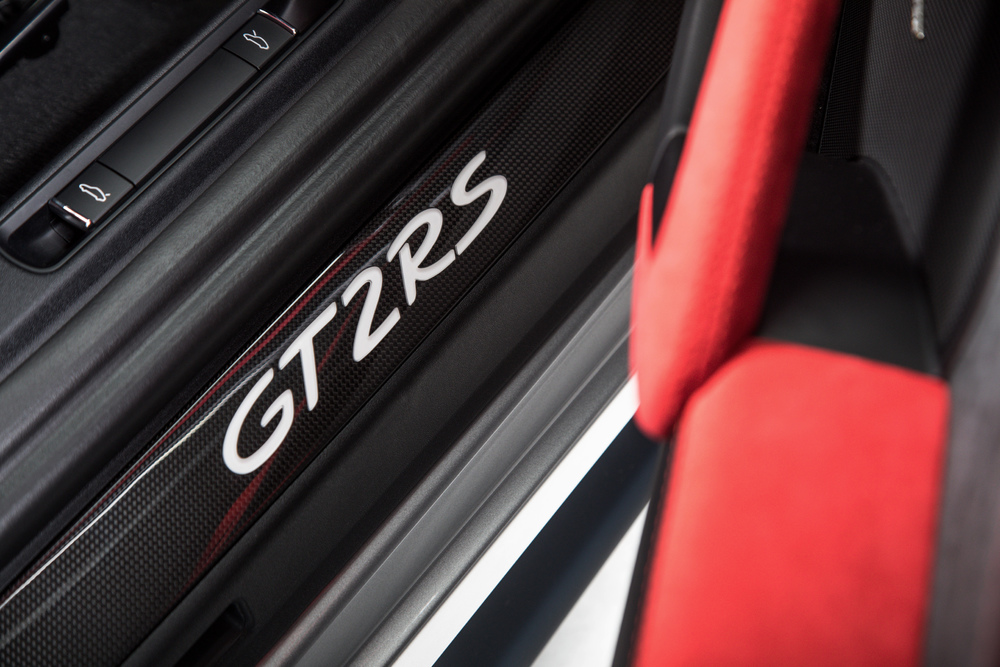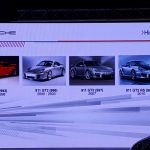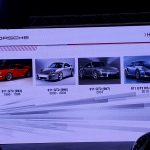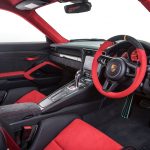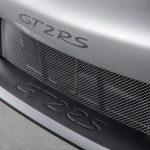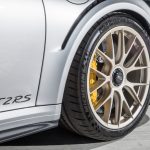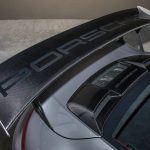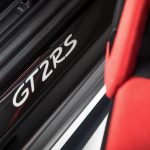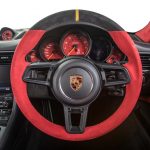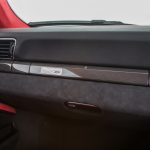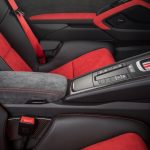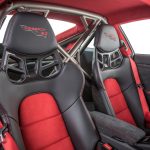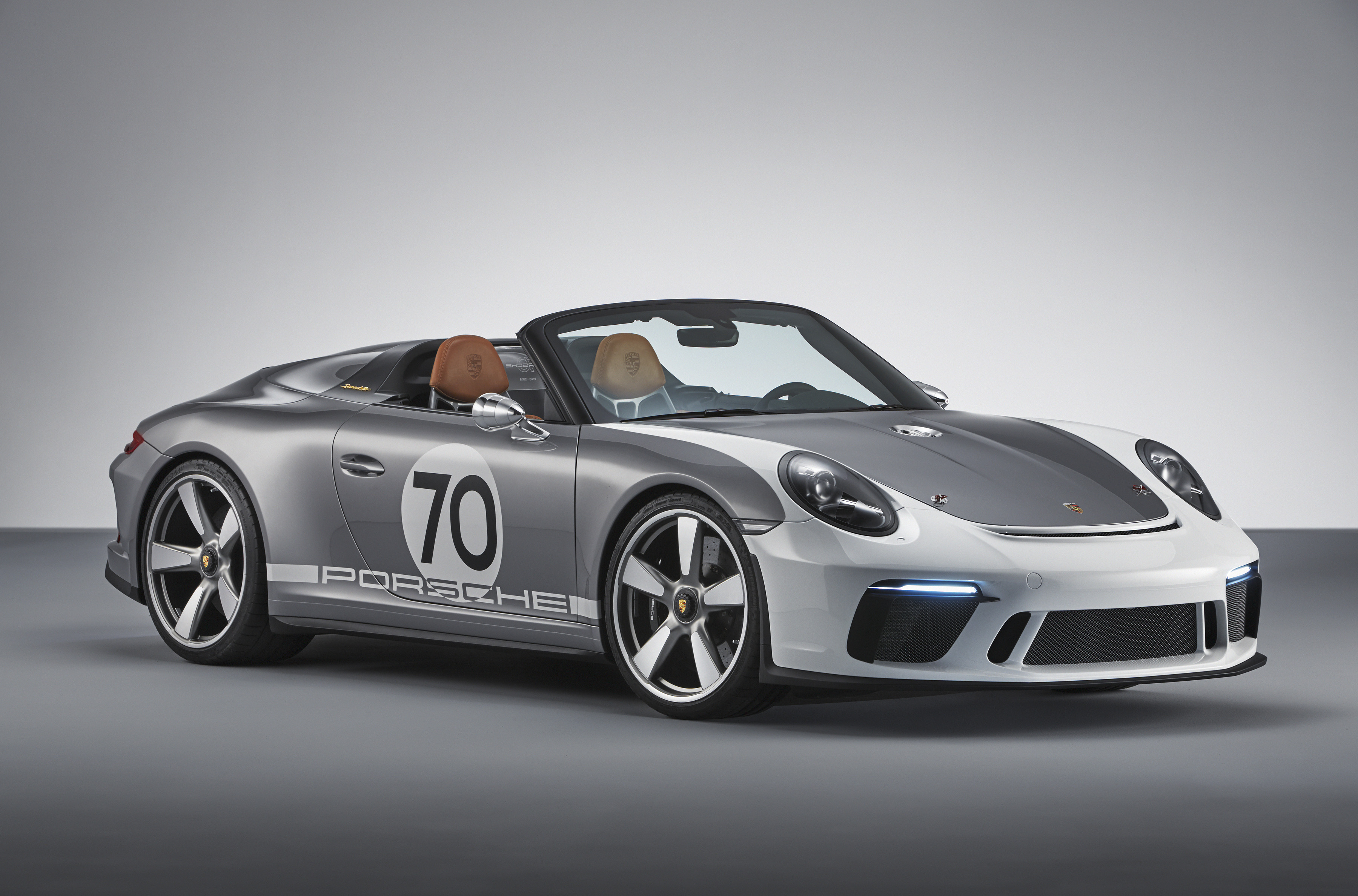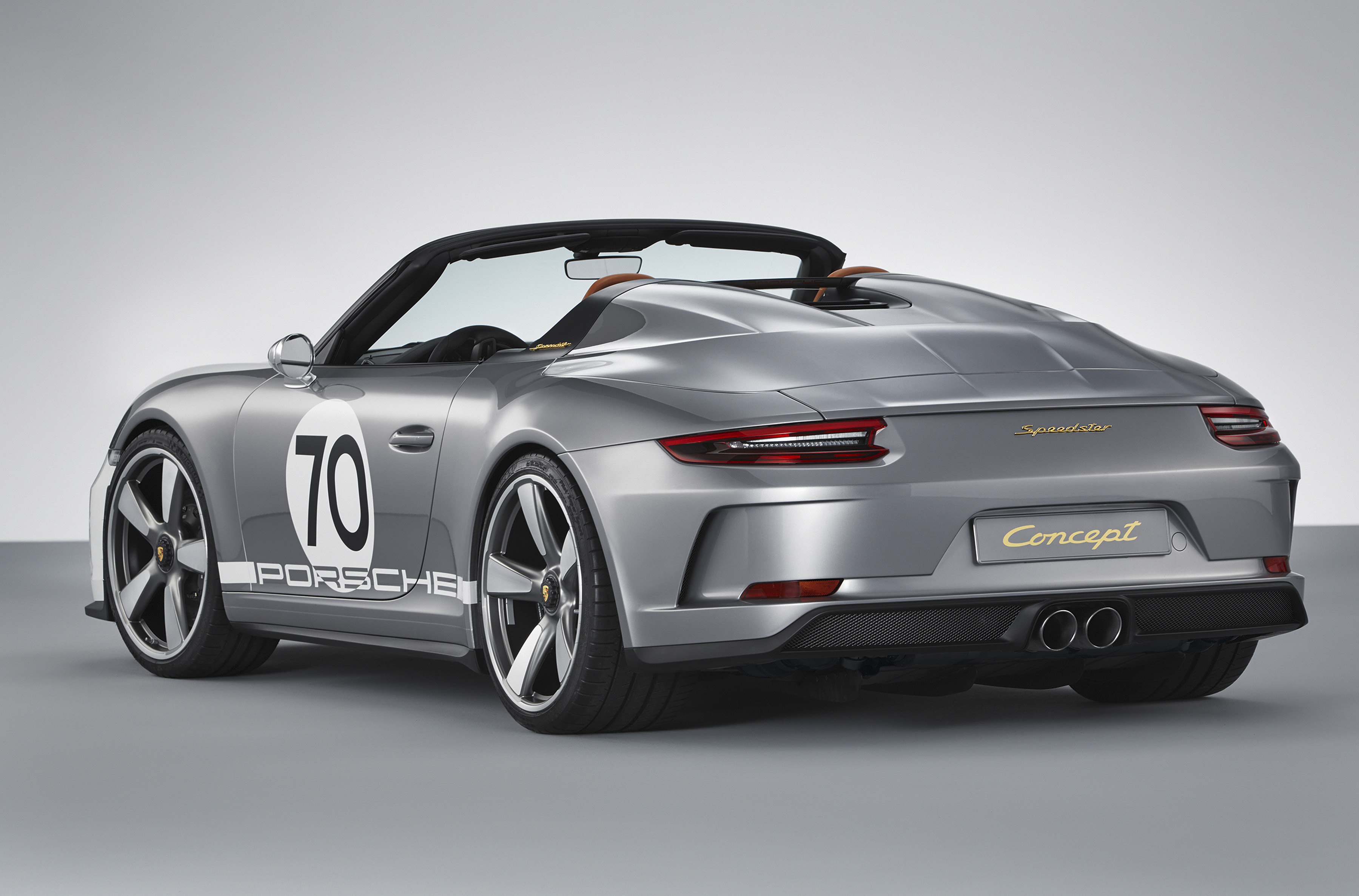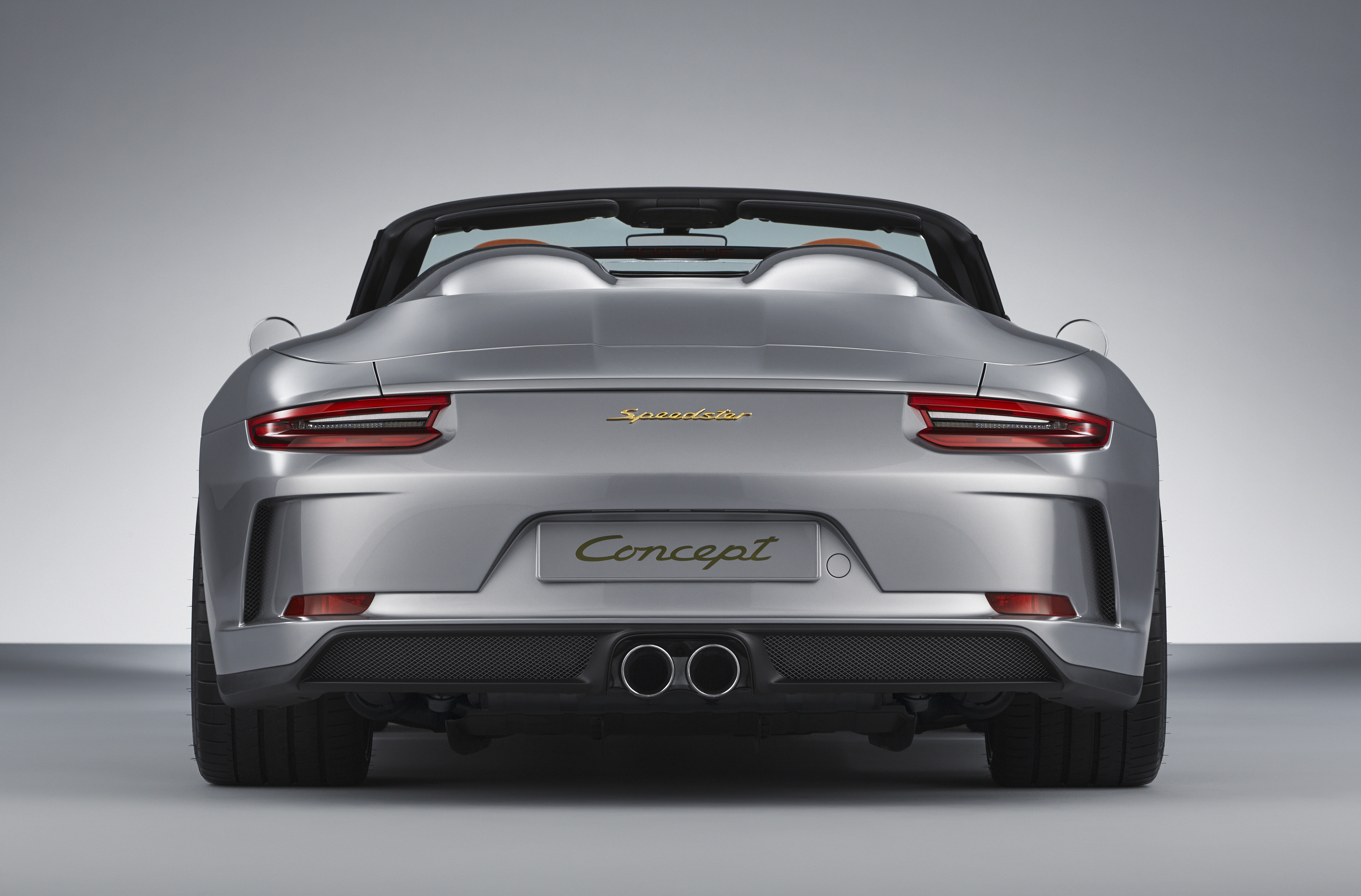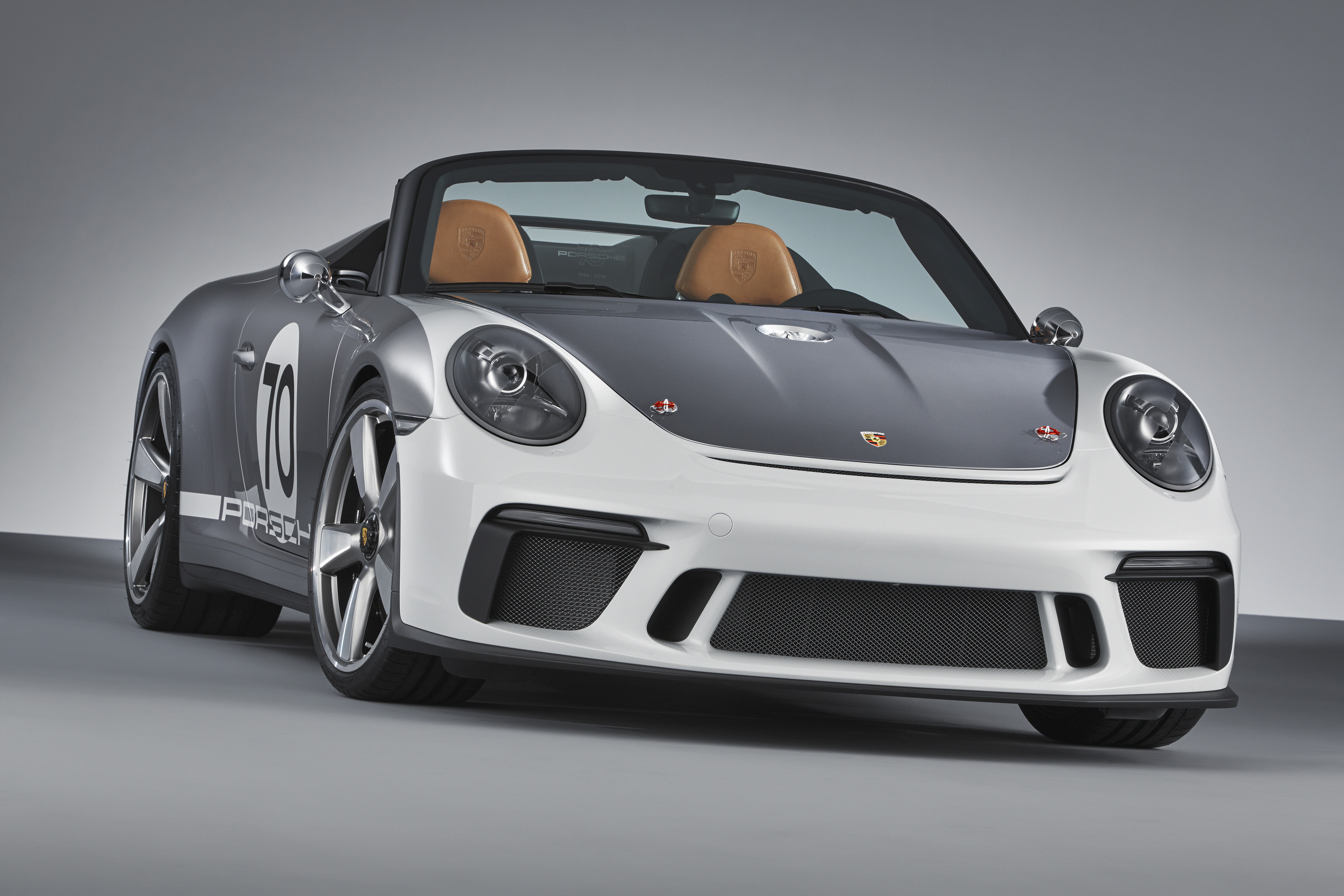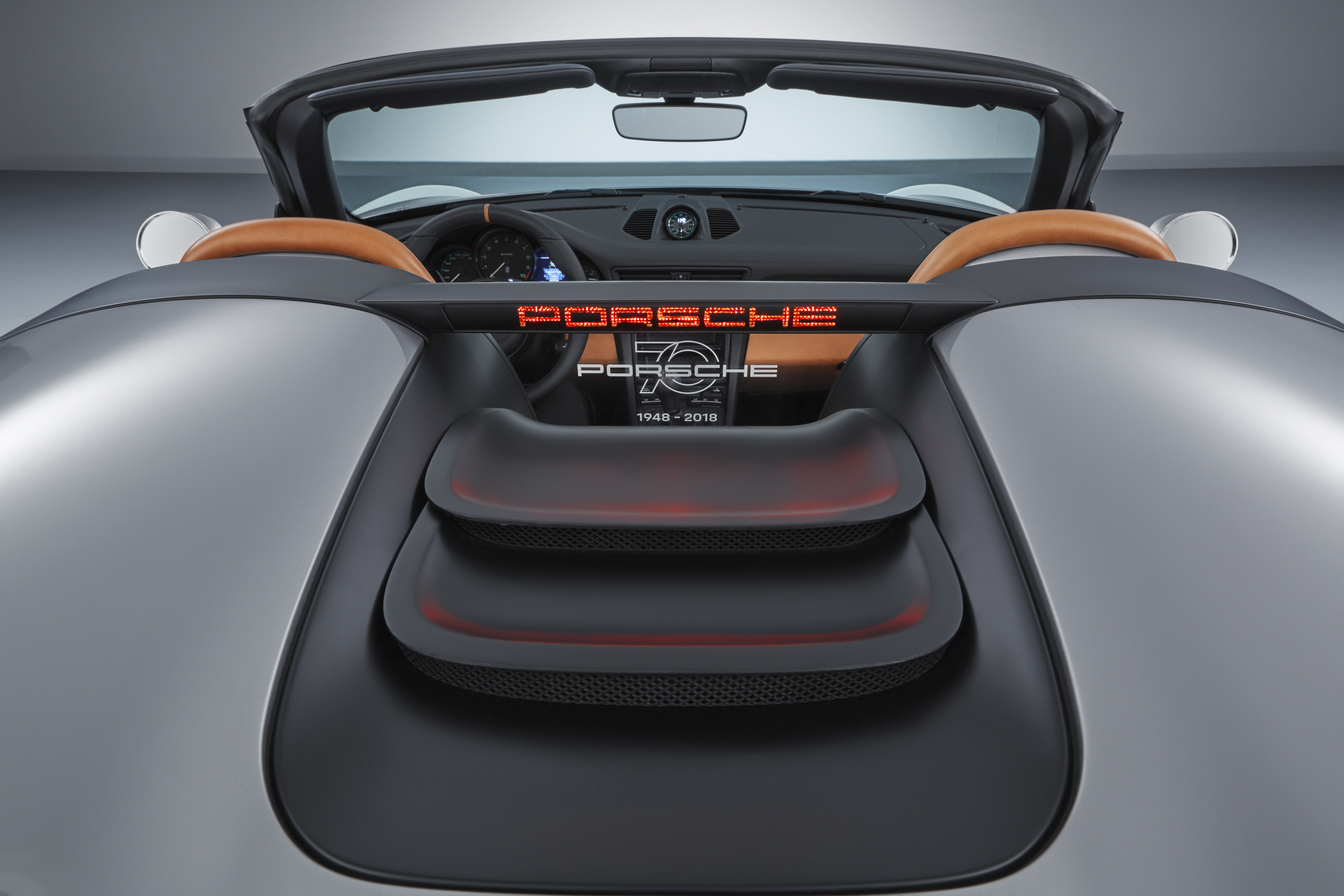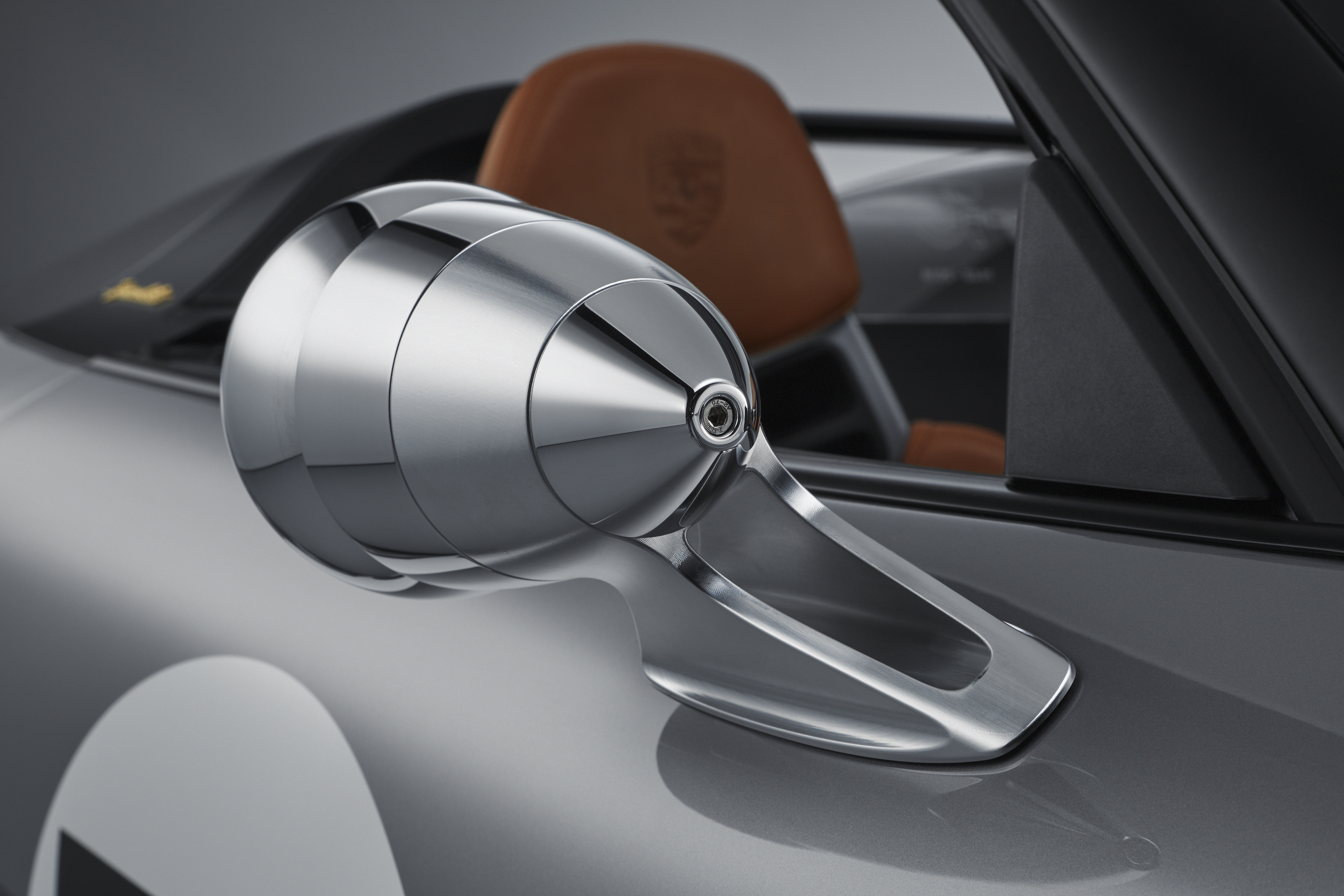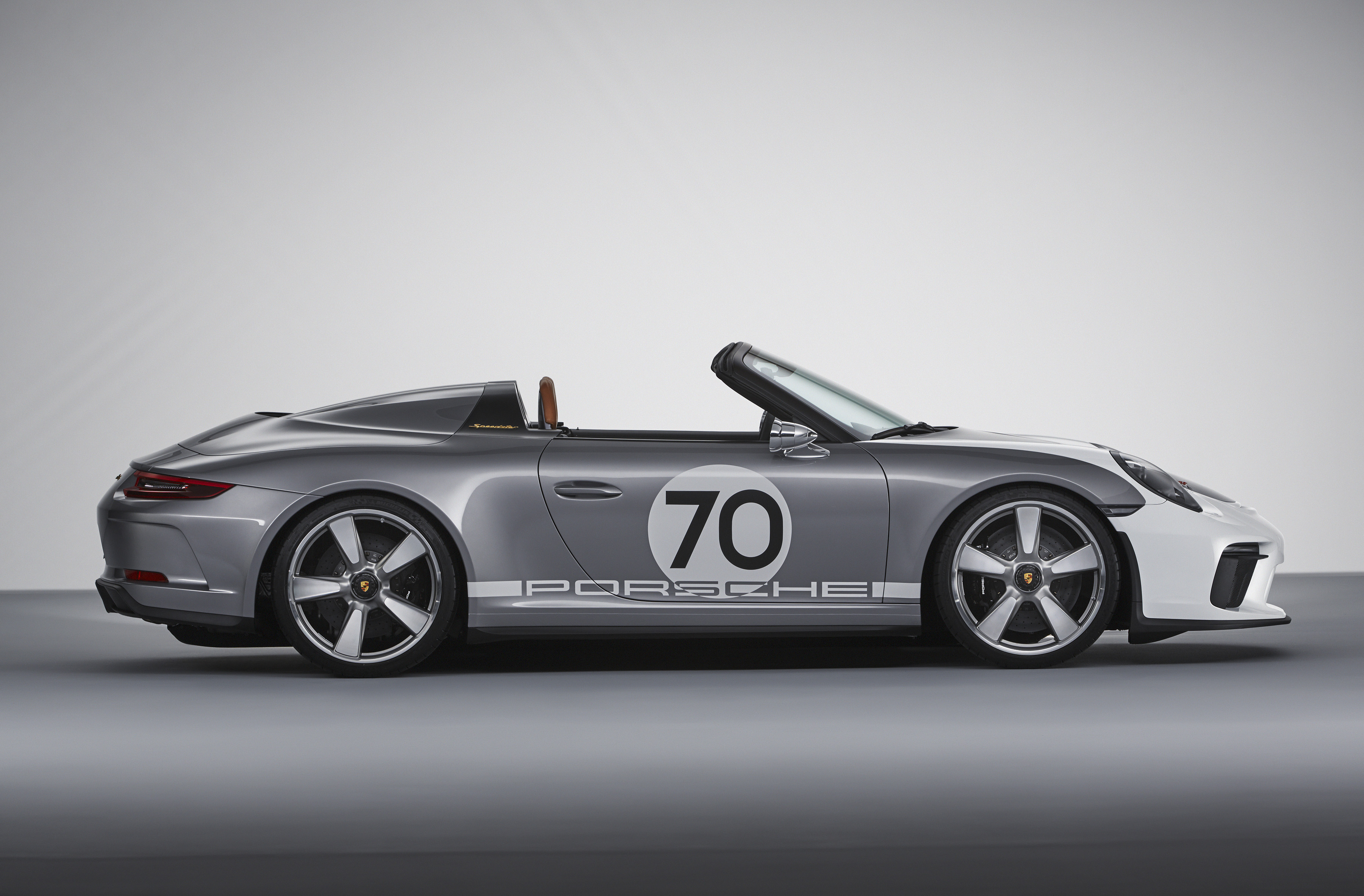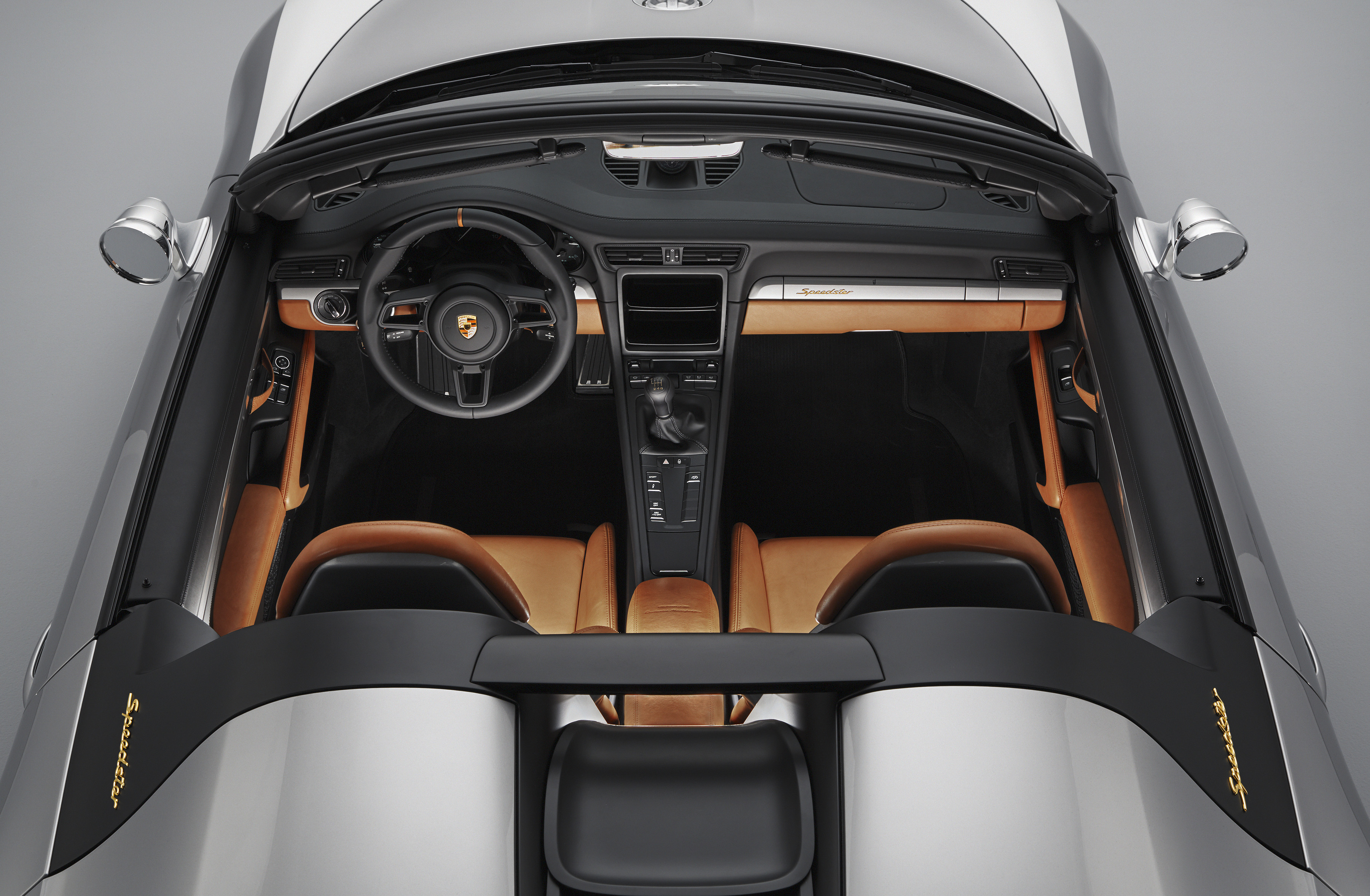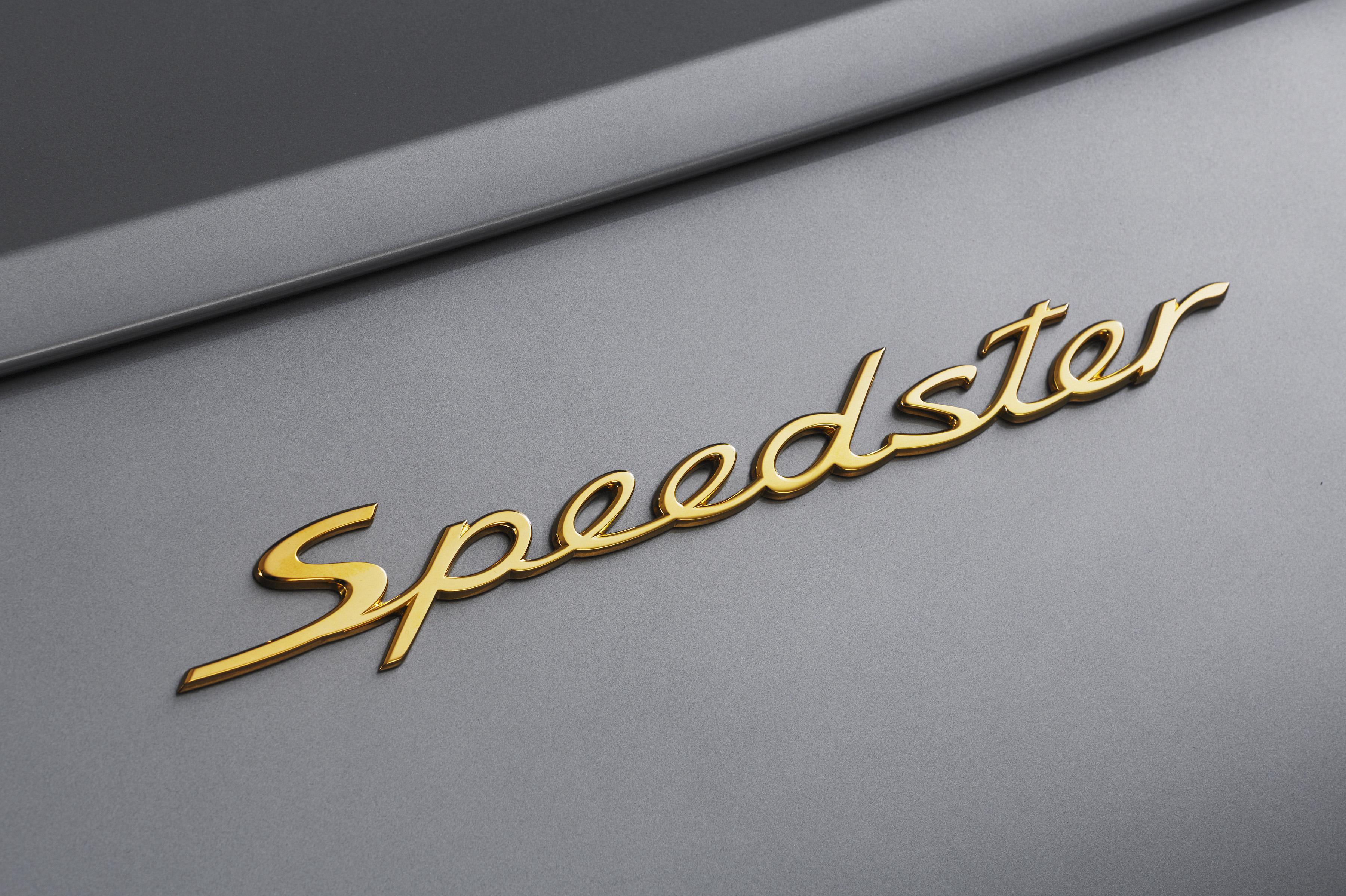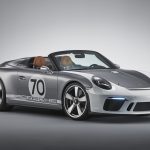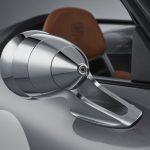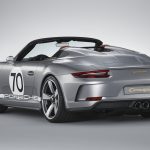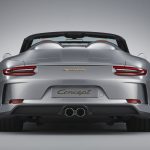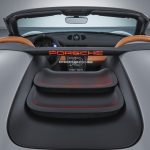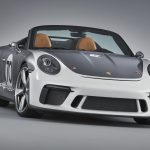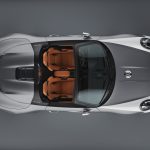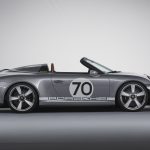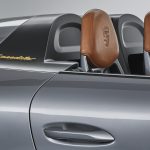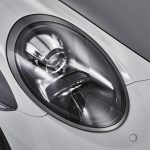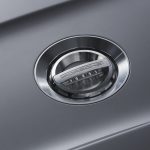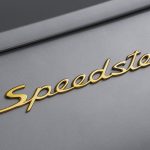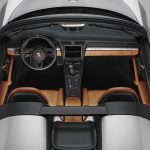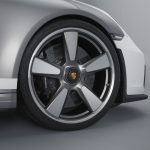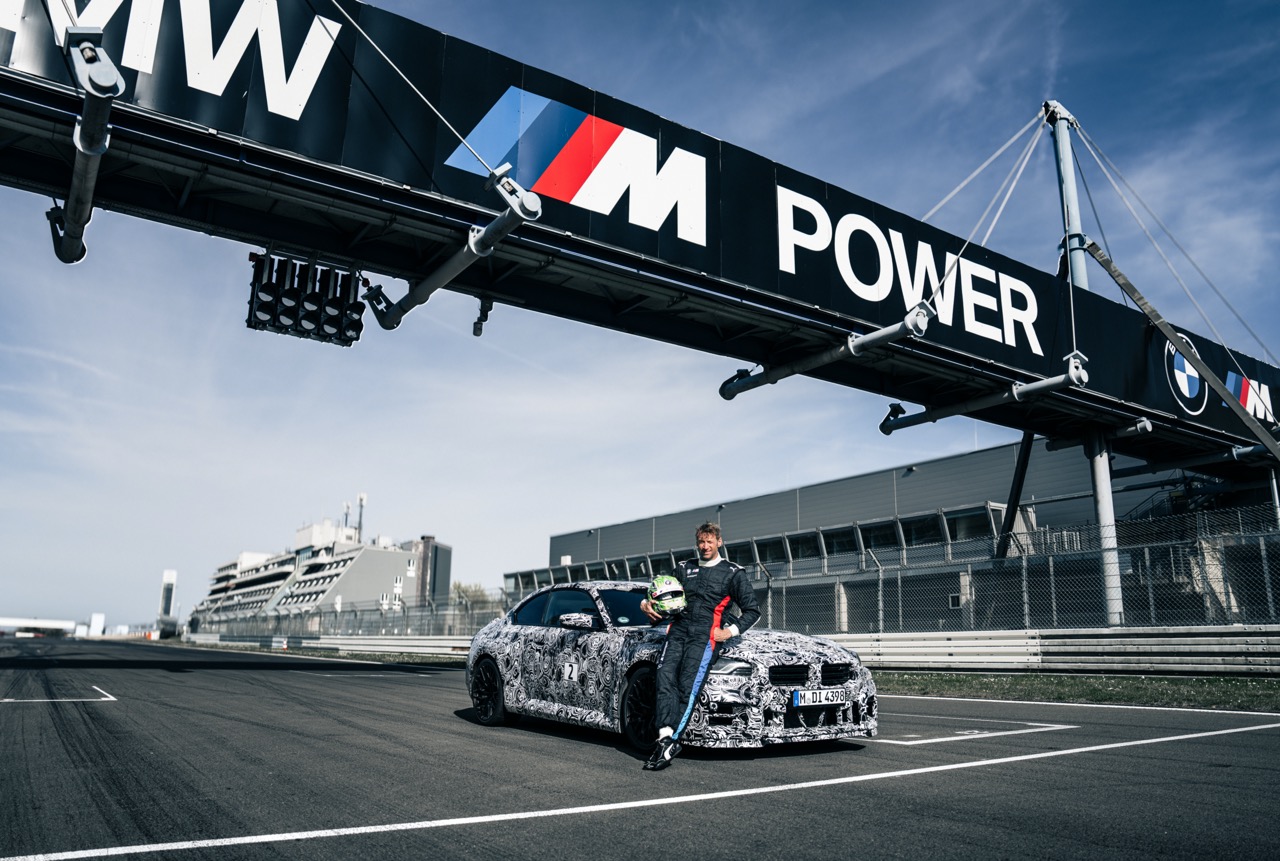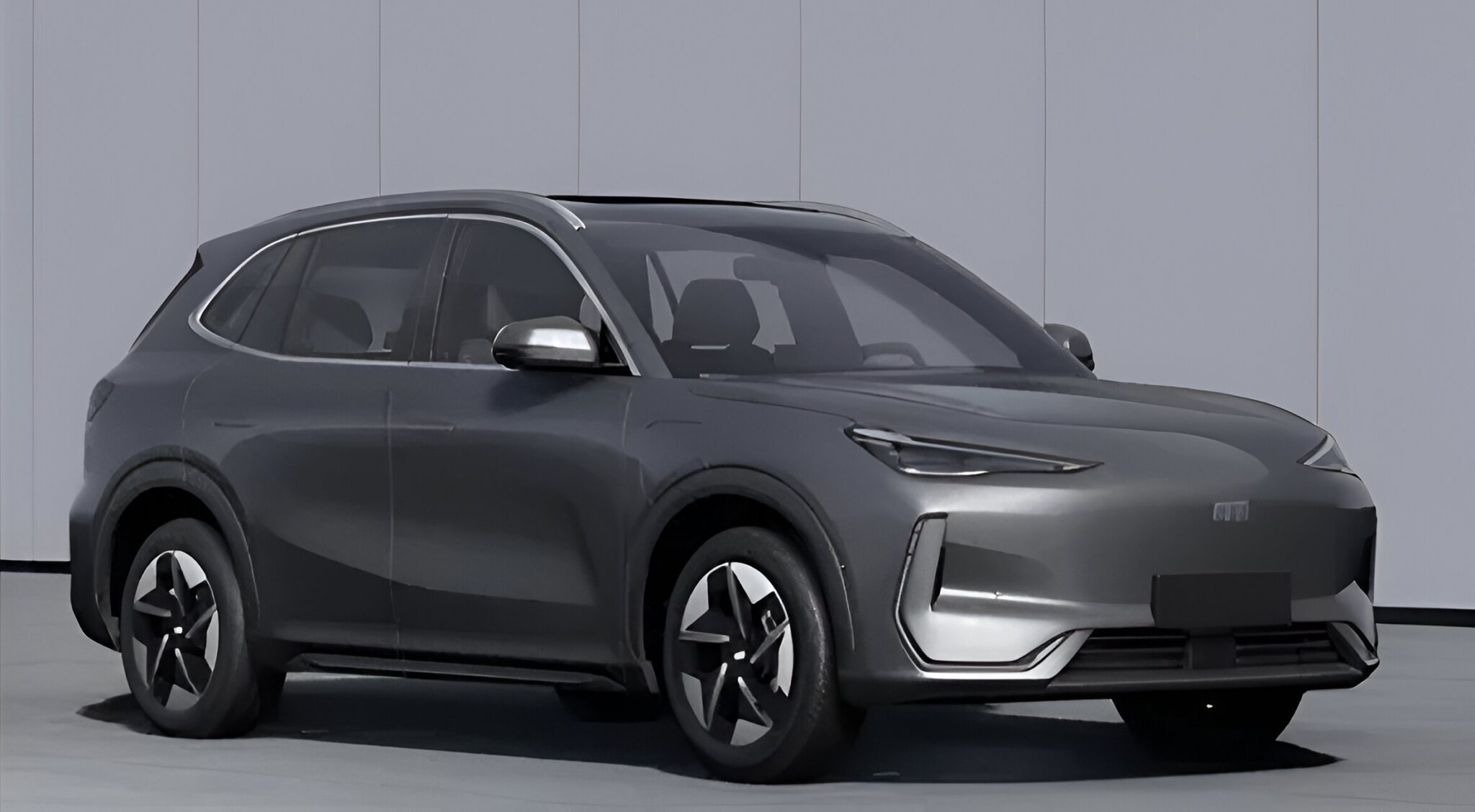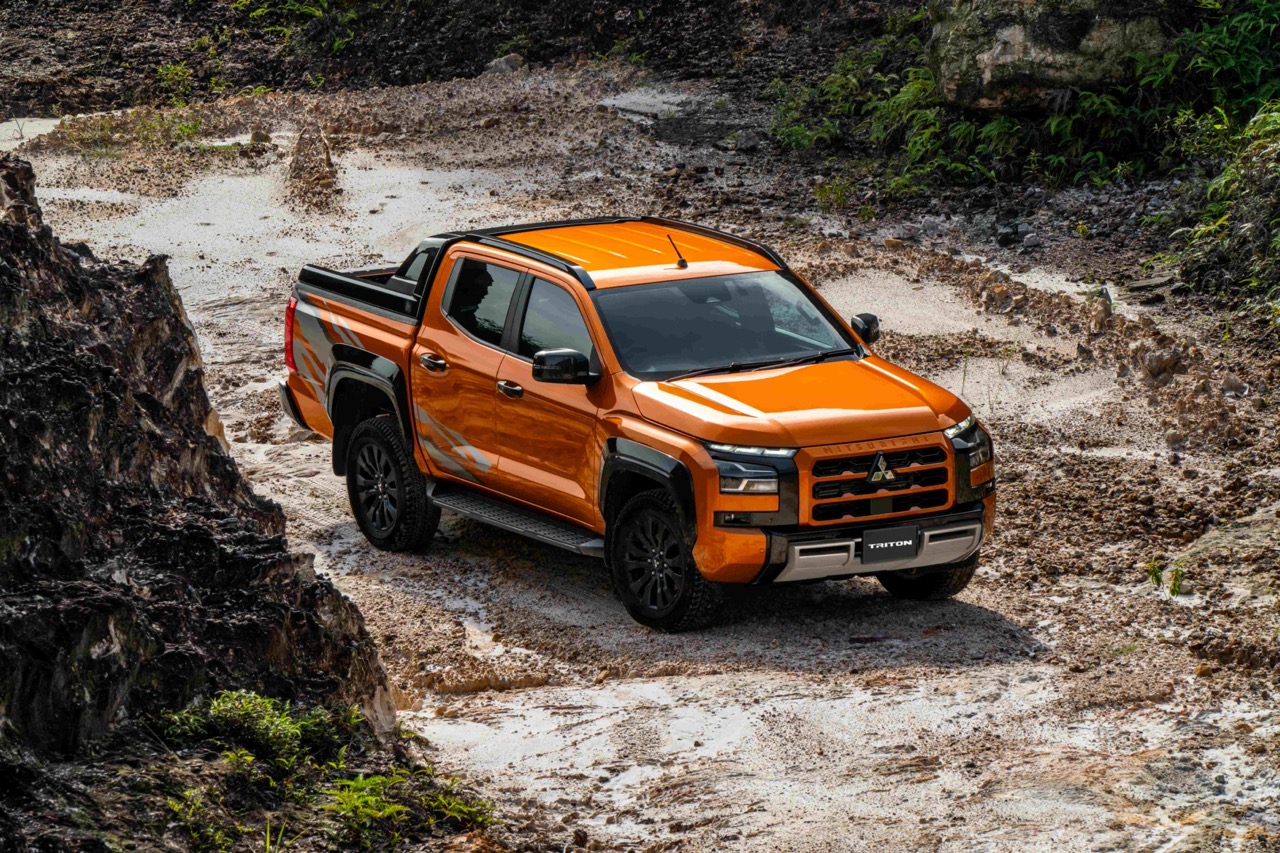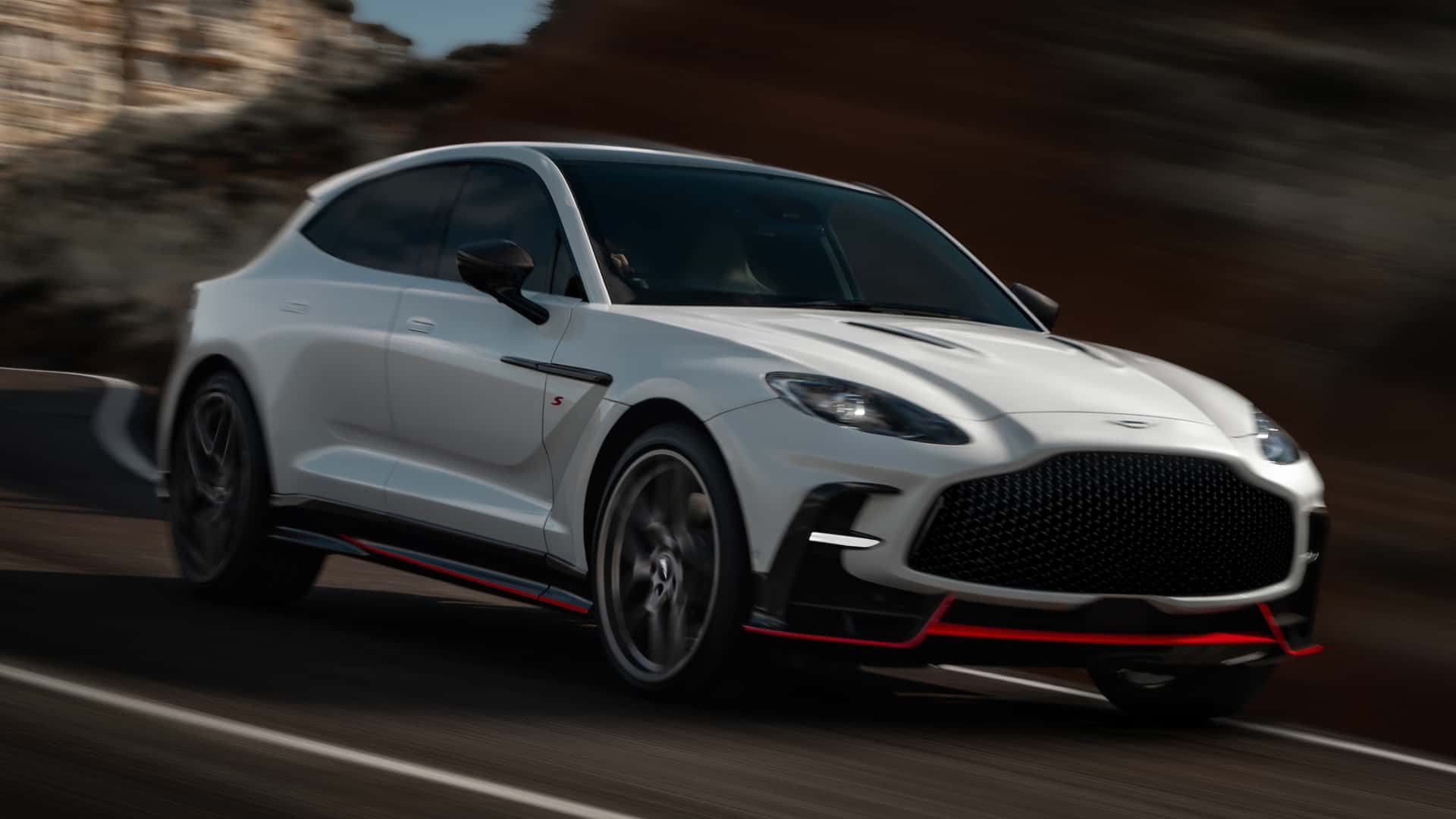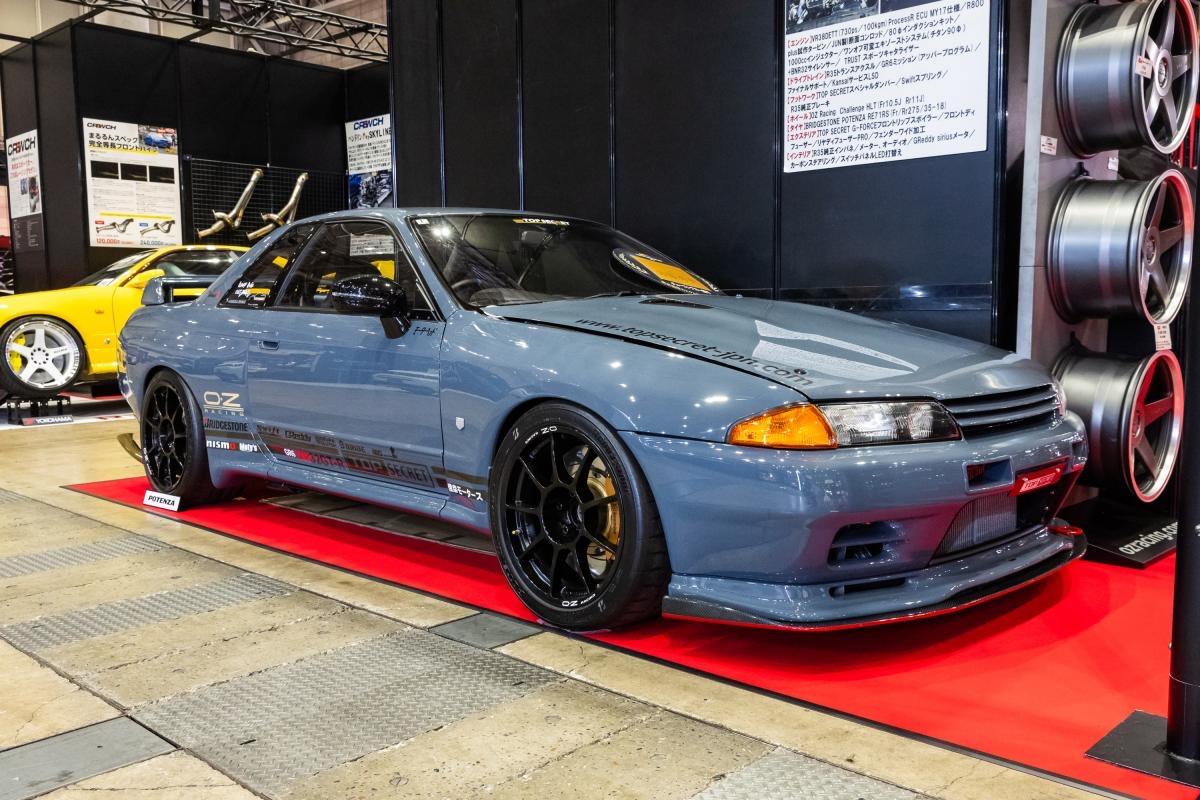Sime Darby Auto Performance (SDAP) has just launched the third generation of the Porsche Cayenne – a completely new development. It combines even more of the typical Porsche performance with excellent everyday practicality. Comfort and sportiness is taken to another level with its powerful turbo engines, new eight-speed Tiptronic S gearbox, new chassis systems and excellent connectivity.
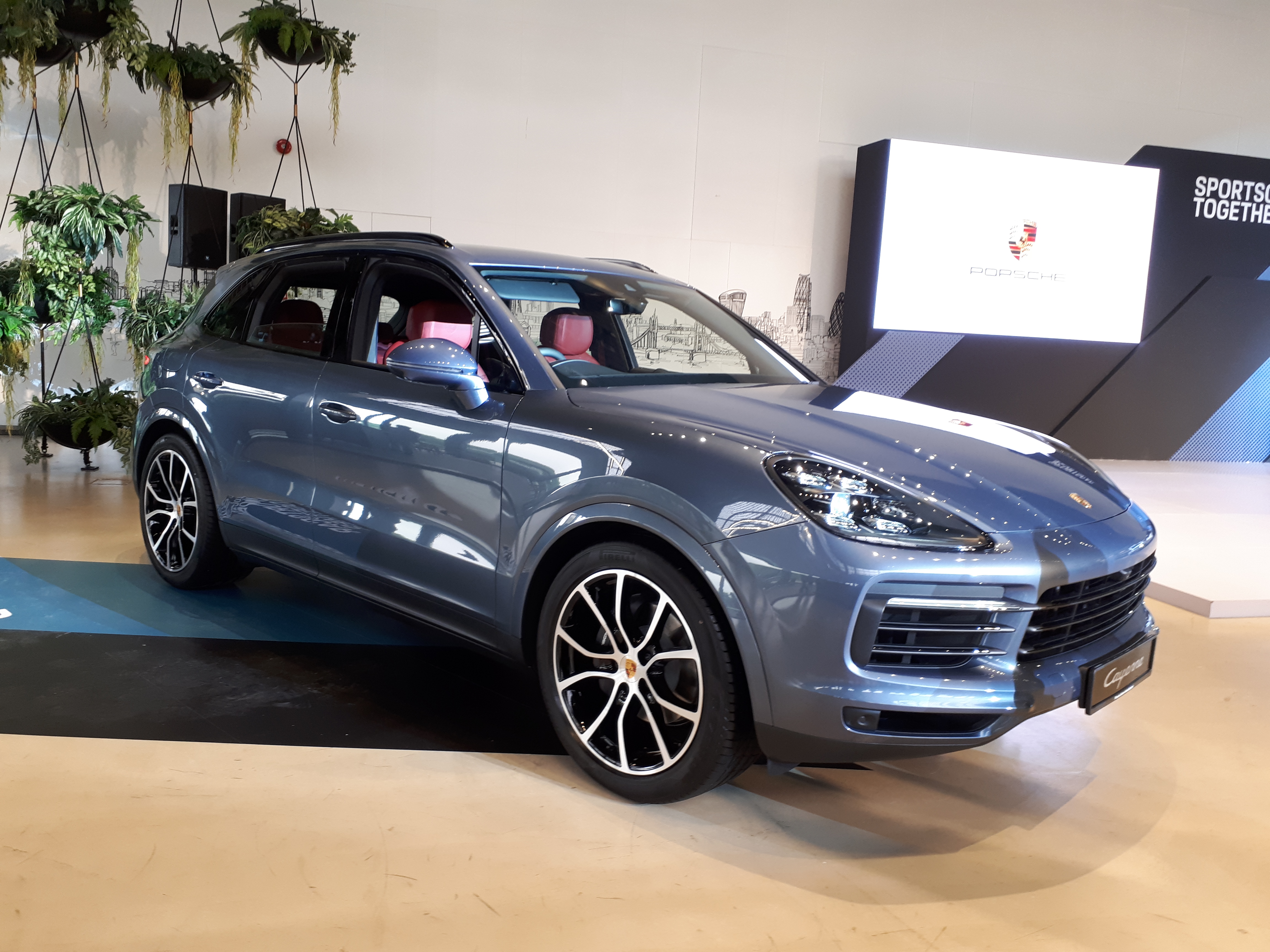
The new Cayenne is launched in two variants: the Cayenne, with a 3.0 litre V6 turbocharged engine, delivers 250 kW (340 hp) and develops 450 Nm of torque. It accelerates from zero to 100 km/h in 6.2 seconds (5.9 seconds with the Sport Chrono Package) with a maximum speed of 245 km/h. This is followed by the Cayenne S. It is powered by a 2.9-litre V6 twin-turbocharged engine, delivering 324 kW (440 hp) and 550 Nm of torque. The new Cayenne S accelerates from zero to 100 km/h in just 5.2 seconds (with Sport Chrono Package: 4.9 seconds). Up to a maximum speed of 265 km/h.
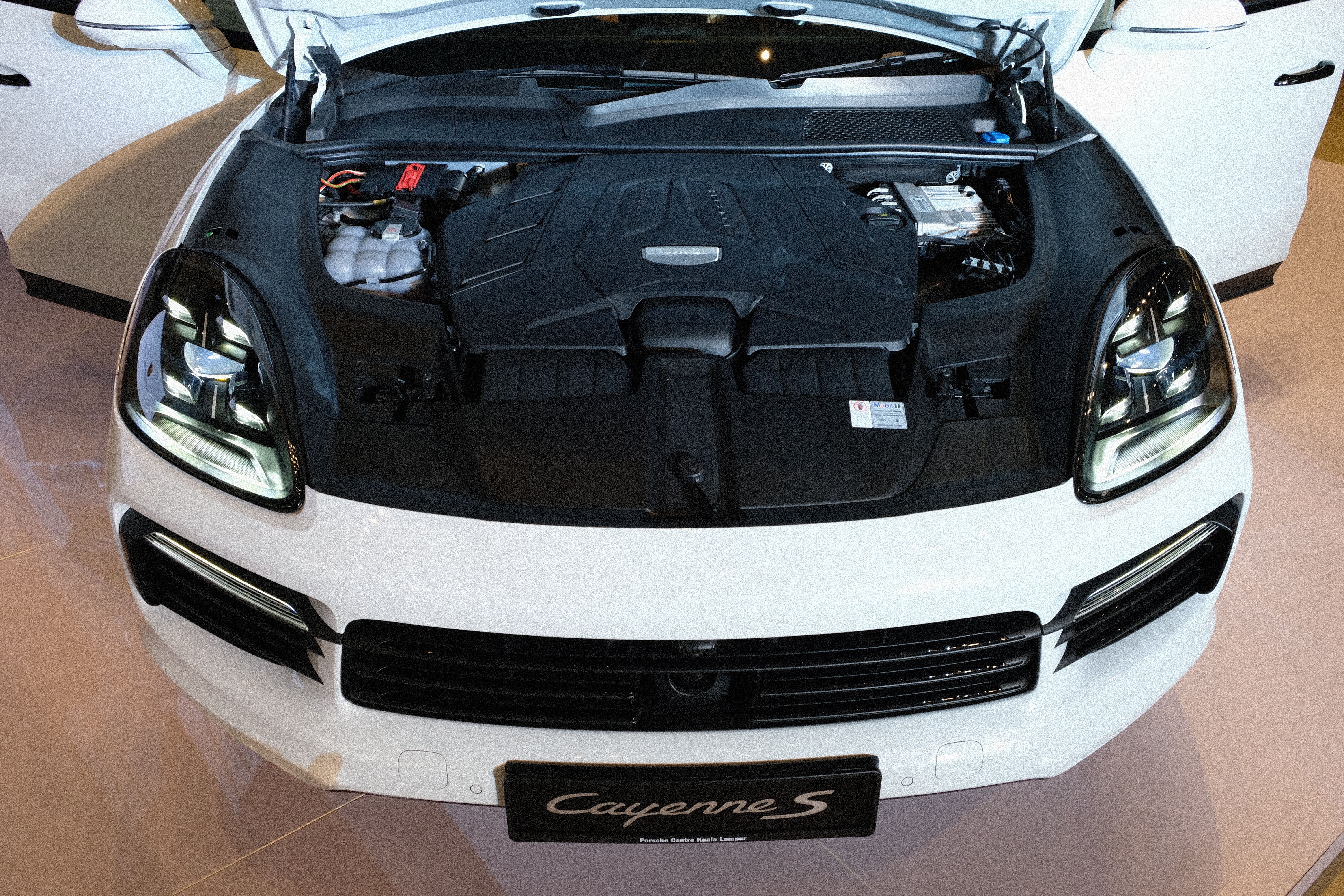
“The new Cayenne promises to be more Porsche and more Cayenne than ever. Our primary objective was to further highlight the character of the vehicle. It is now more precise, elegant, athletic and expressive. The Cayenne has also been digitalised and networked throughout by providing another level of digital connectivity to the cockpit. This is how the Cayenne makes the Porsche experience even more fascinating but remains as a genuine sports car for five,” said Arnt Bayer, Chief Executive Officer of Sime Darby Auto Performance (below).
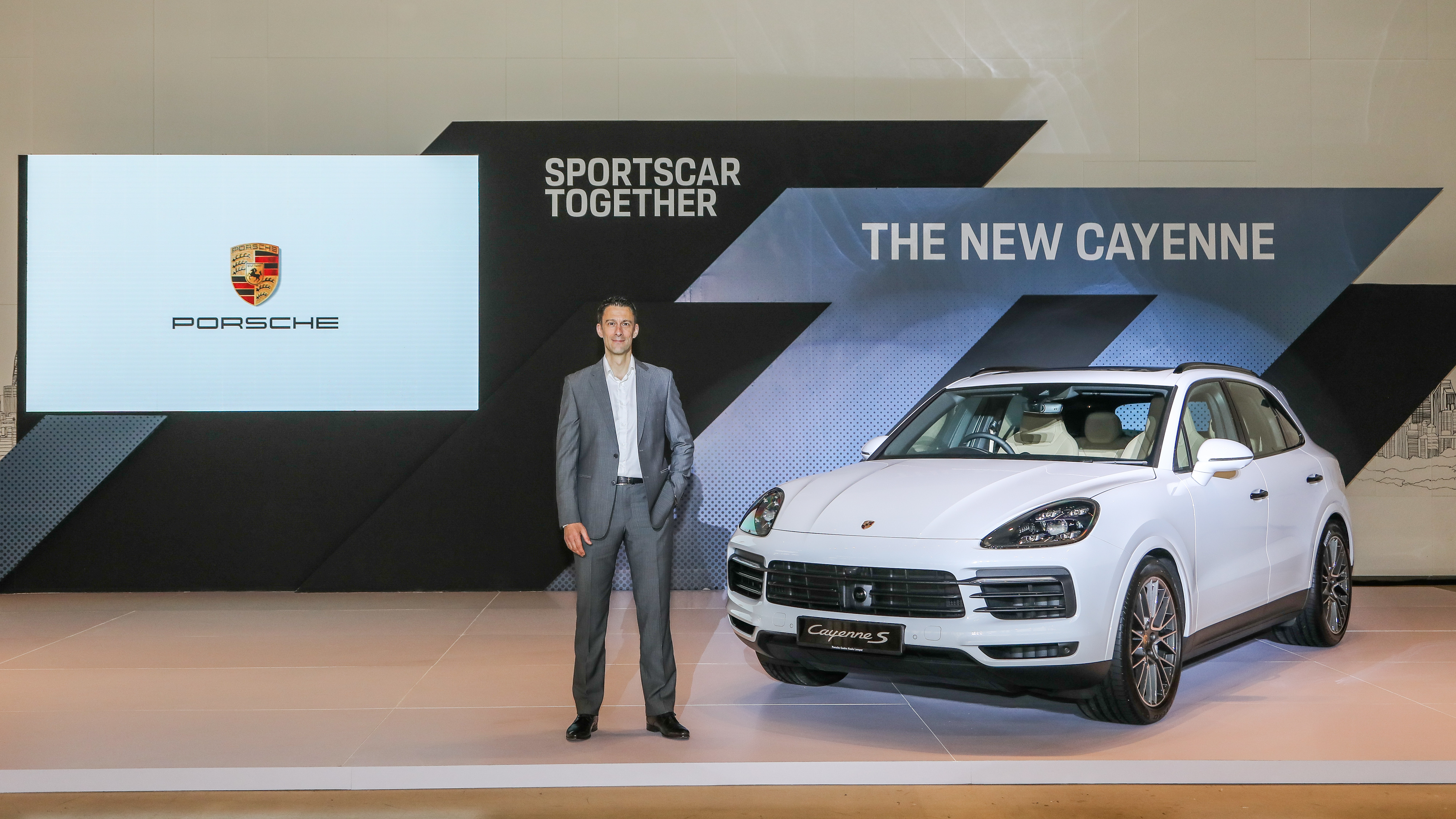
The new Cayenne is based heavily on the iconic 911 sports car: For the first time, the third generation Cayenne, which has also been enhanced visually, now has mixed tyres and rear-axle steering. In addition to these typical sports car features, the on-road capabilities are further improved by active all-wheel drive as standard, Porsche 4D Chassis Control, three-chamber air suspension and the Porsche Dynamic Chassis Control (PDCC) electronic roll stabilisation system. Despite its significantly extended standard equipment, the Cayenne weighs up to 65 kilograms less than its predecessor and remains perfectly suited to off-road use.
Here’s the official video from Porsche, with more details after it…
https://www.youtube.com/watch?v=2NRqySRKvcs
Full details on the new Porsche Cayenne…
Dynamic design language: firmer design and larger wheels
Sporty and precise with a clear design – new and yet familiar: The appearance of the Cayenne has been enhanced in the style that runs through the Porsche Design DNA. The enlarged air intakes at the front are clear indicators of the increased performance. The new horizontal light edges mean that the SUV now appears wider and more athletic, even when stationary. With an exterior length increased by 63 millimetres without any change to the wheelbase (2,895 millimetres) and a roof height reduced by nine millimetres compared with its predecessor, the elegant, streamlined impression of the Cayenne, which is 4,918 millimetres long and 1,983 millimetres wide (excluding mirrors), has been noticeably enhanced. The luggage compartment volume is now 770 litres – an increase of 100 litres. The wheels are one inch larger in diameter, with larger wheels and tyres on the rear axle for the first time, emphasising the enhanced driving dynamics. The distinctive, three-dimensional Porsche logo spans the redesigned rear lights with three-dimensional light design and end-to-end narrow strip of LEDs.
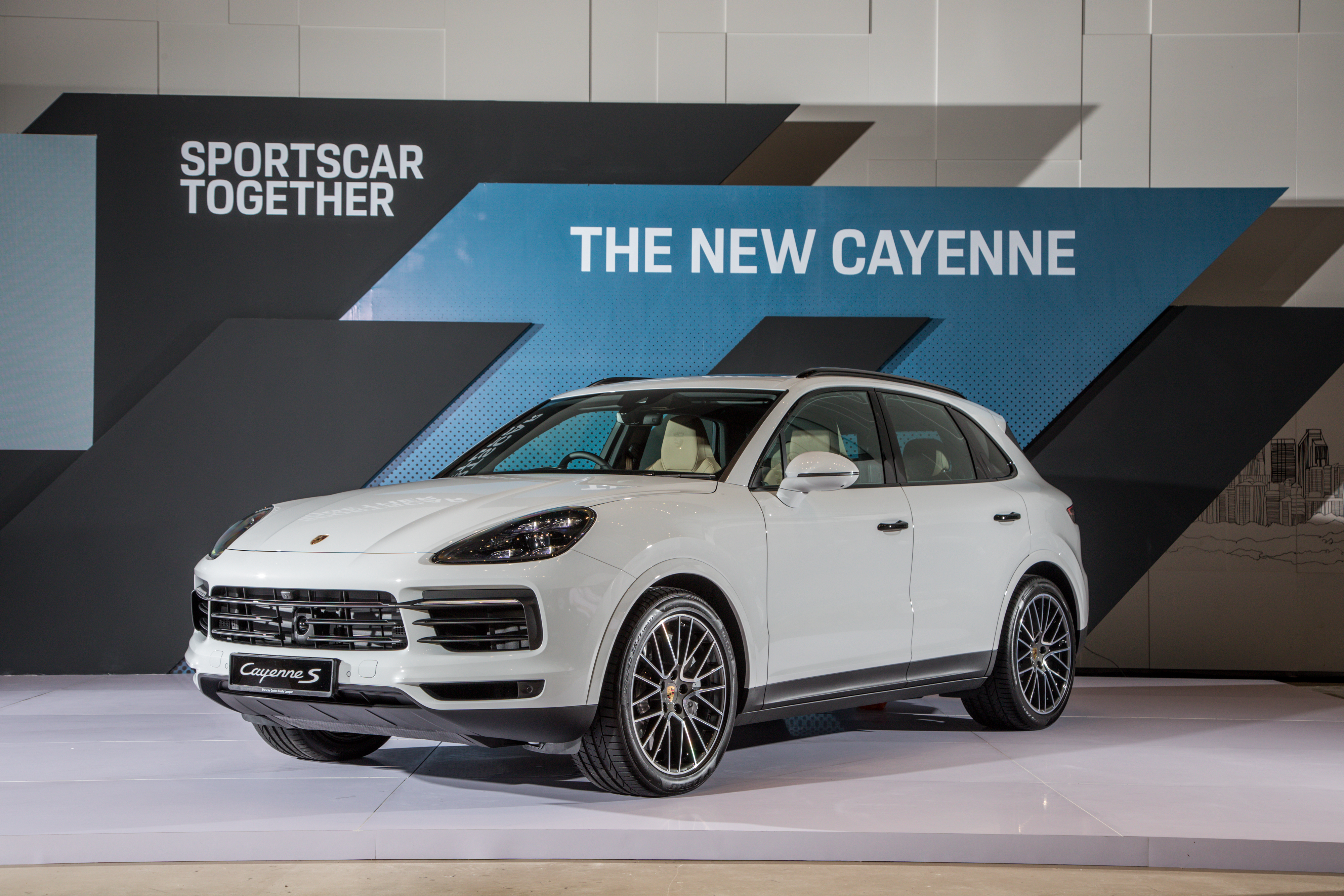
Porsche is offering a new three-stage lighting concept for the headlights: Every Cayenne is fitted with LED headlights as standard. In the next upgrade, the Porsche Dynamic Light System (PDLS) can be selected as an option, offering a variety of light modes such as cornering light and motorway light. The new LED main headlights with matrix beam including PDLS Plus are the best system available. Fully variable light distribution and intensity are enabled by 84 individually activated light-emitting diodes. This means that the Cayenne can offer new functions such as high beam that does not glare opposing traffic, as well as adaptive sign glare control.
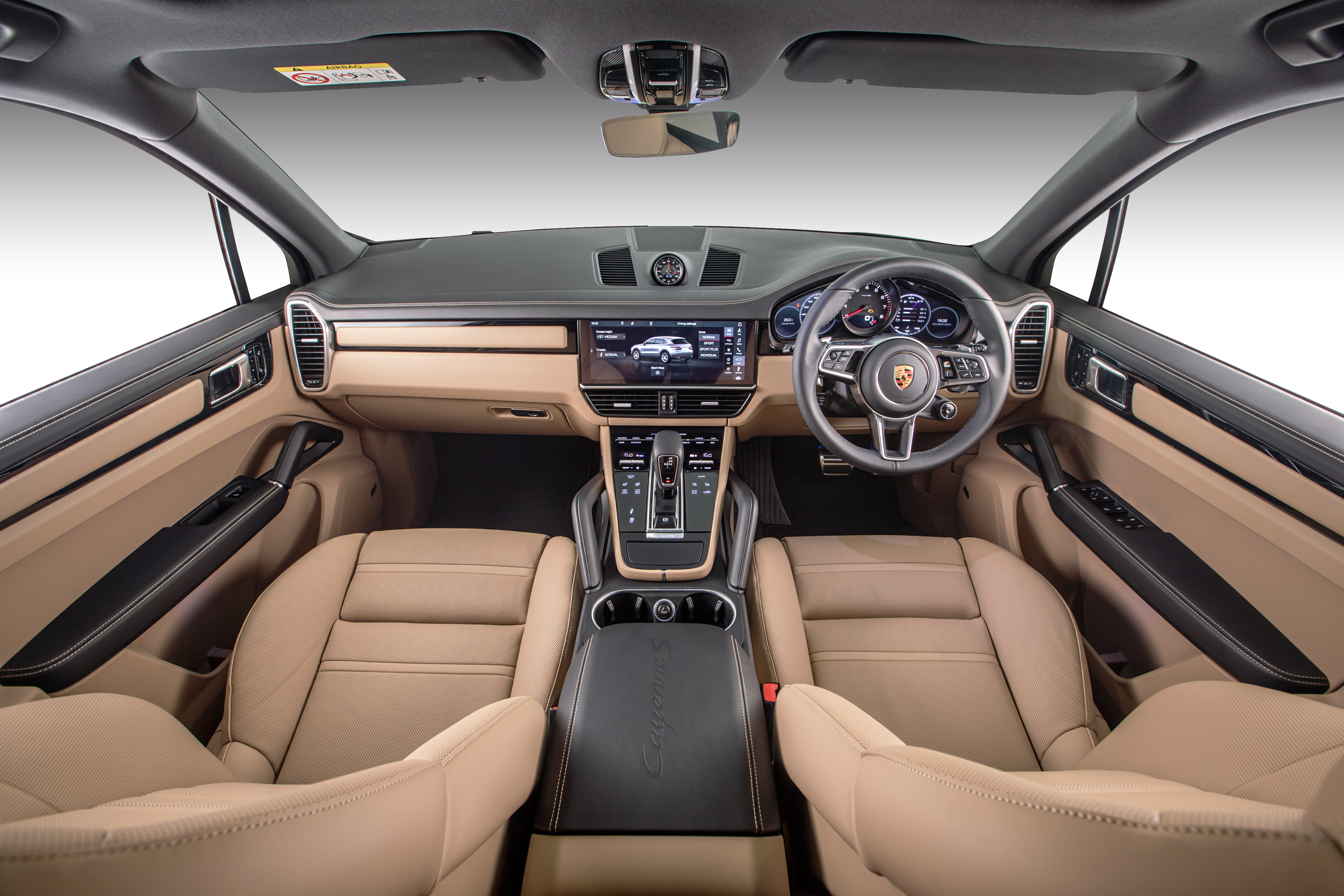
Faster on the road, even more impressive on rough terrain: Tiptronic S and PTM
The Cayenne’s expanded performance range, improving both sportiness and comfort, is due in no small part to the new eight-speed Tiptronic S gearbox. Shorter response times and sportier ratios in the lower gears enhance both on-road performance and off-road capability. At the other end of the expanded spread between comfort and sportiness, the long-transmission eighth gear ensures low torques, optimised fuel consumption and relaxed driving.
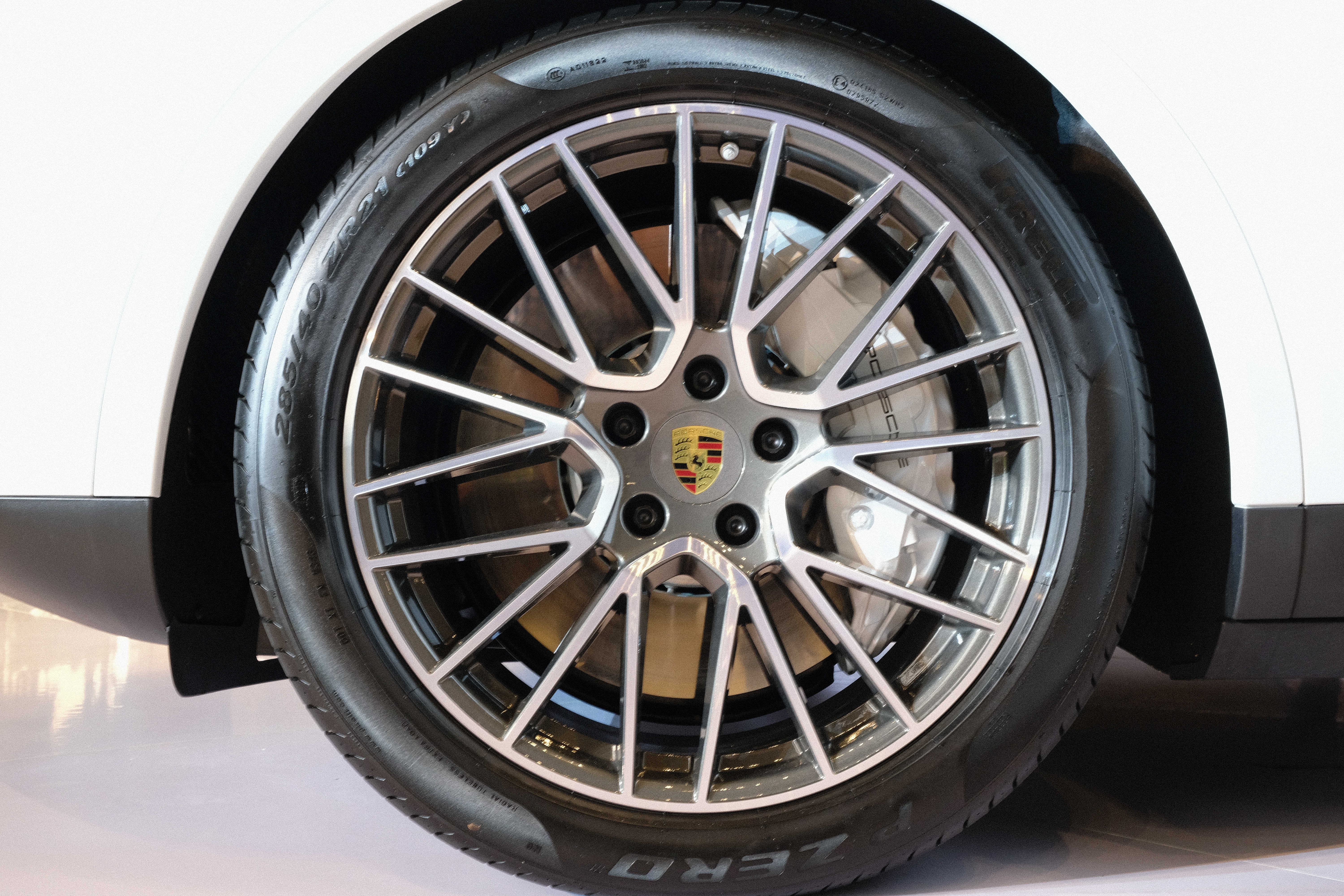
Even on rough terrain, the Cayenne provides straightforward driving pleasure. Programmed off-road modes make it easy for the driver to select the right setup for their drive. The default setting is the Onroad programme. Four other modes activate the conditioning for mild off-road terrain: Mud, Gravel, Sand or Rocks. The drive, chassis and differential locks can be selected to adapt to the relevant scenario. For power distribution, Porsche utilises the active all-wheel drive in all Cayenne models. The intelligent, fully variable Porsche Traction Management (PTM) distributes the driving force between the drive axles. Its hang-on concept is a key principle for the excellent sporting performance of the Cayenne. At the same time, it fulfils all requirements for extensive traction on rough terrain.
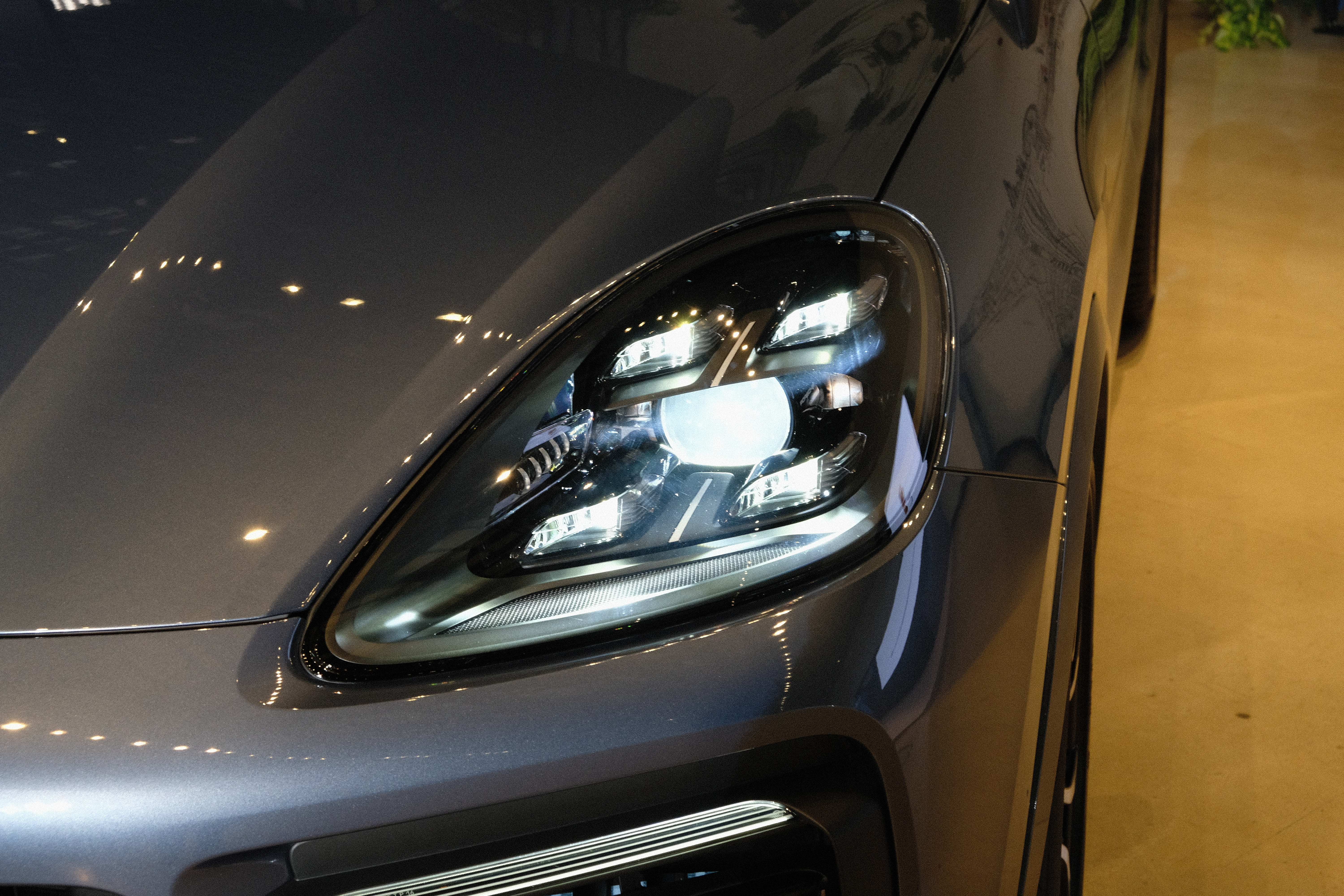
Following the 911: lightweight chassis with mixed tyres
The new Cayenne combines three chassis concepts in one new design: sports car, off-roader and touring car. This involved developing a new lightweight chassis base with a front axle featuring a separated link design and a multi-link rear axle. A typical sports car feature is the new mixed tyres, which are now on wheels of at least 19 inches. The mixed tyres improve stability and driving dynamics on bends. Porsche offers wheel sizes up to 21 inches as an option for the Cayenne.
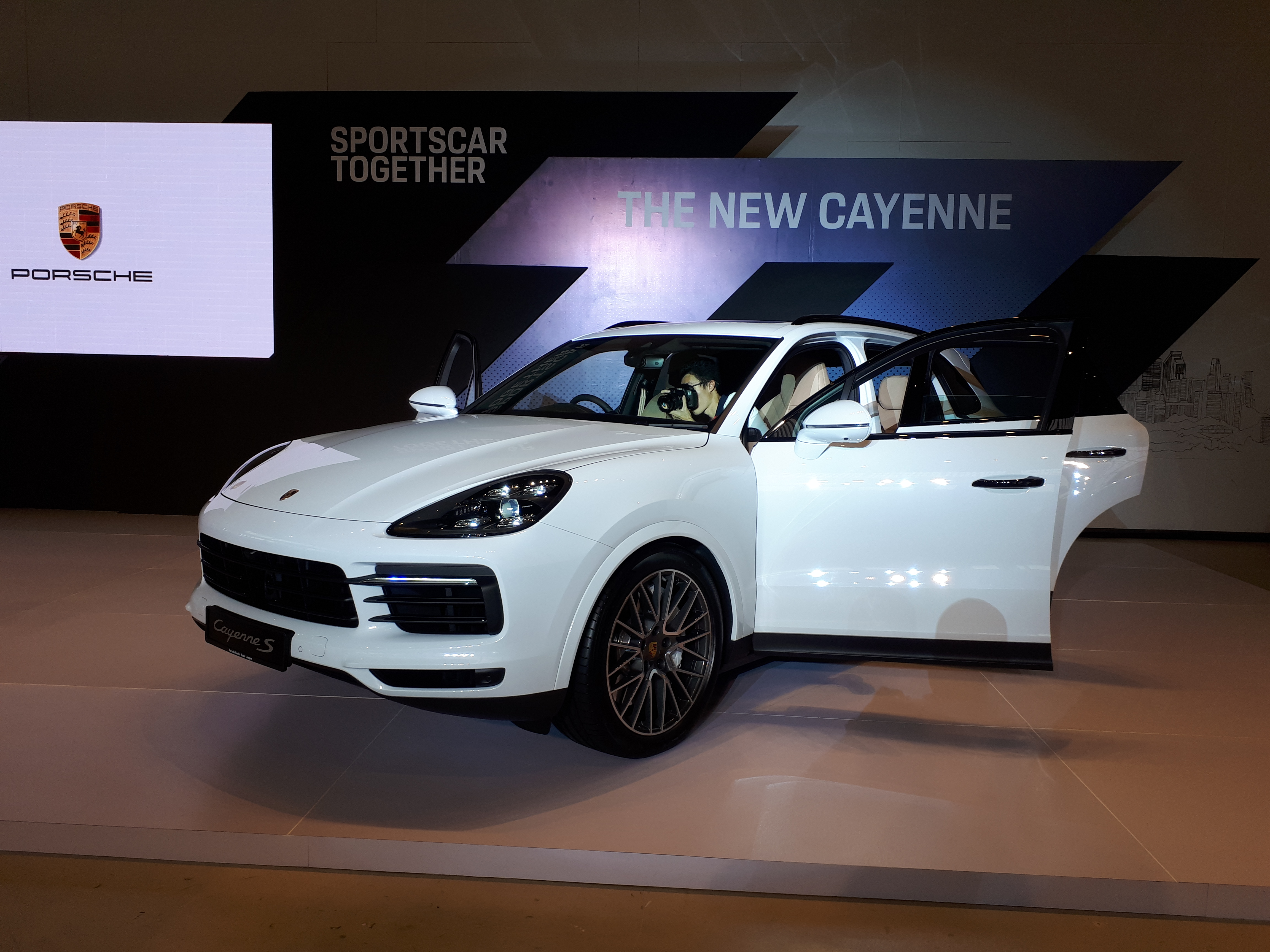
New developments: rear-axle steering, air suspension, roll stabilisation
This format provides the optimal basis for the active chassis systems, which are analysed and synchronised by the integrated Porsche 4D Chassis Control system. The system works in real time, optimising handling even further. With the exception of the active PASM damper system (as standard with the Cayenne S), all other chassis systems are new developments. For the first time, the Cayenne is available with electric rear-axle steering. The system, tried and tested both in the 911 and the Panamera, improves agility on bends and stability when changing lanes at high speeds. The reduced turning circle also makes everyday handling of the SUV easier.
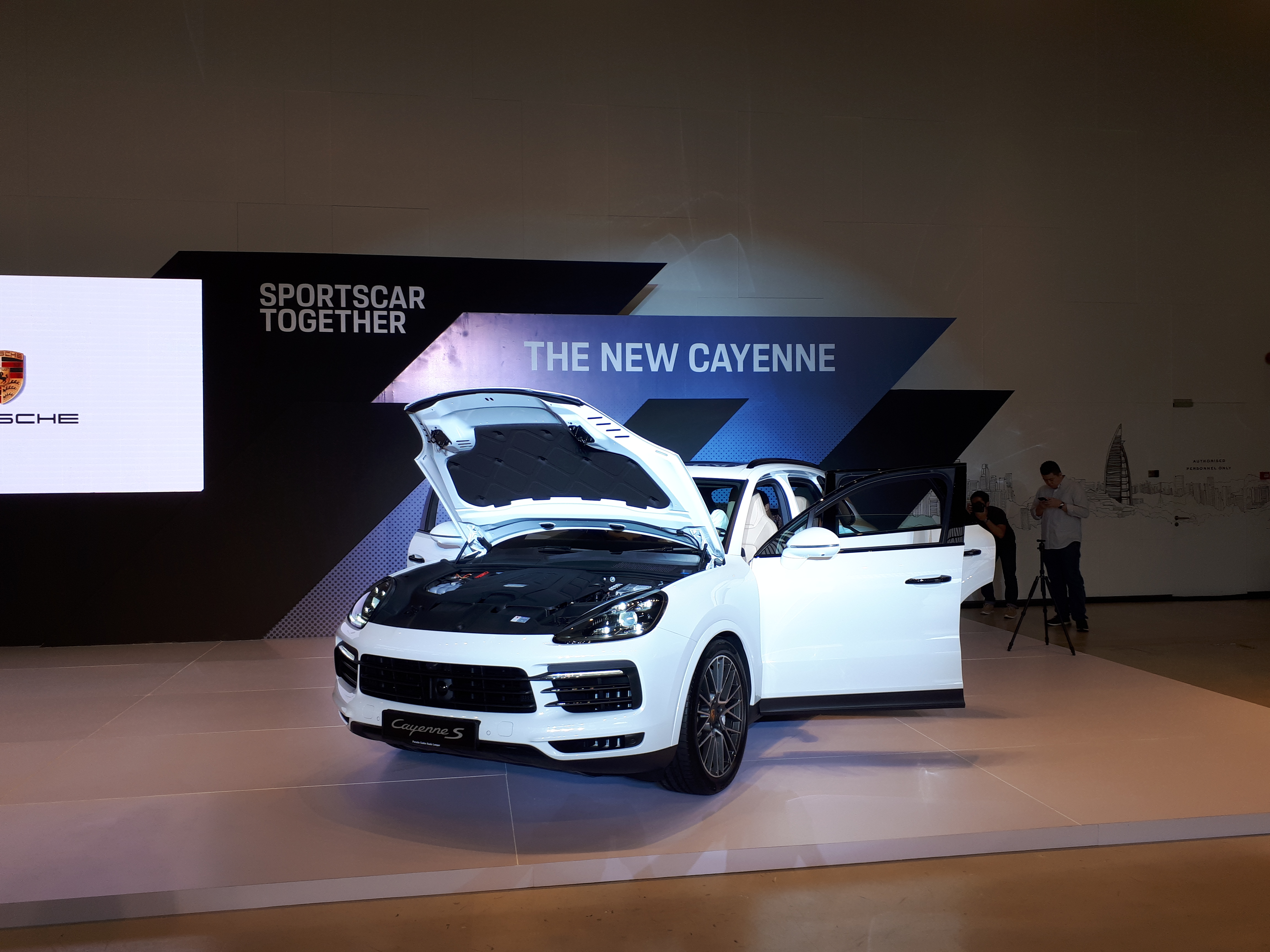
The optional adaptive air suspension with new three-chamber technology significantly increases the spread between a sporty, firm connection and the driving comfort expected of a touring car. Just as before, the system enables adjustments to the ground clearance on rough terrain. With the optional Porsche Dynamic Chassis Control (PDCC) roll stabilisation, sporty drivers benefit by changing from a hydraulic to an electric system. This switch is made possible by a powerful 48-volt vehicle electrical system. Shorter response times enable even more precision in the driving dynamics – and even more comfort on moderate drives.
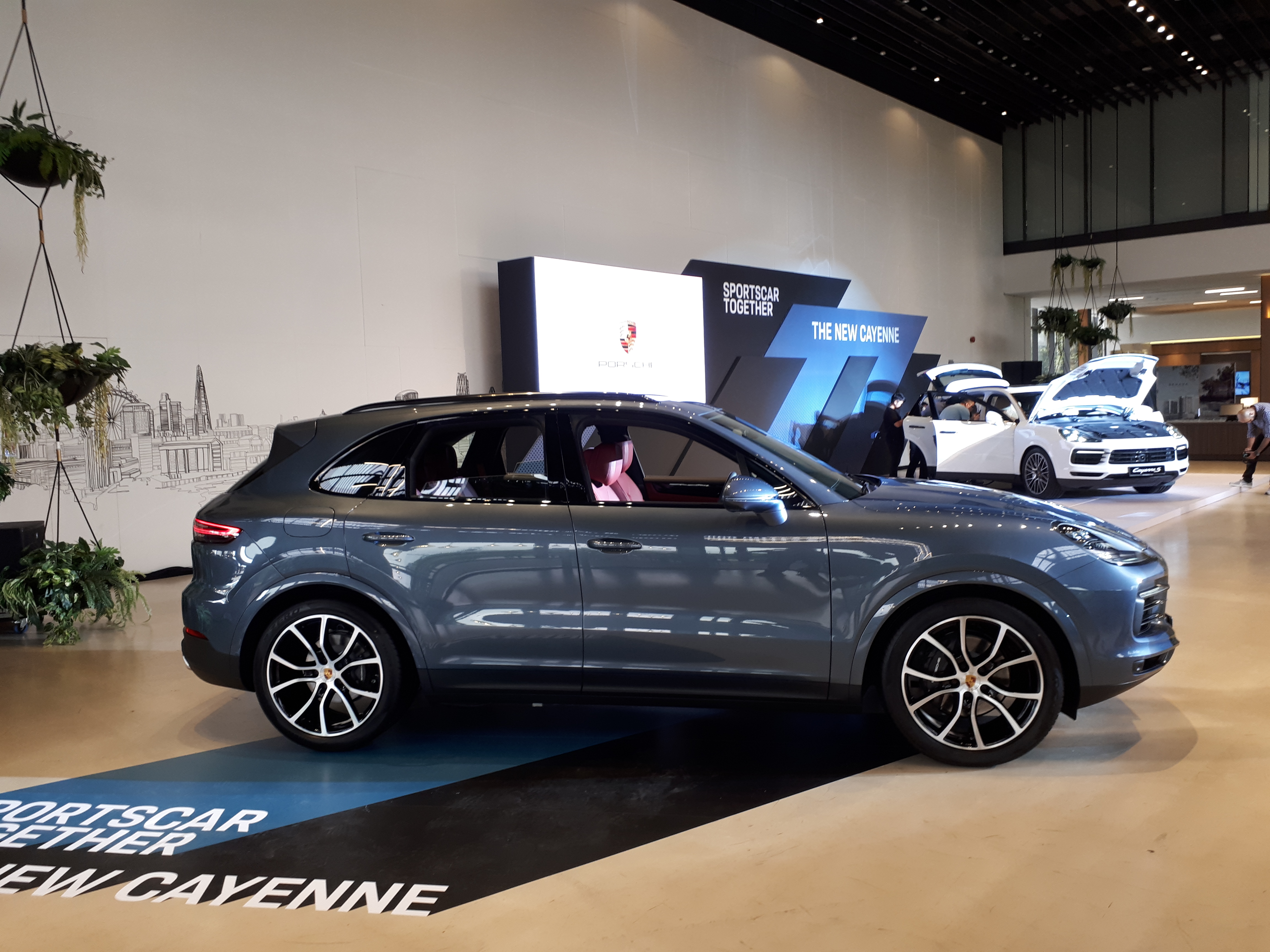
Porsche Surface Coated Brake with tungsten-carbide layer
With the innovative Porsche Surface Coated Brake (PSCB), the sports car manufacturer is once again assuming a pioneering role in the development of high-performance brakes. This world first is available as an option for all Cayenne models and consists of a cast iron disc with a tungsten-carbide coating. This finish increases the friction values and wear and brake dust are reduced. The brake, exclusive to Porsche, is also visually impressive: The brake callipers are painted white, while the surface of the discs develops a unique gloss level after bedding-in. The PSCB is only available in combination with the 20-inch or 21-inch wheels. The PCCB ceramic brakes remain the top system in the range.
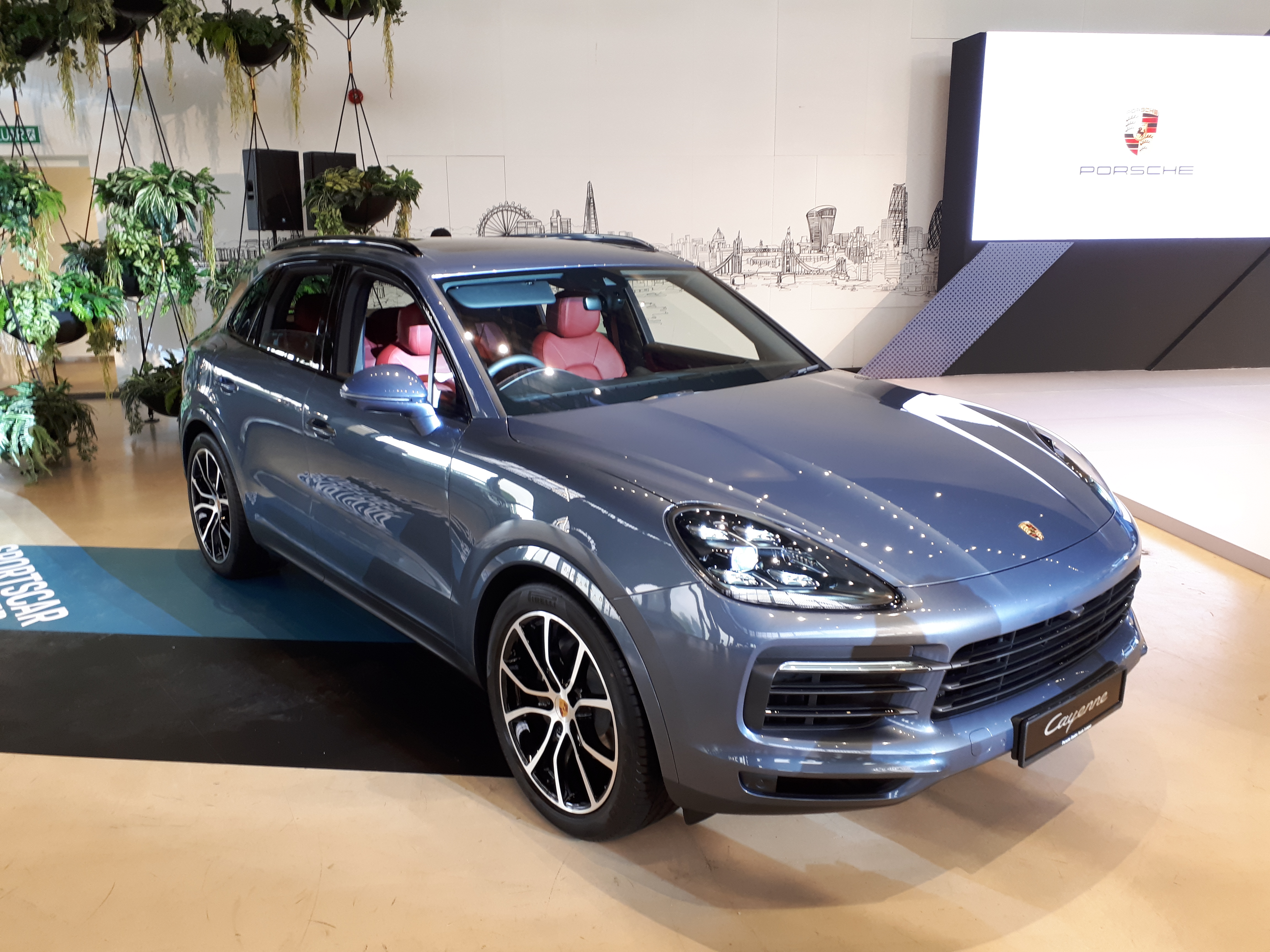
New Sport Chrono Package with PSM Sport
The new Cayenne offers even more potential when it comes to sporty performance. Porsche has redeveloped the Sport Chrono Package based on the model of the sports car. The MODE switch button on the steering wheel is one clear indicator of this approach. As well as the Normal, Sport and Sport Plus driving modes, the driver can select an individually configurable mode. Pressing the Sport Response button in the centre activates the engine and transmission maps, which are calibrated for maximum performance. The Sport Chrono Package also includes a separate PSM Sport mode, in which the driver can utilise the new Cayenne’s full driving dynamics.
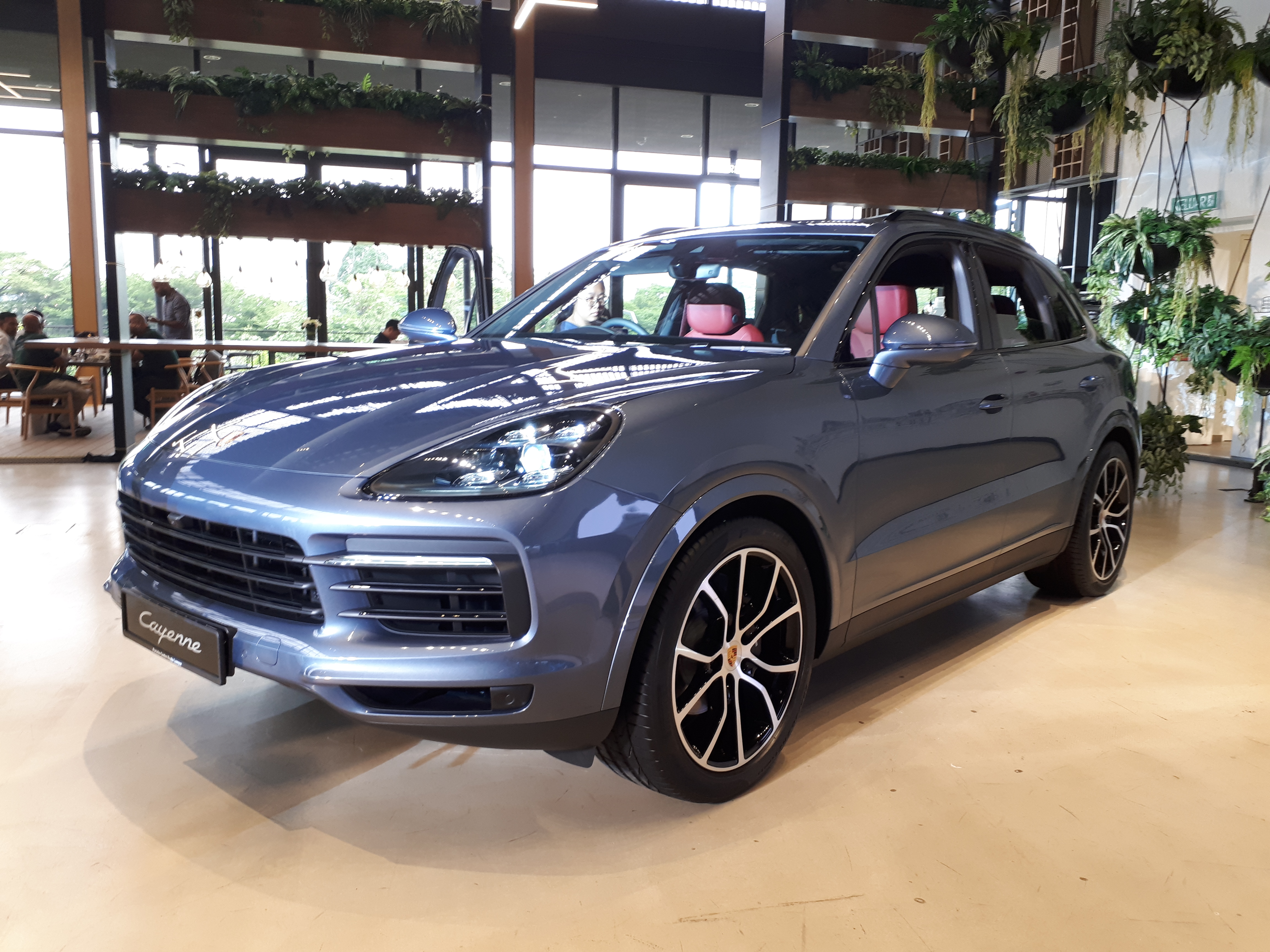
Reduced weight means lower fuel consumption and even more driving pleasure
Sports cars need a lightweight construction. Following the 911 and the Panamera, the new body of the Cayenne also uses an intelligent combination of alloy and steel. The exterior is made entirely of aluminium. The floorpan assembly, front section and virtually all the chassis components are also manufactured from alloy. One particular technical highlight is the innovative lithiumion polymer starter battery, which alone accounts for a weight saving of 10 kg over the predecessor model. In total, the weight of the Cayenne when empty has been reduced from 2,040 to 1,985 kilograms – even in spite of the significantly extended standard equipment, which now includes LED main headlights, larger wheels, ParkAssist (front and rear).
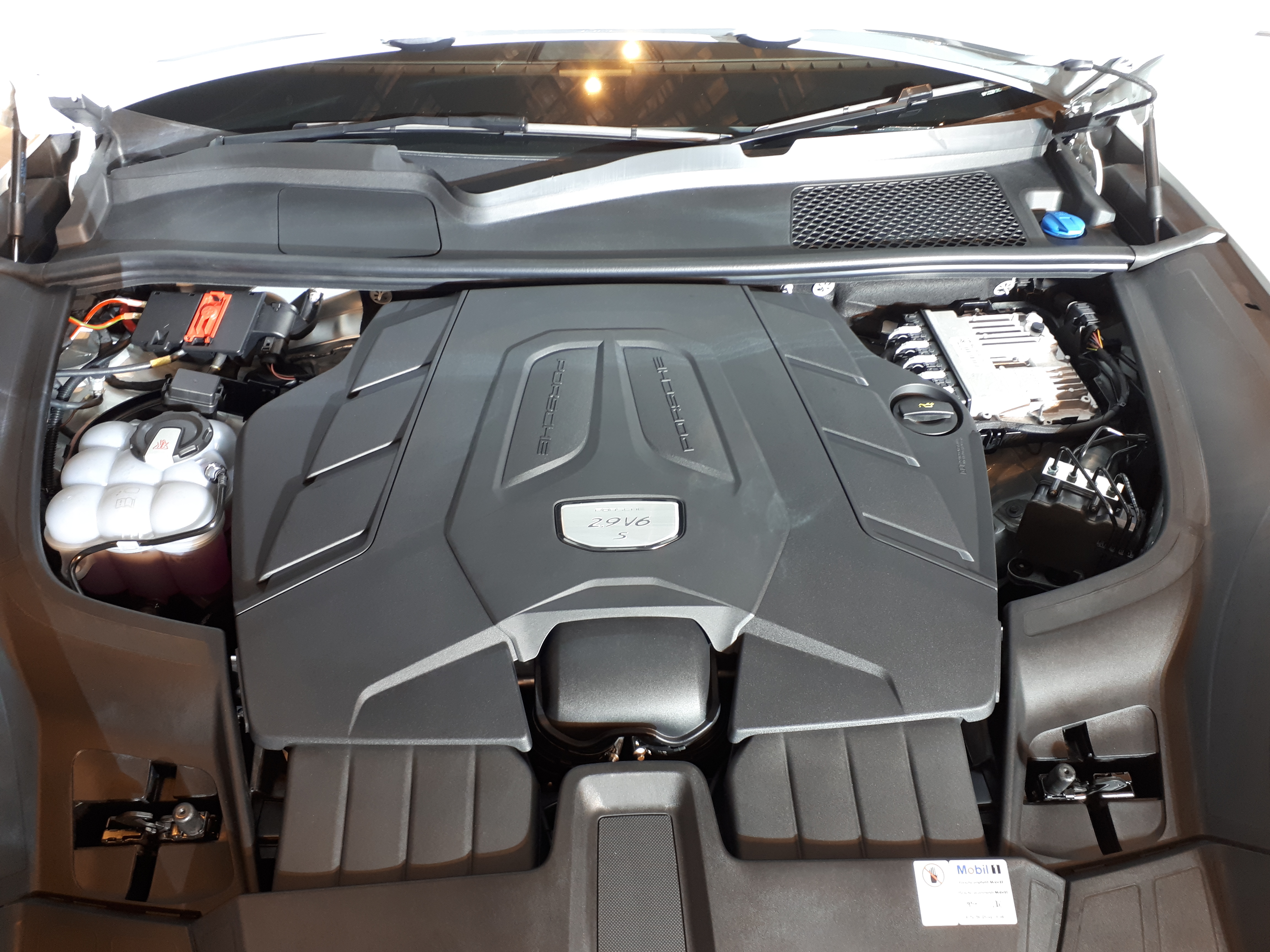
Digital evolution: Porsche Advanced Cockpit and new PCM
With this new generation, the Cayenne is writing a new chapter in the relationship between driver and vehicle: The Porsche Advanced Cockpit is fully integrated into the sporty, luxurious atmosphere. At the heart of the new display and control concept from Porsche is the 12.3-inch full-HD touchscreen from the latest generation of Porsche Communication Management (PCM), launched last year with the new Panamera. A range of digital functions can be operated intuitively – including by voice control. The analogue controls on the new centre console are focused on the main functions of the vehicle. Other buttons are harmoniously integrated into the smartphone-like, glass-look touch surface, giving acoustic and haptic feedback when operated. In typical Porsche style, the driver has a central analogue tachometer to view. This is flanked by two 7-inch full-HD displays, which display all other relevant driving data plus additional information selected using the multi-function steering wheel.
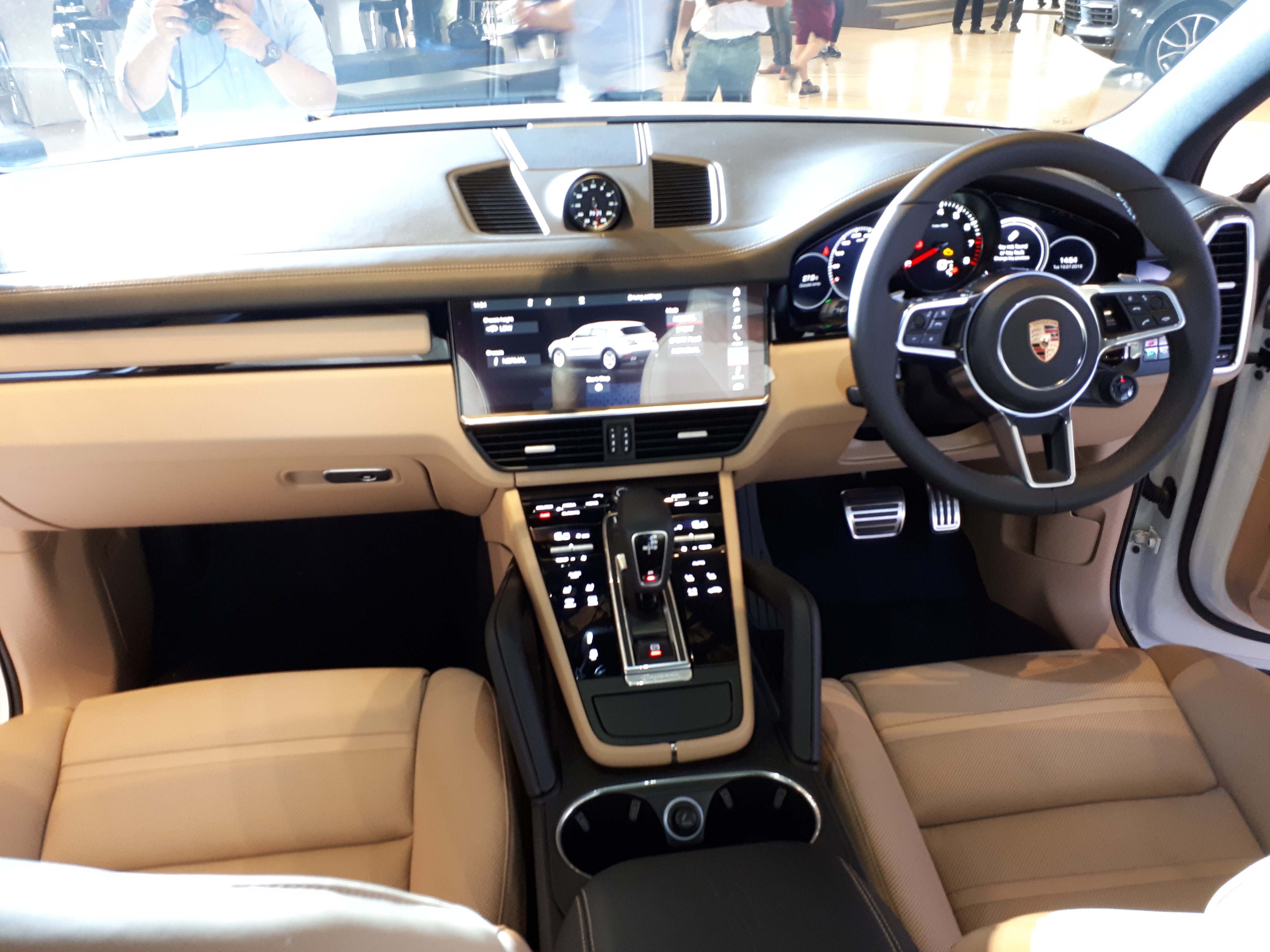
Your personal Cayenne with more customisation
At the same time, the new PCM brings the next level of customisation. It is not only the start screen and main menu that can be adjusted to the driver’s needs. Up to six individual profiles can also be configured. As well as a large number of interior settings, a profile is used to store specifications for lights, driving programmes and assistance systems. Depending on the equipment, the driver can also apply their own settings to the new sound systems from Bose® and Burmester®.
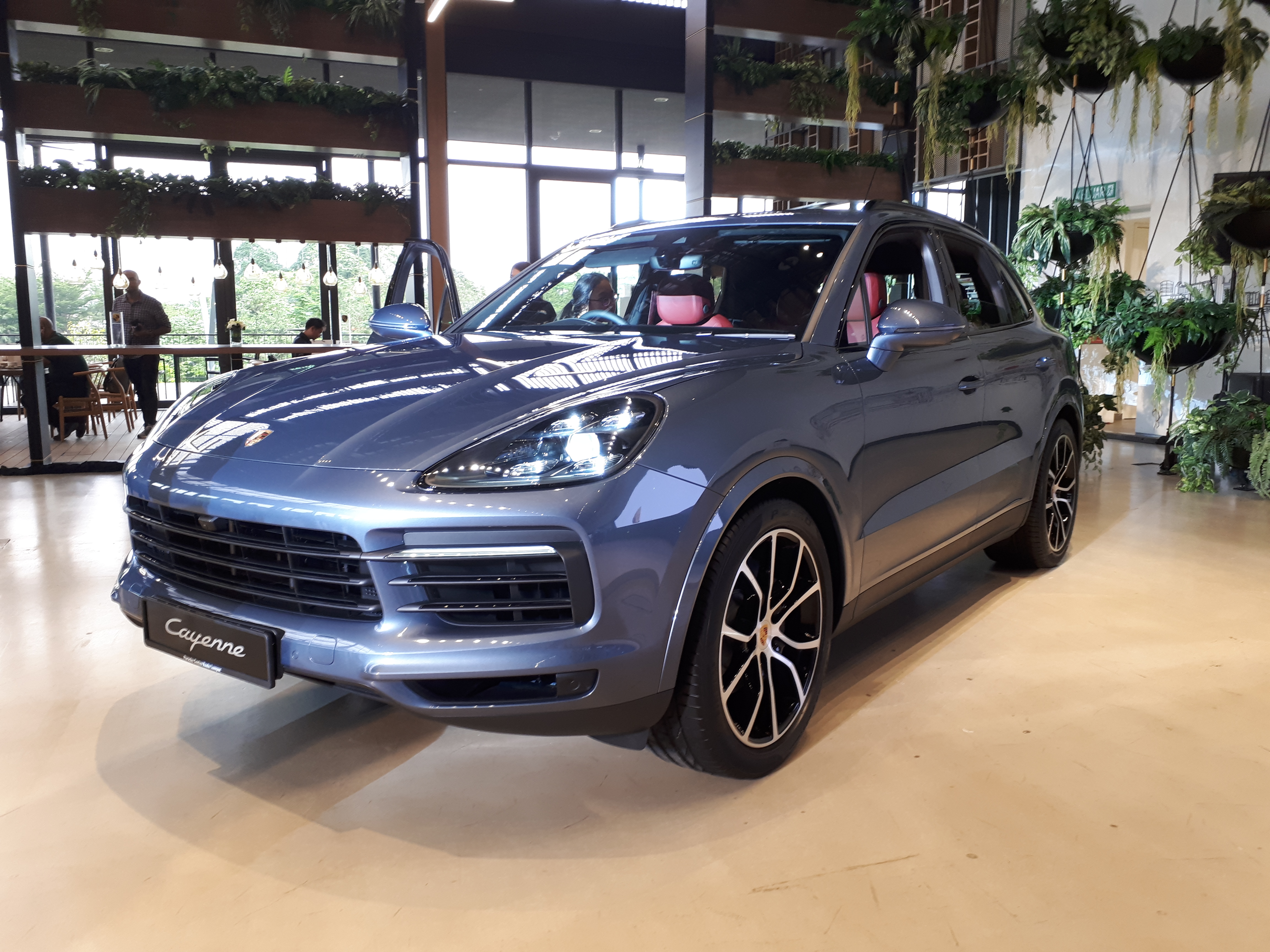
The retail base price with zero-rated GST for the new Cayenne and Cayenne S starts from RM745,000 and RM887,000 respectively. All Porsche cars sold by SDAP come with a four-year warranty and free maintenance package which includes complimentary service, parts and labour. The stated price includes all applicable duties, except registration fee, road tax and insurance. Specifications and prices are subject to change without prior notice. The zero-rated pricing will only be applicable for models delivered before 31 August 2018.
Porsche Cayenne Launch Photo Gallery…





